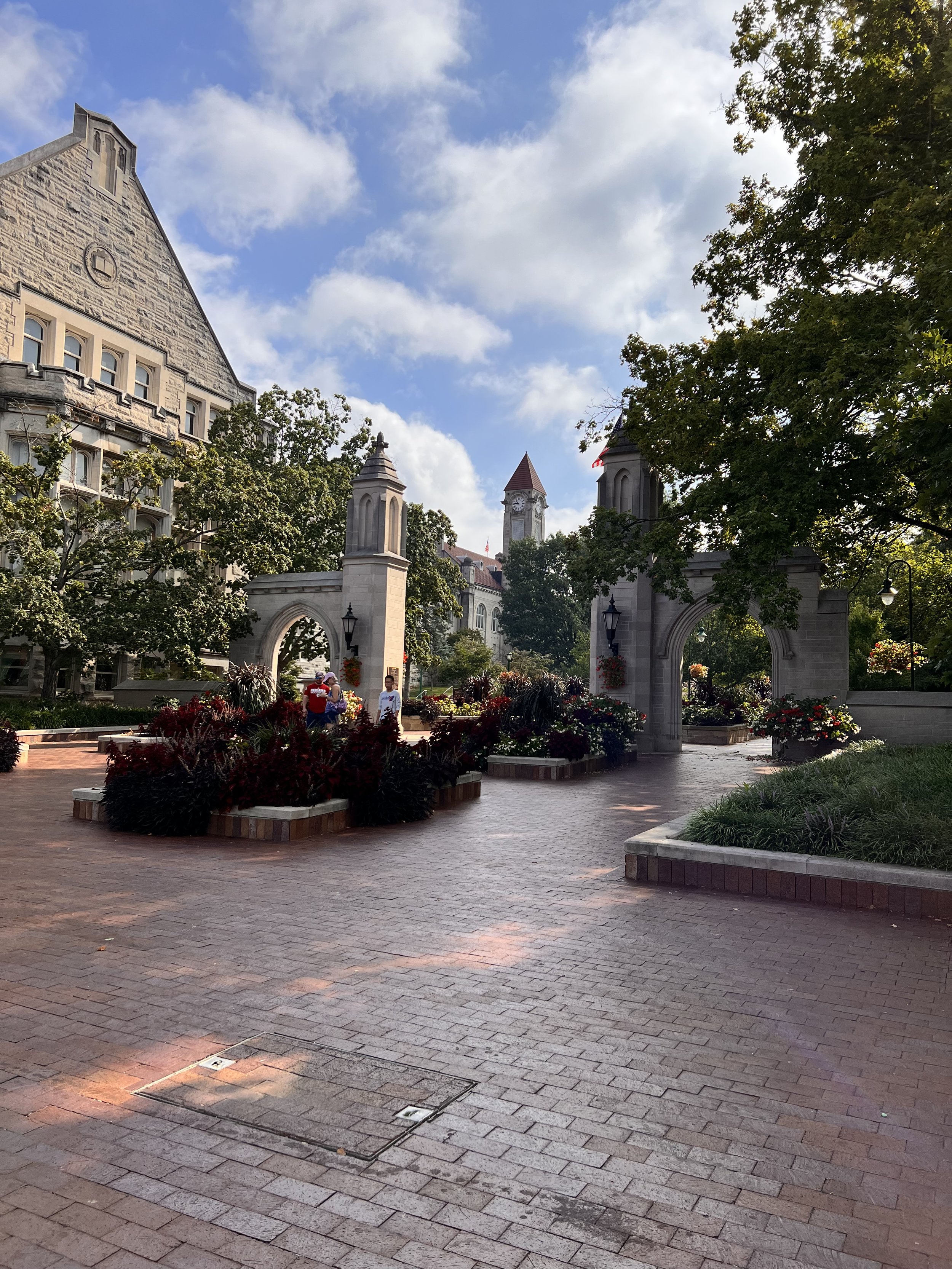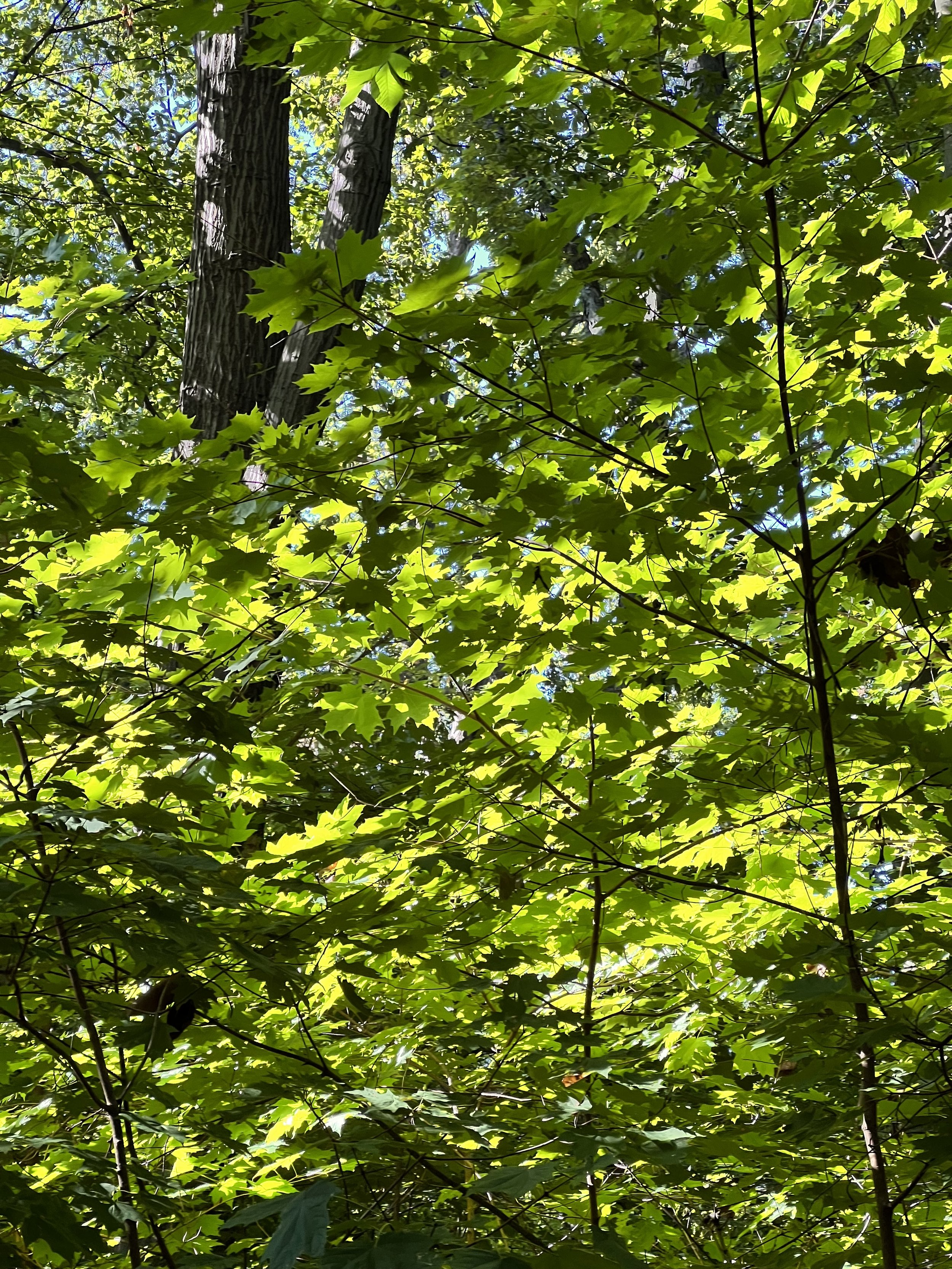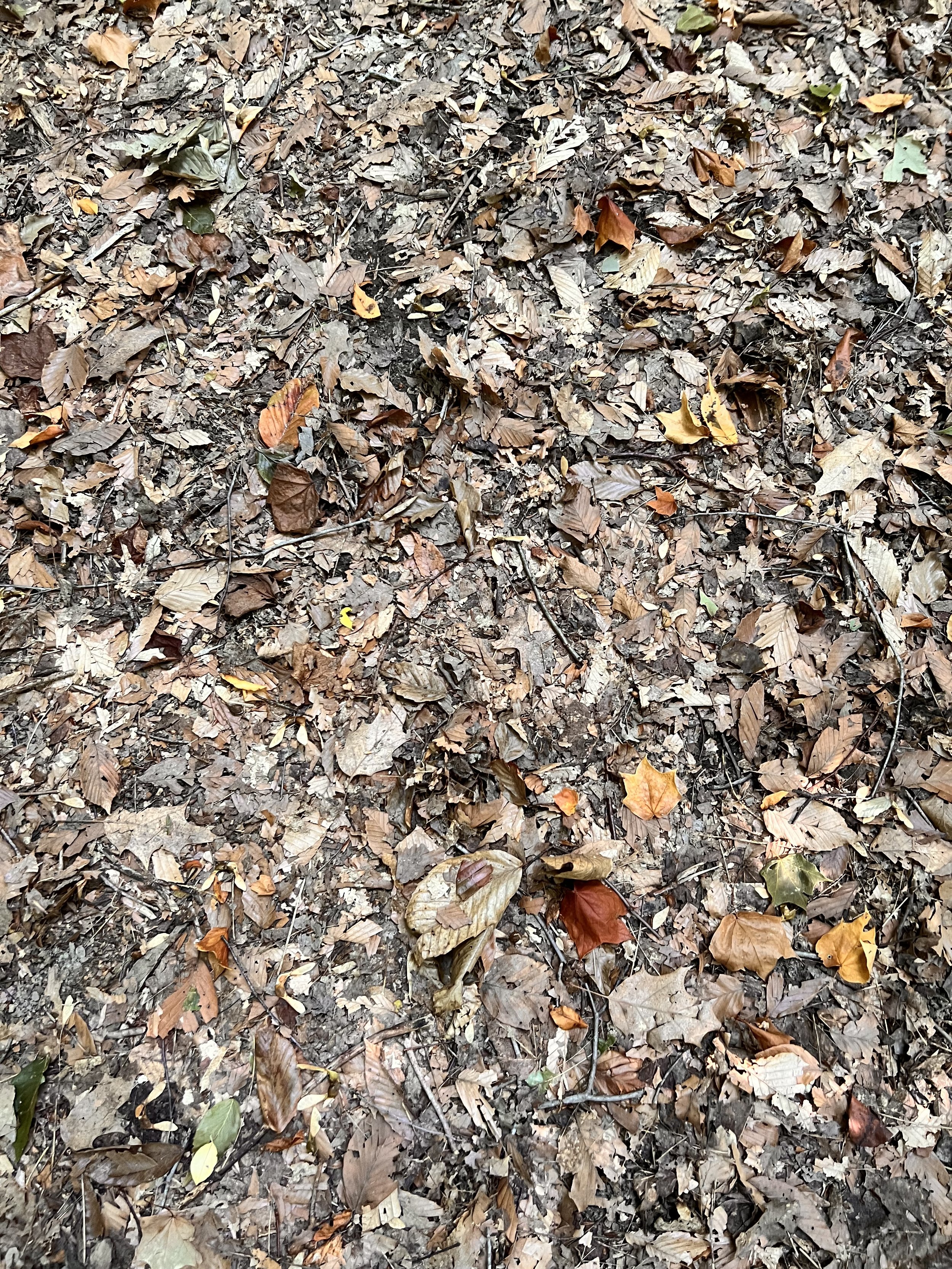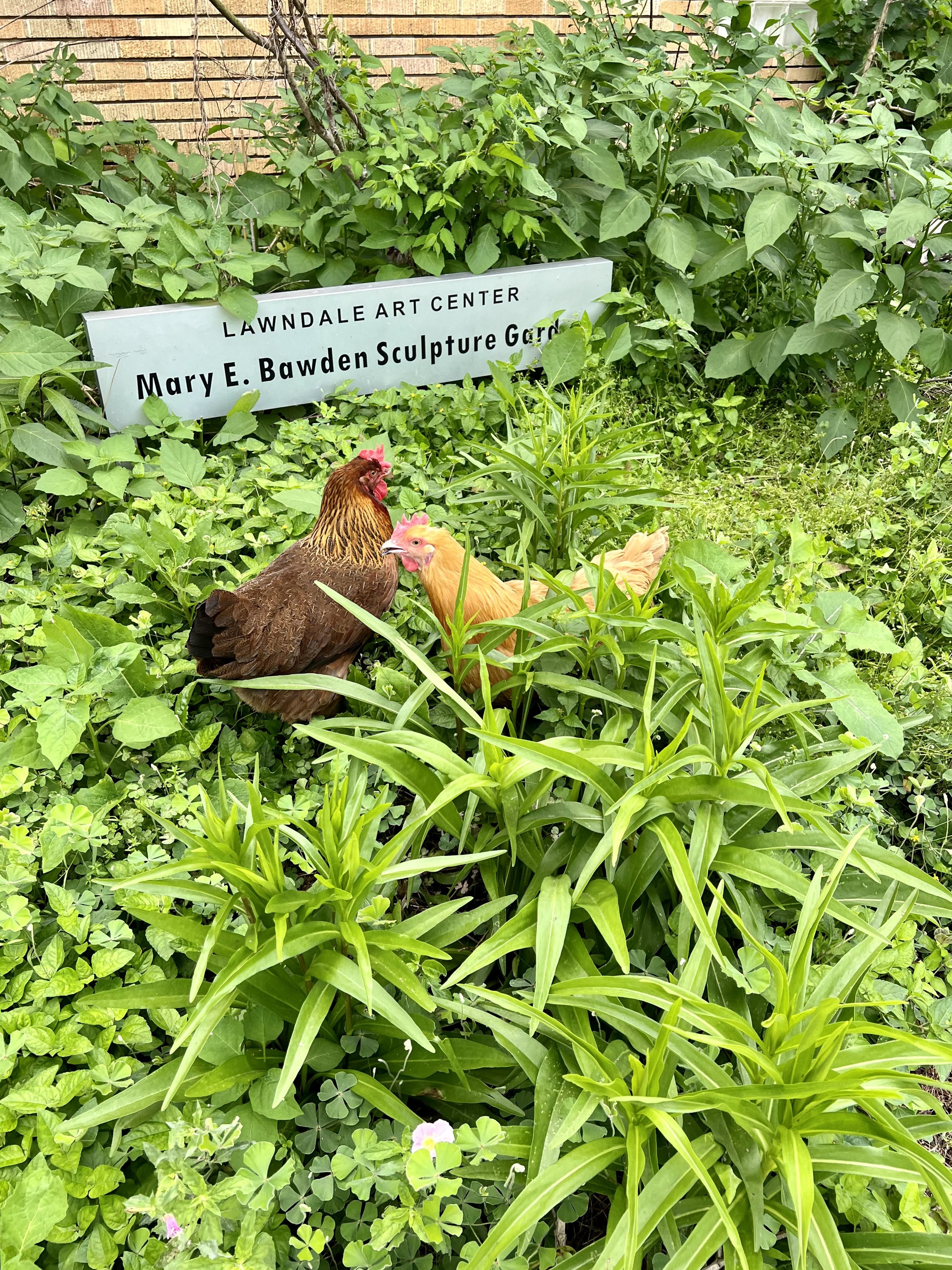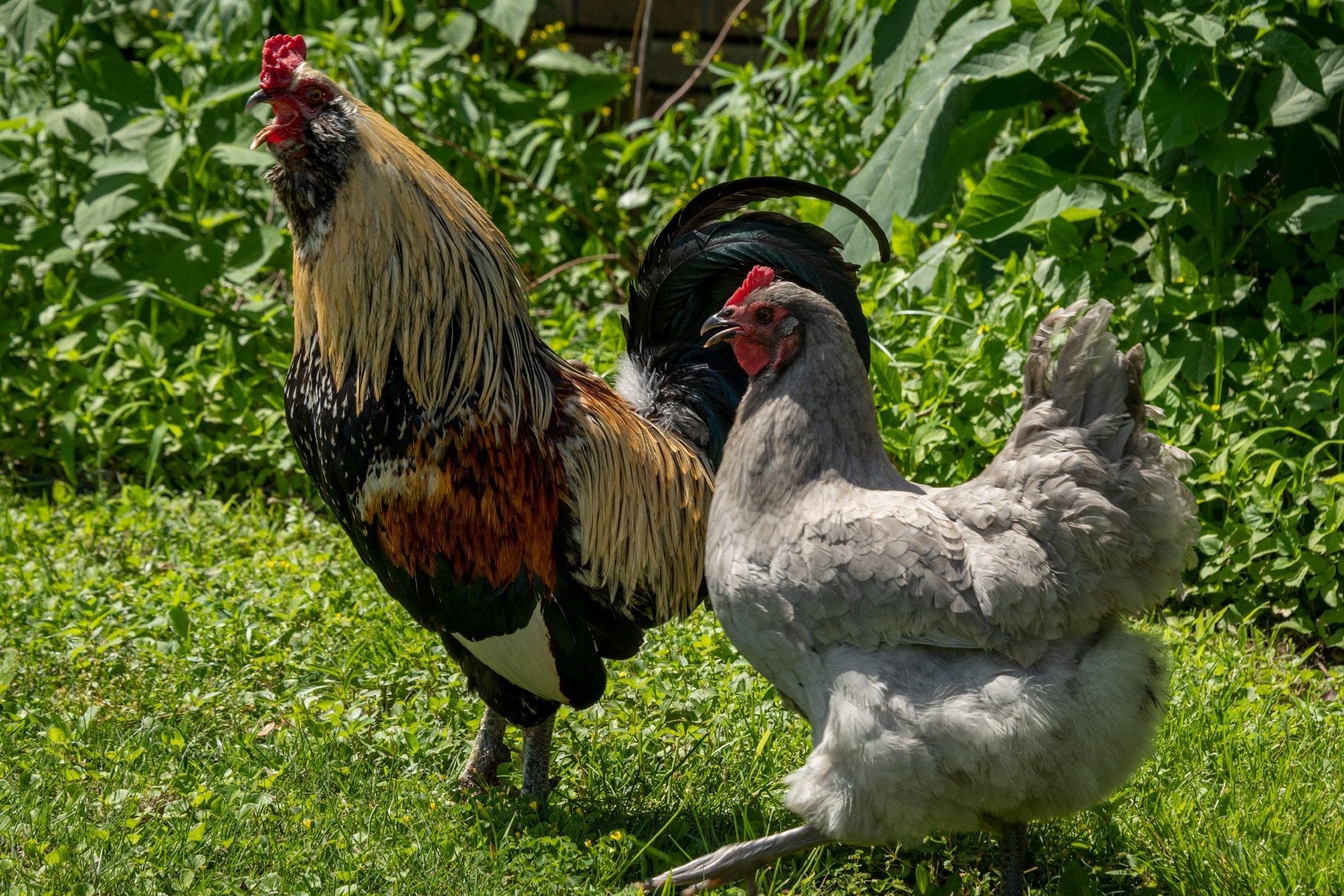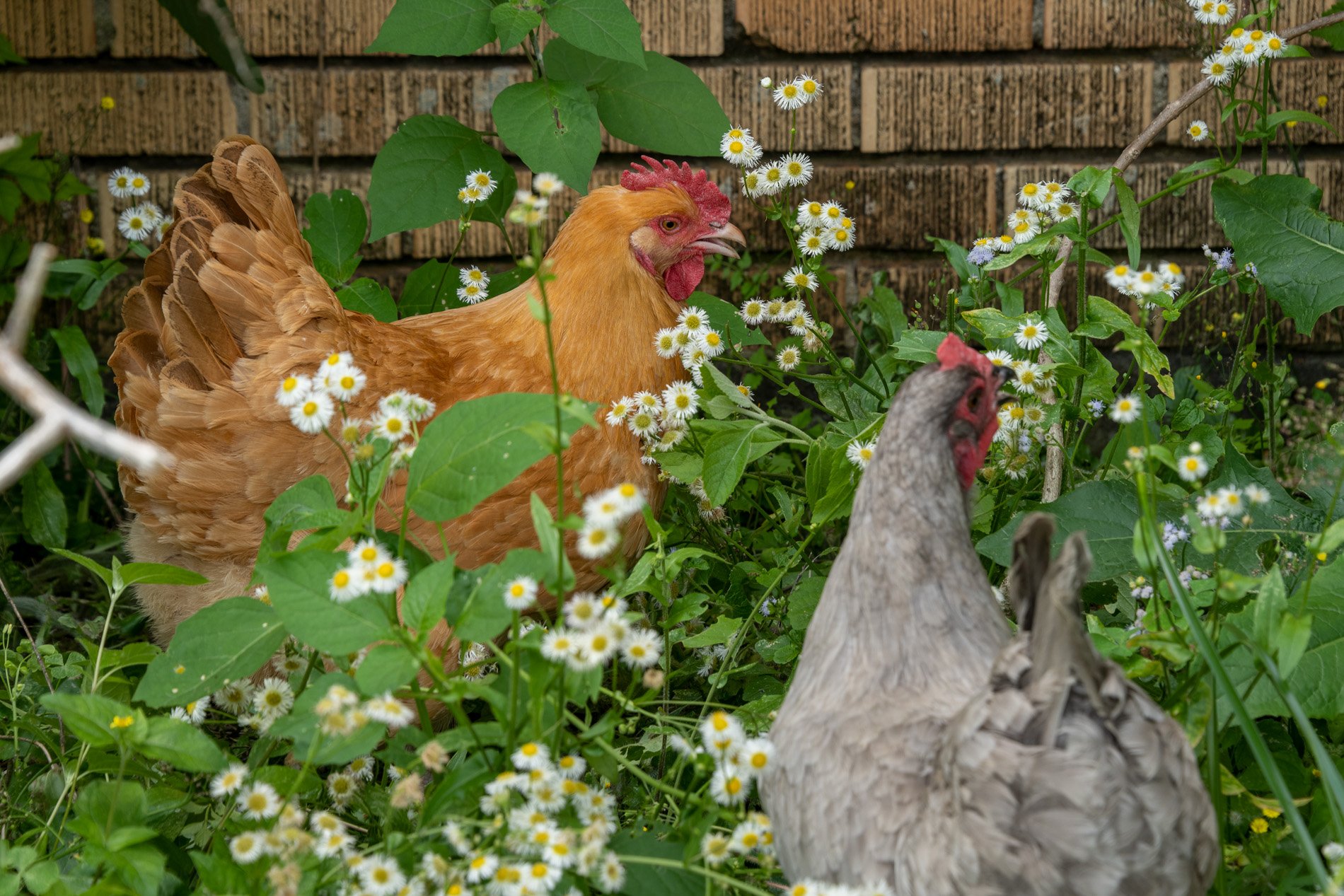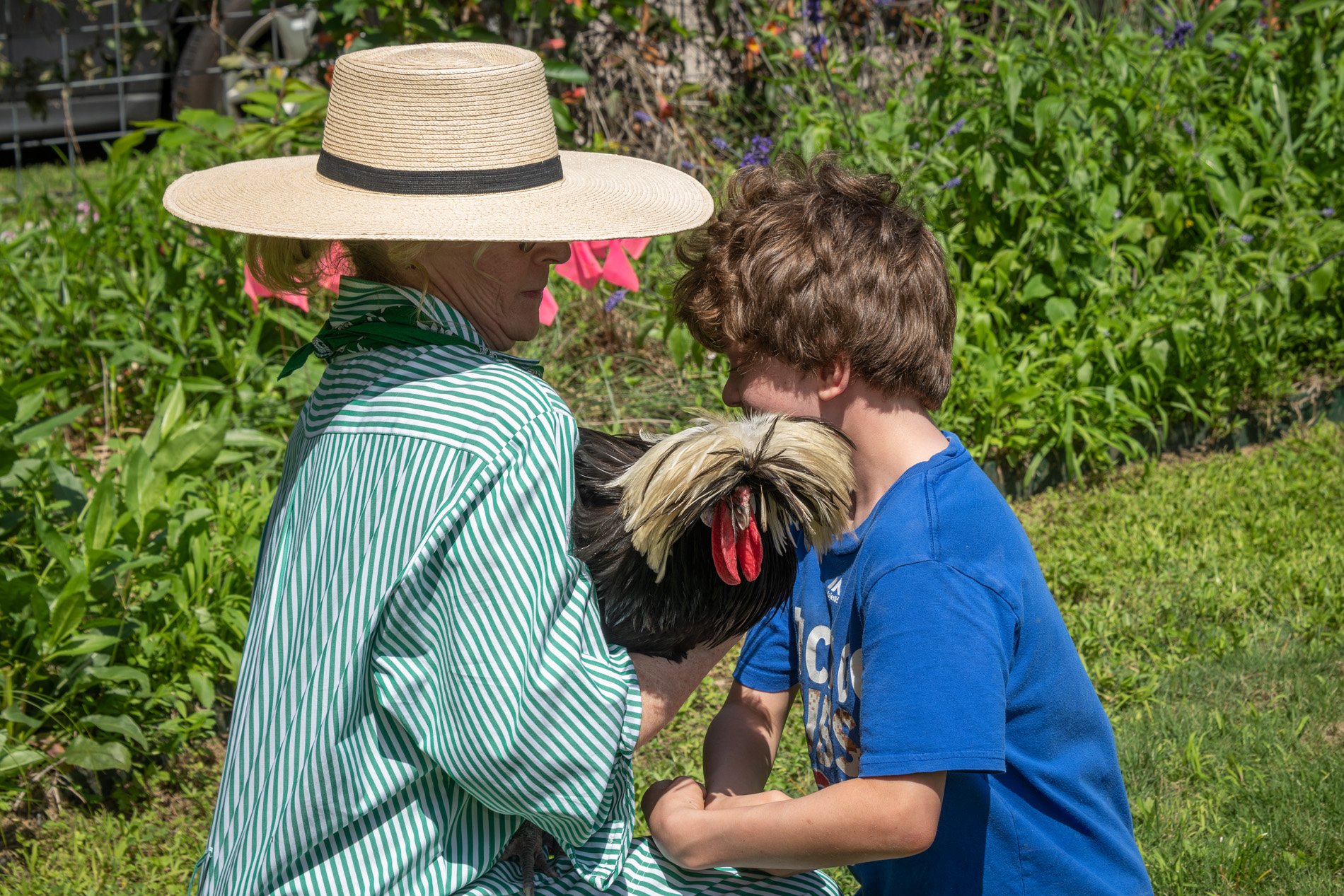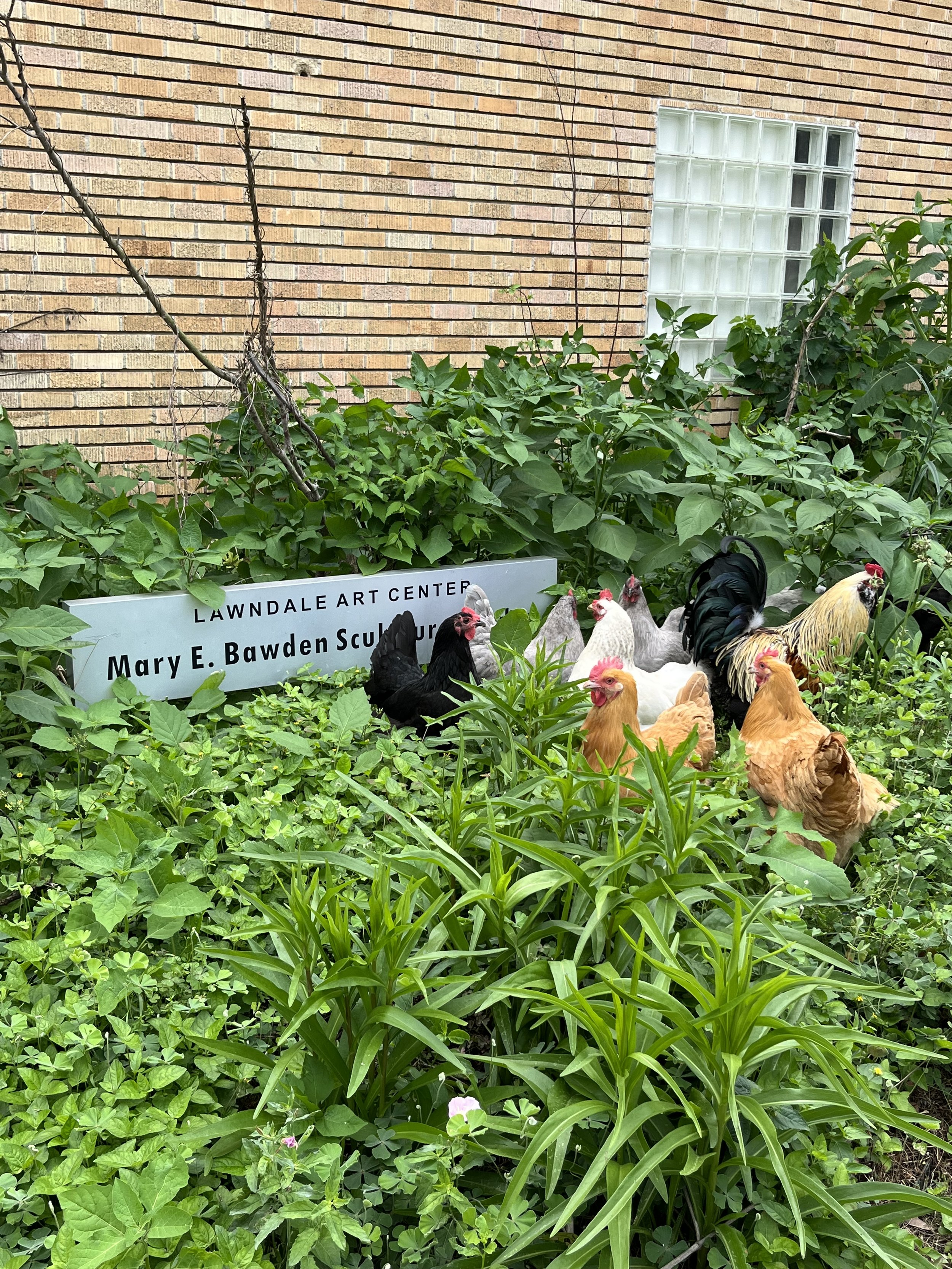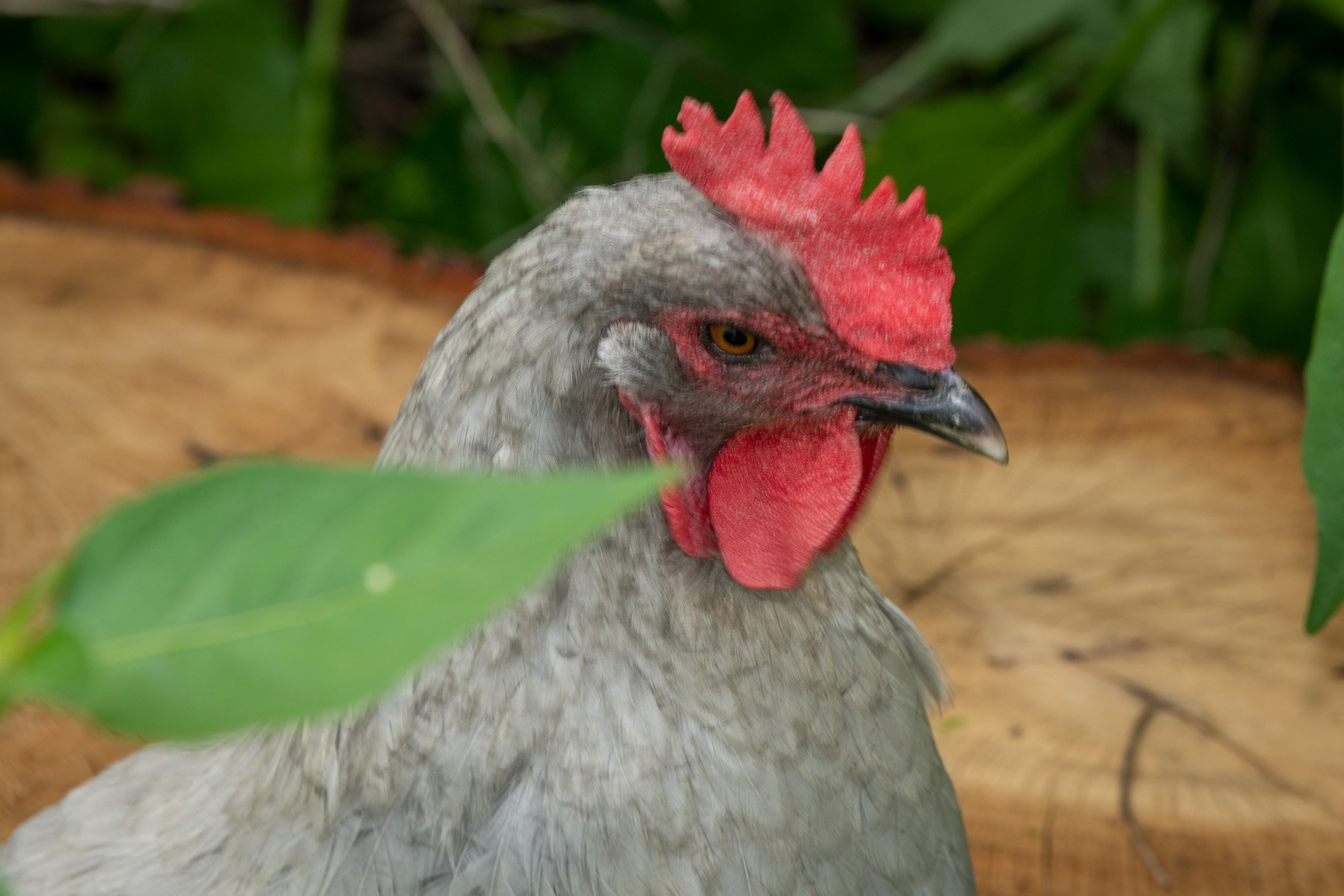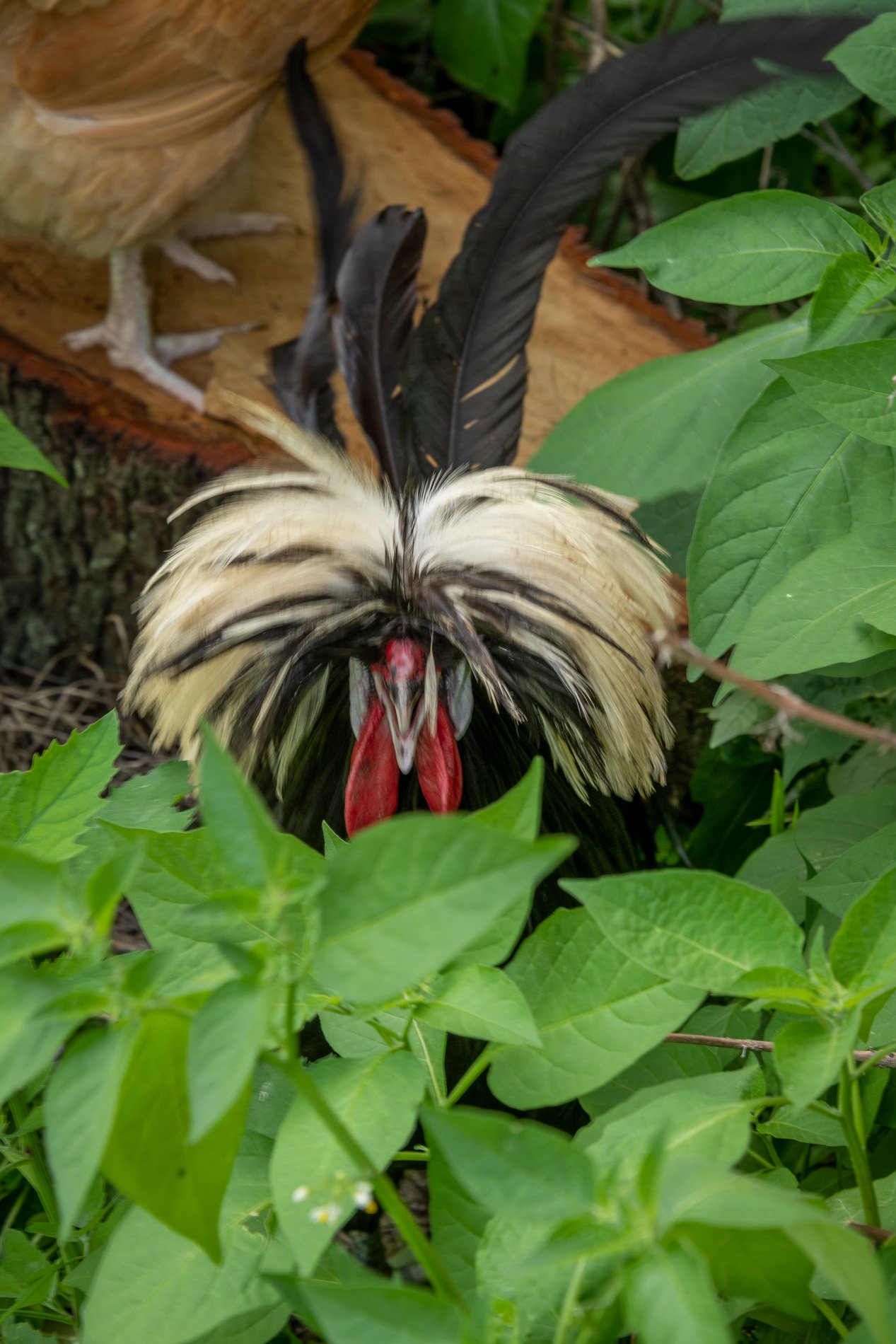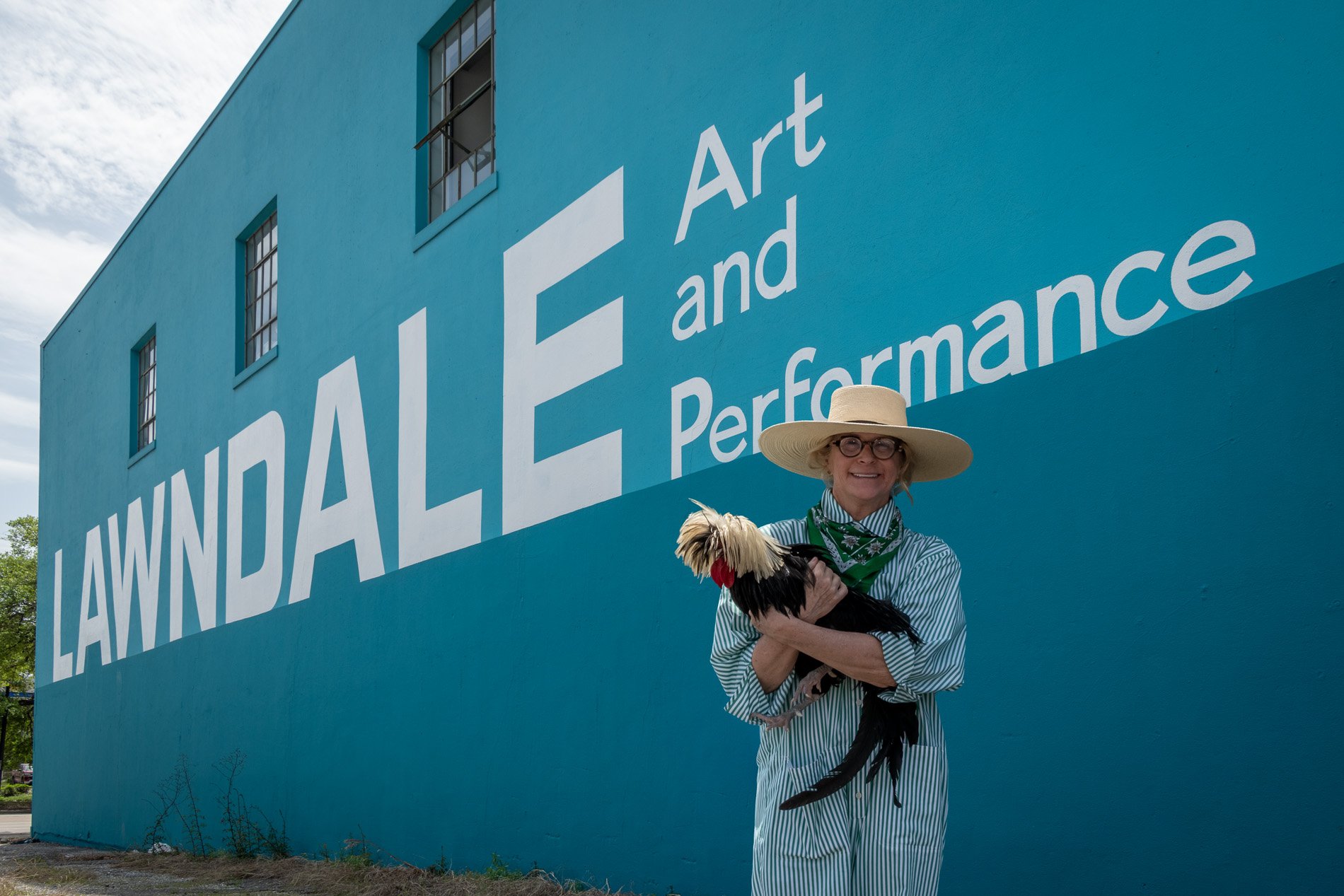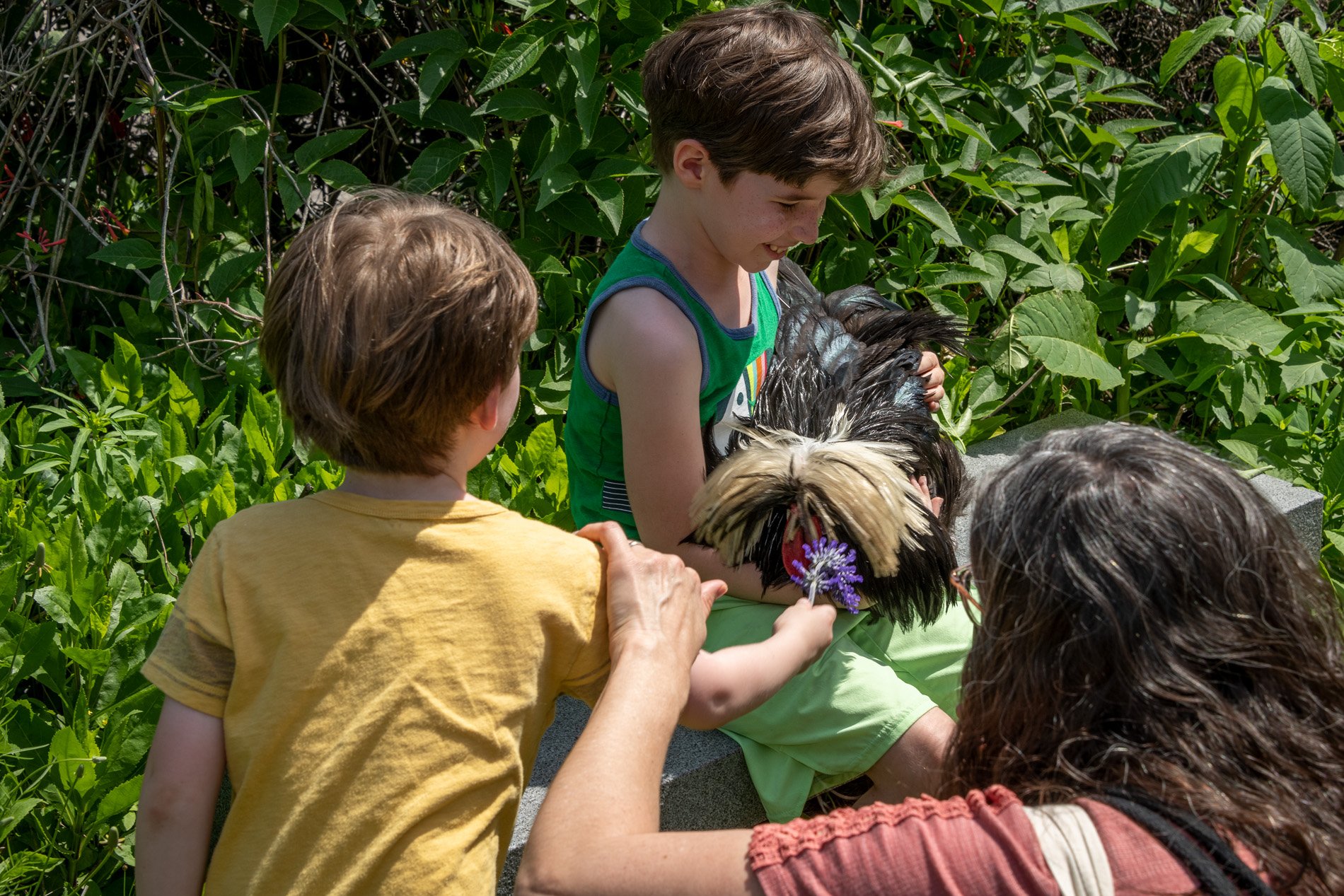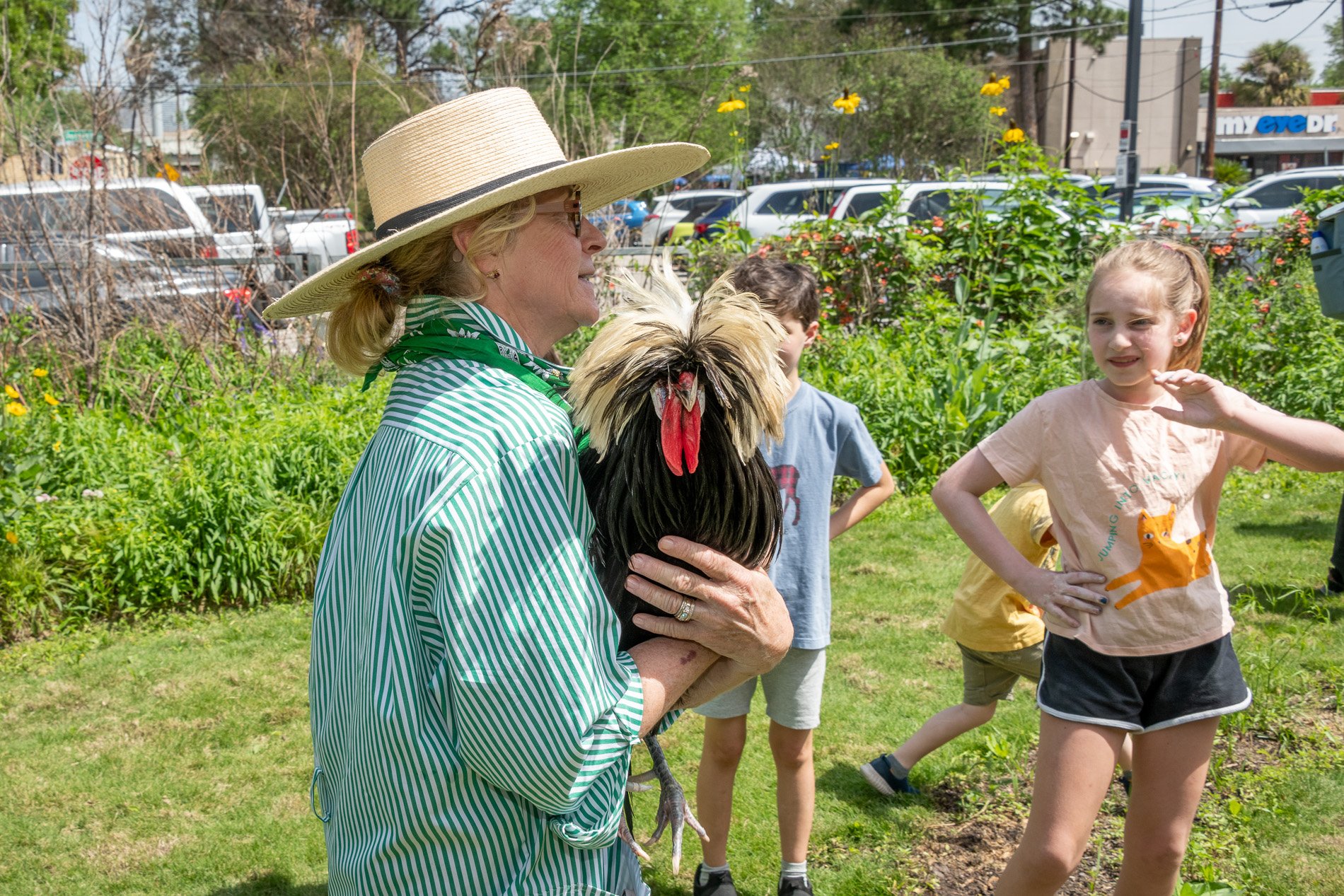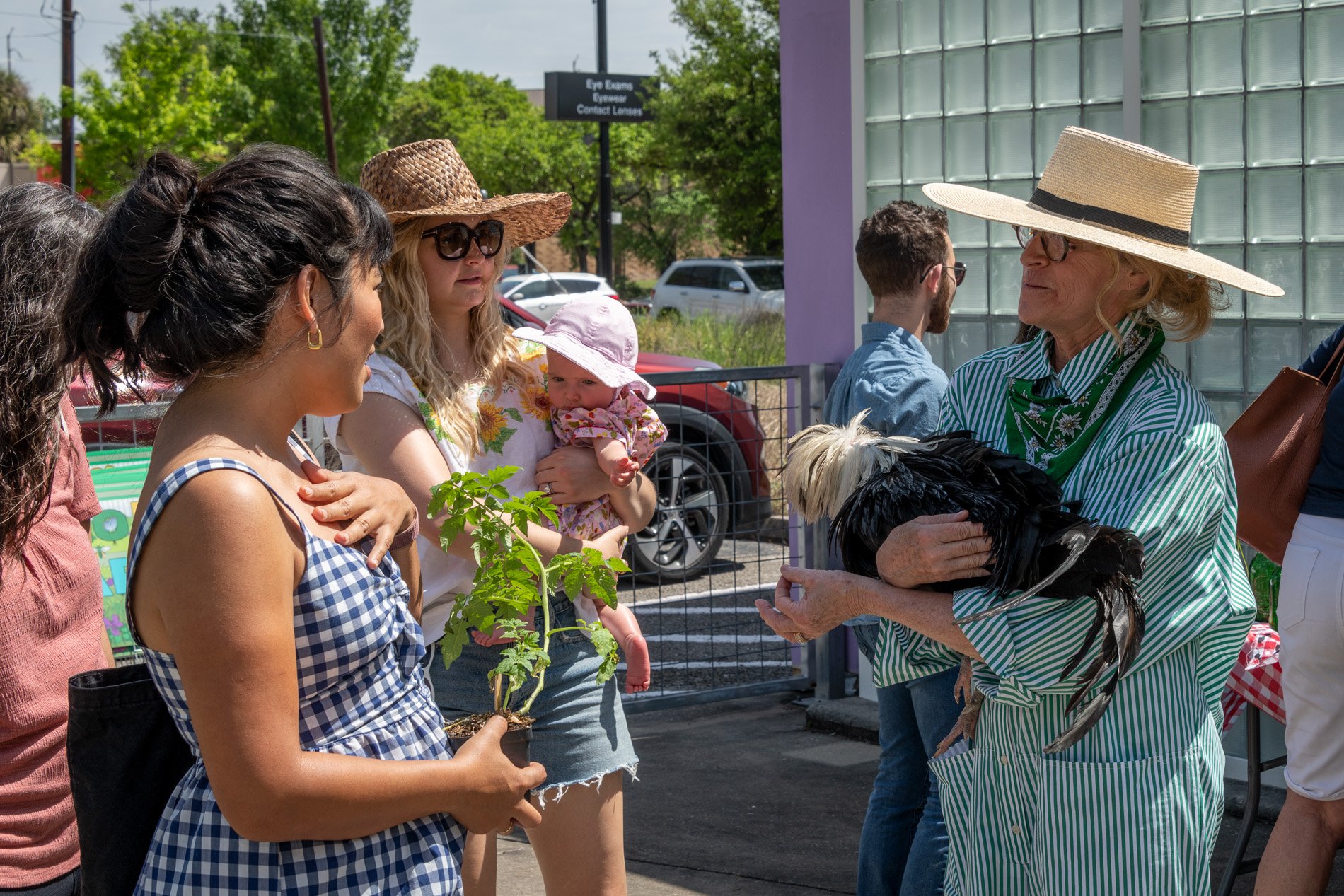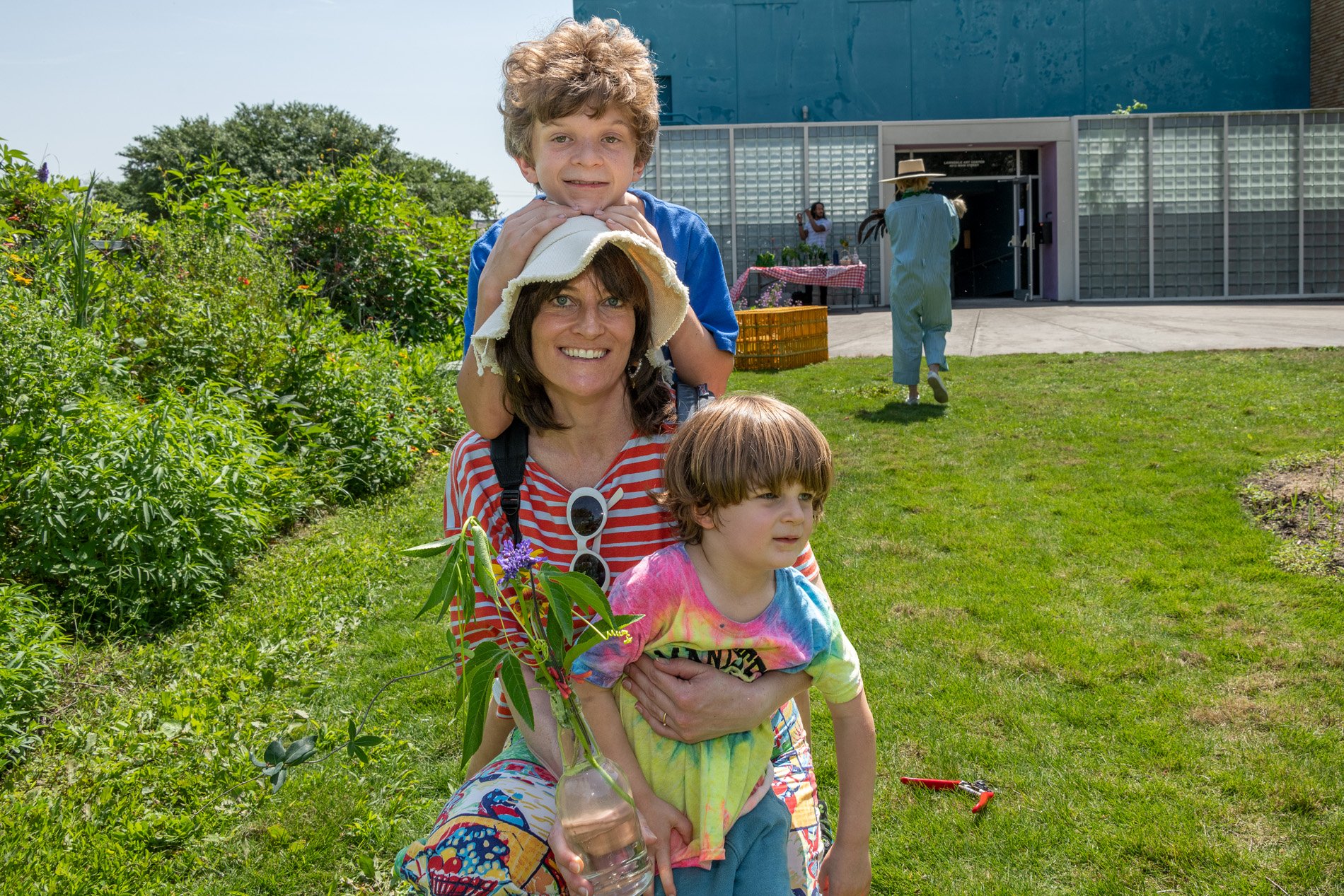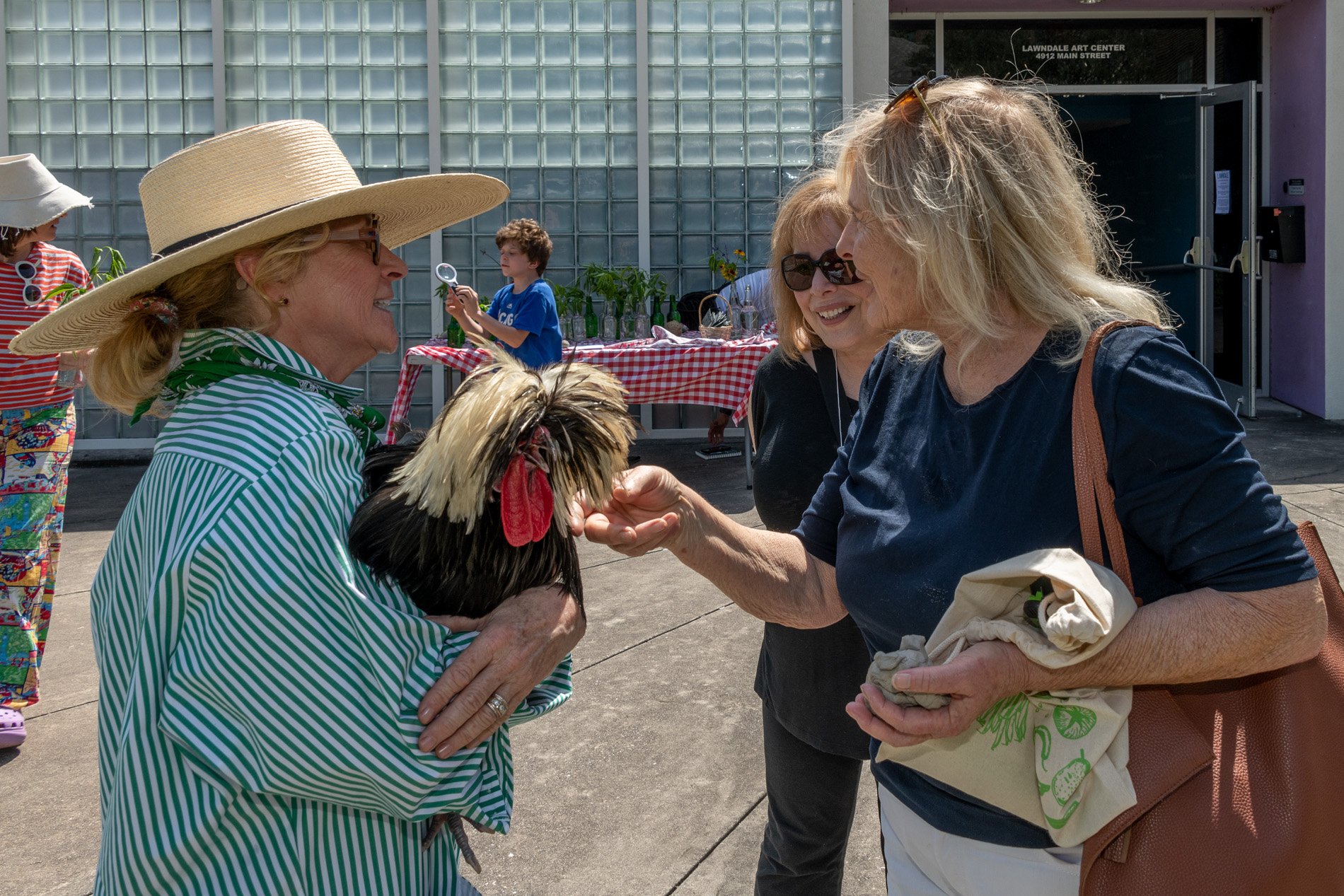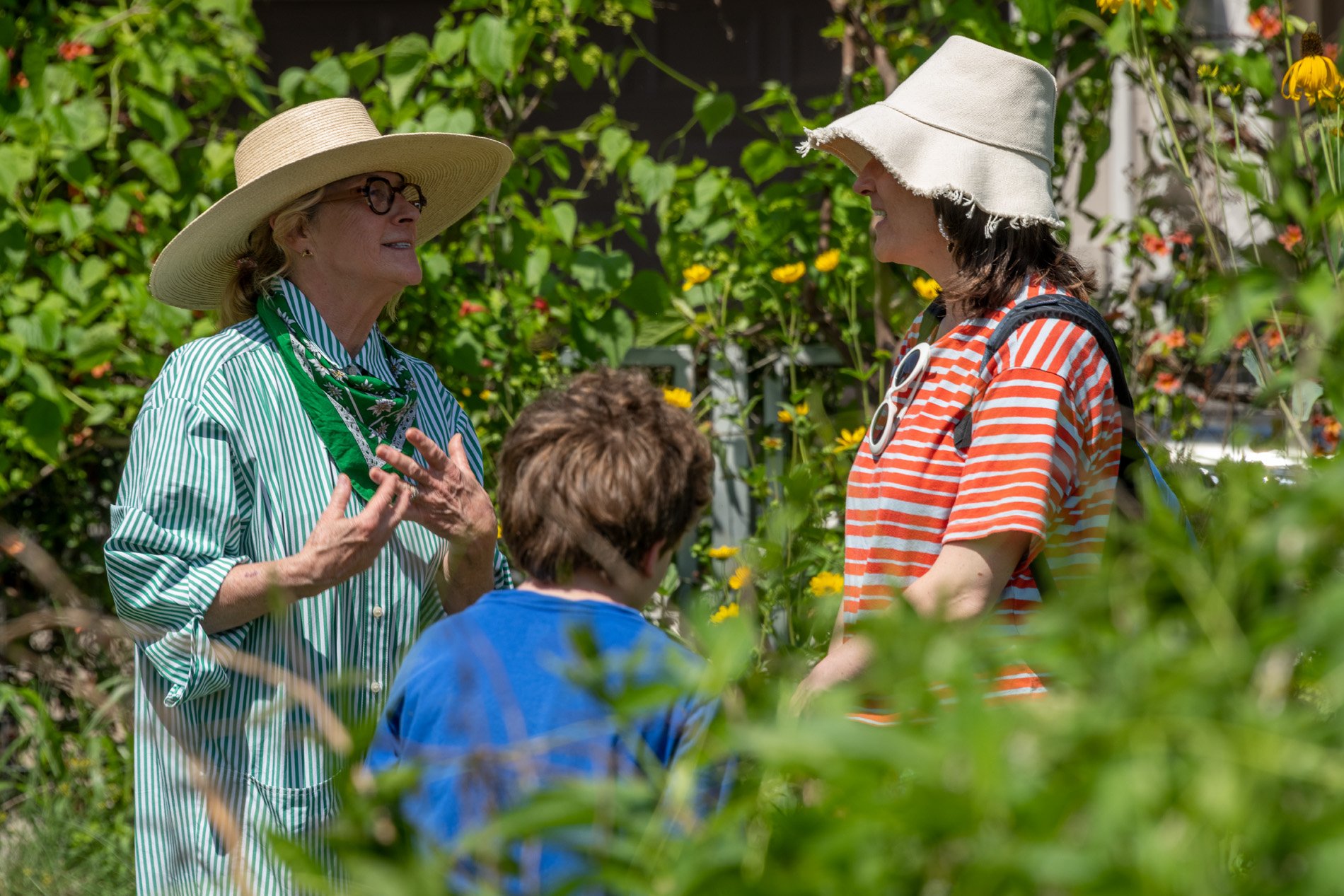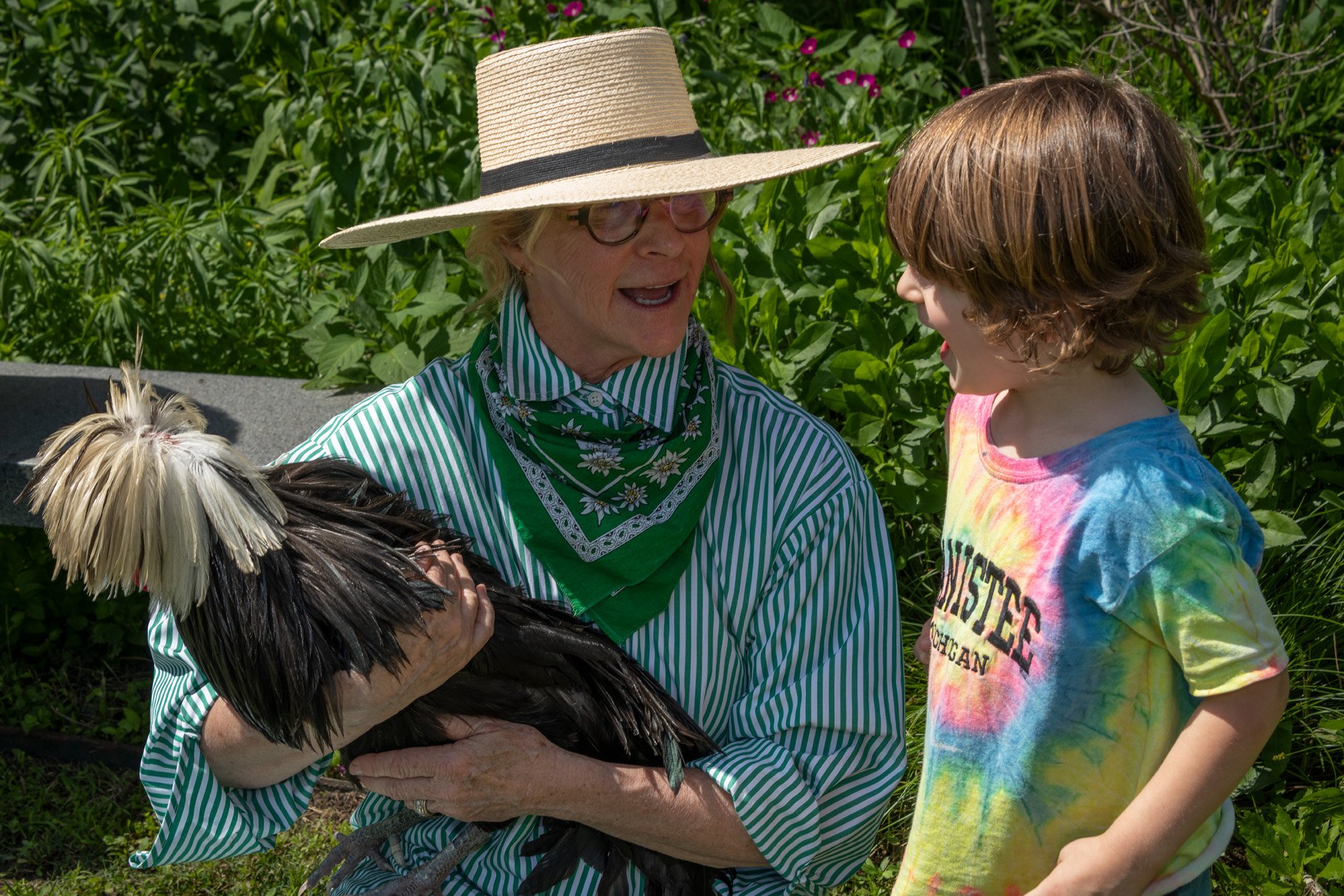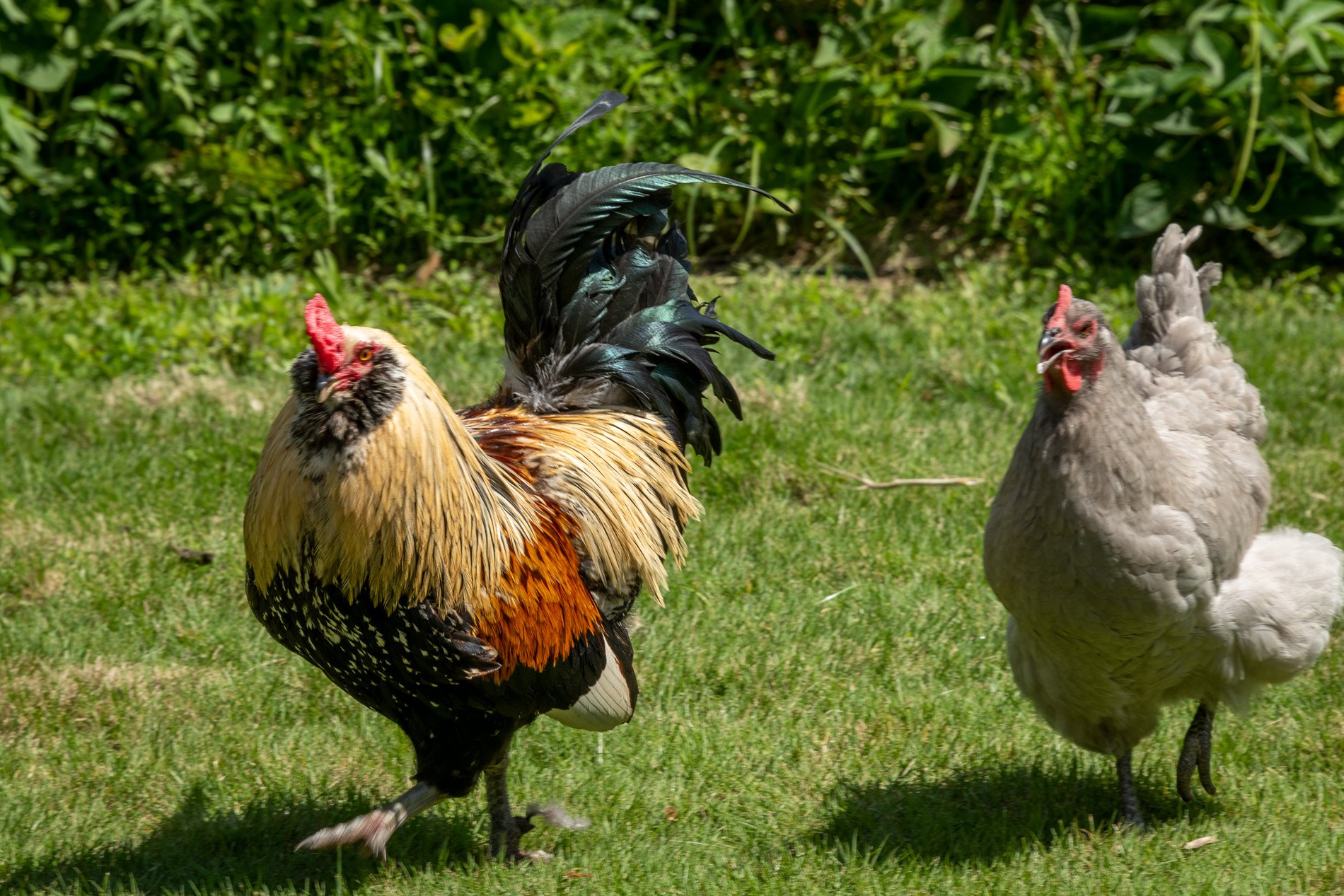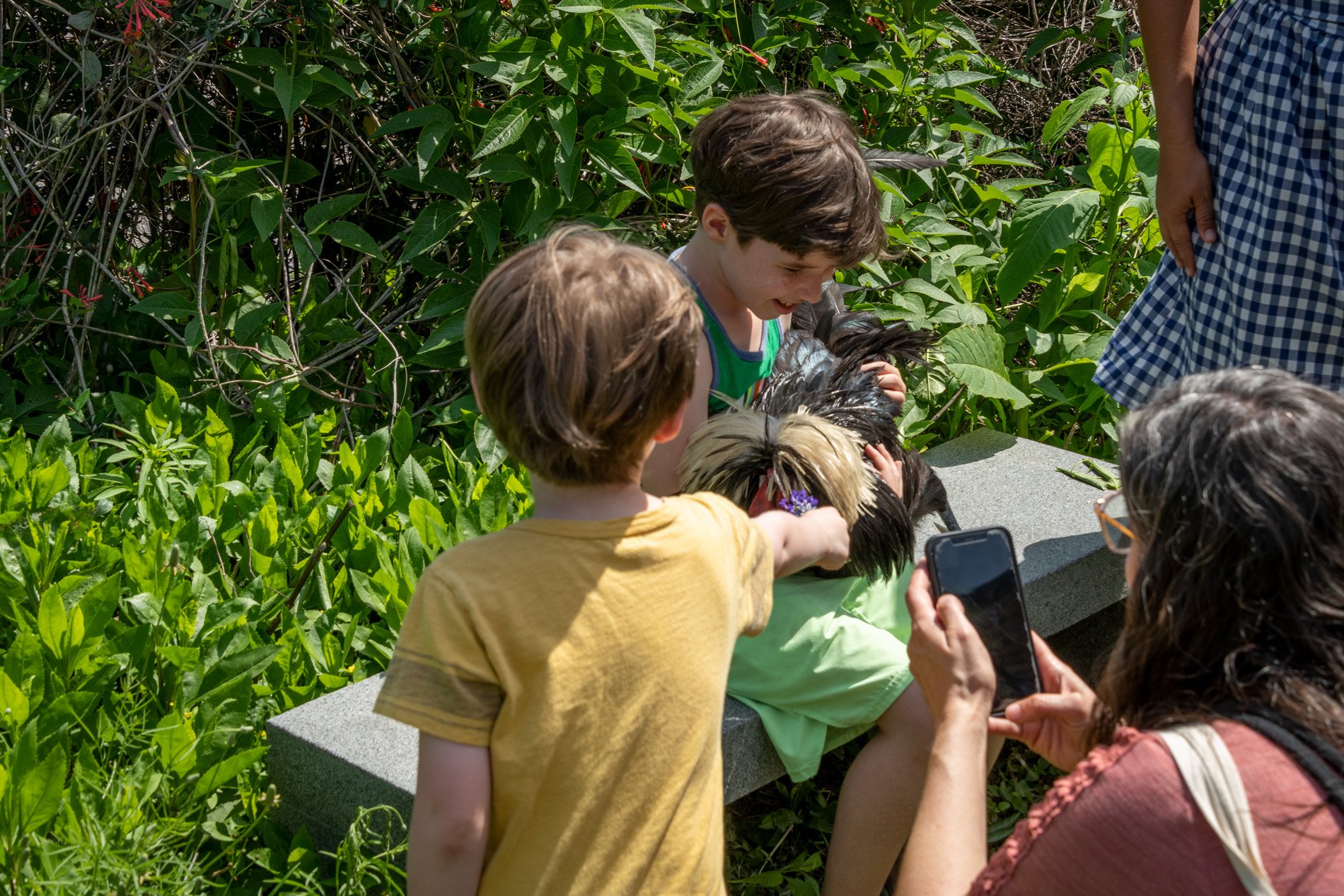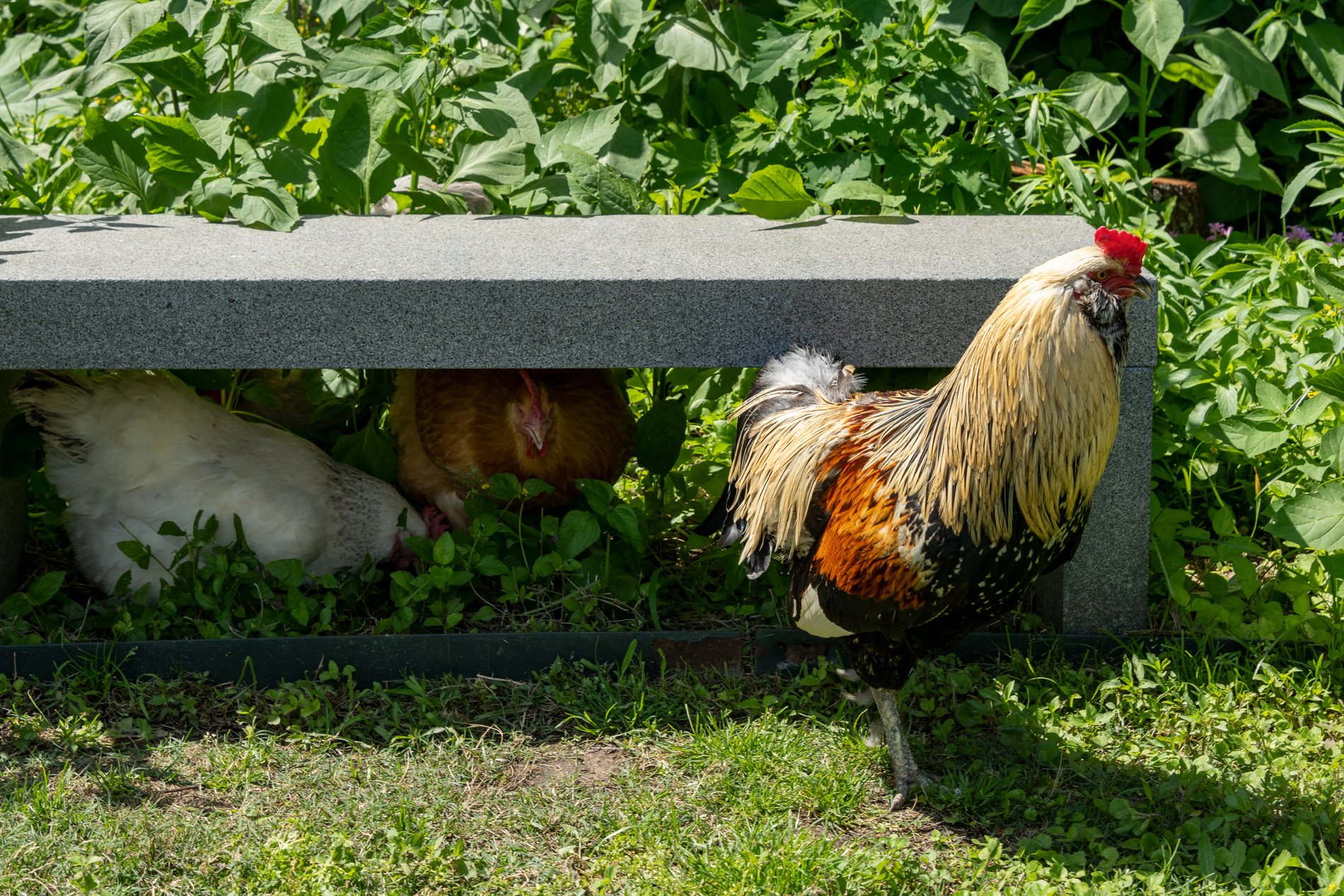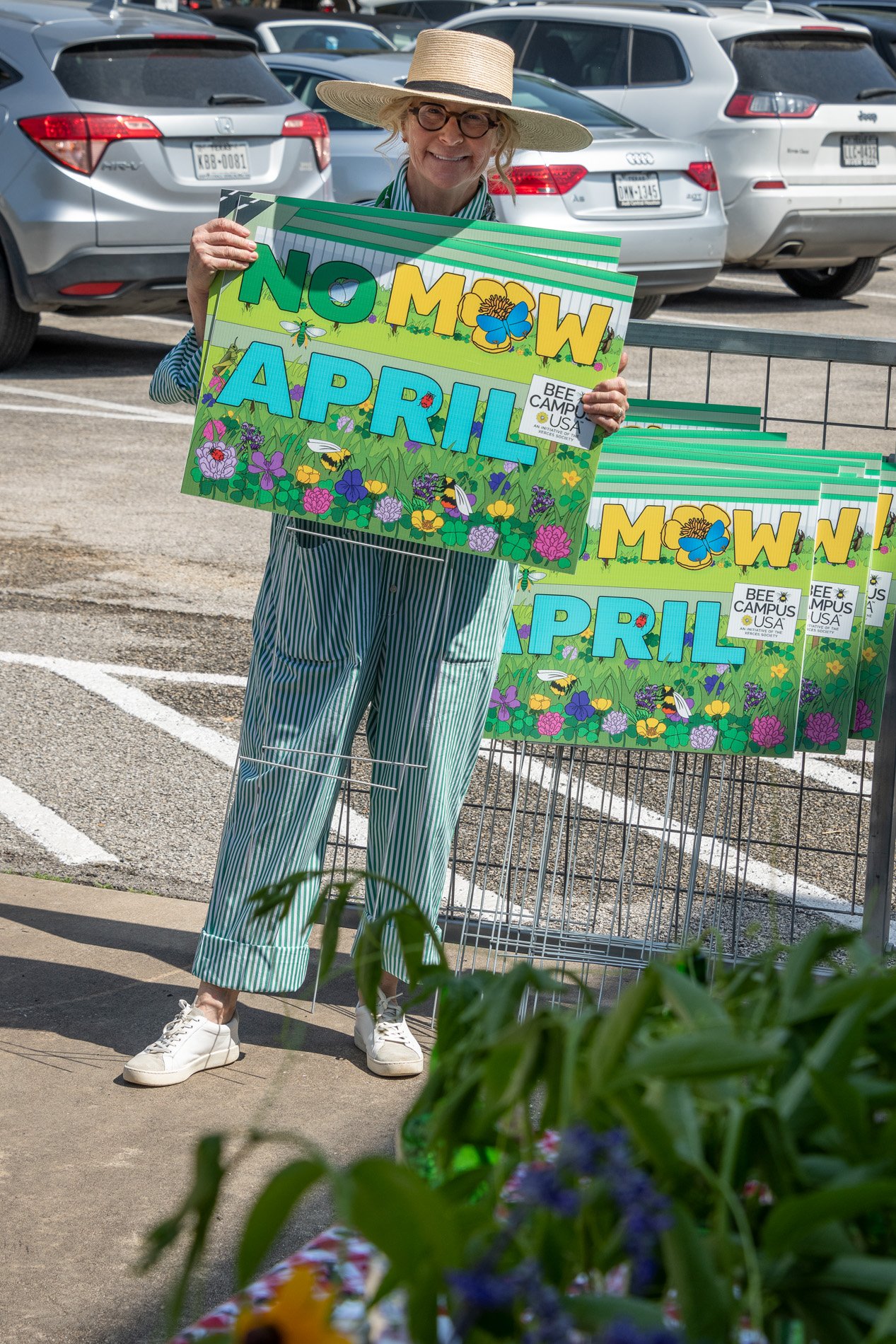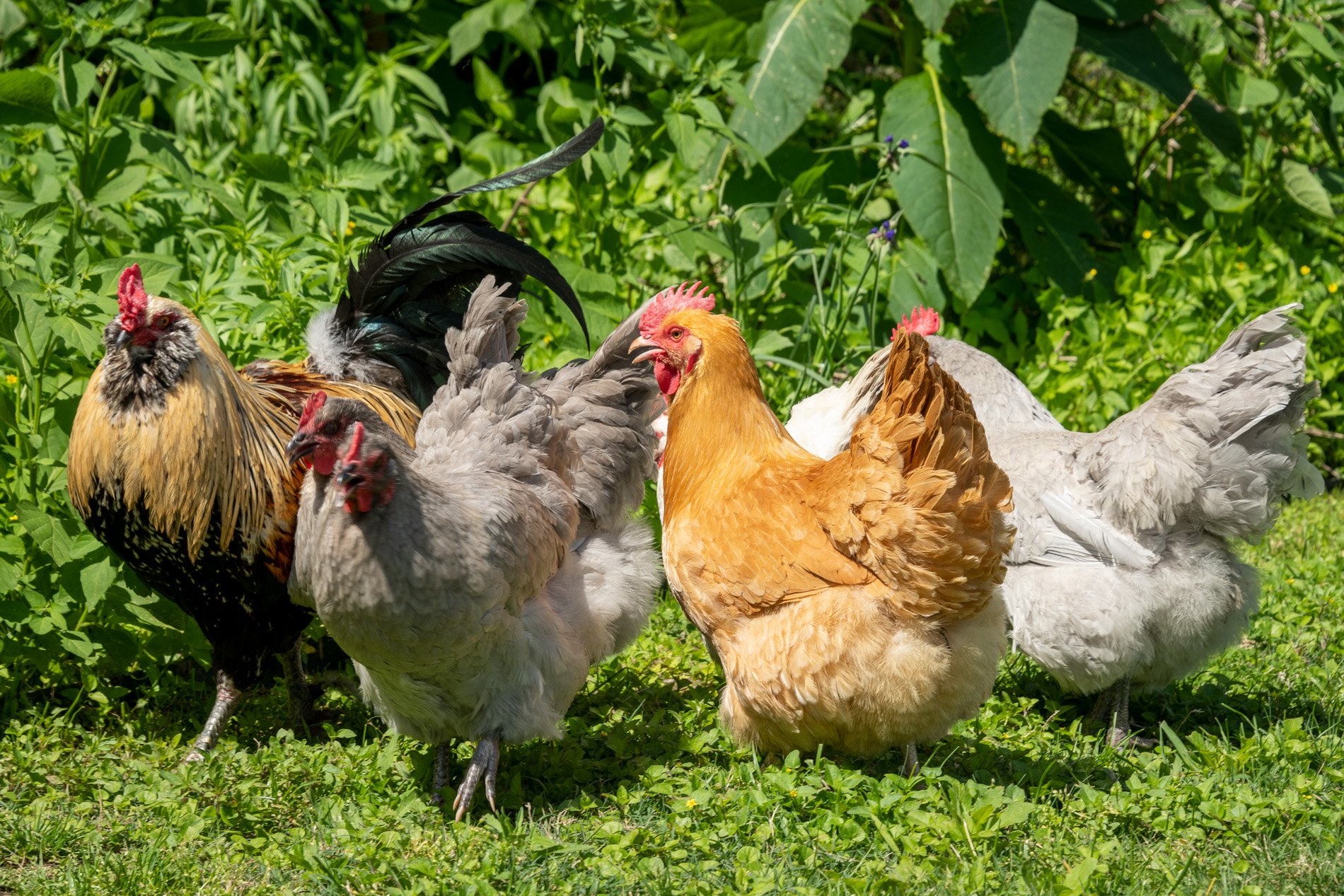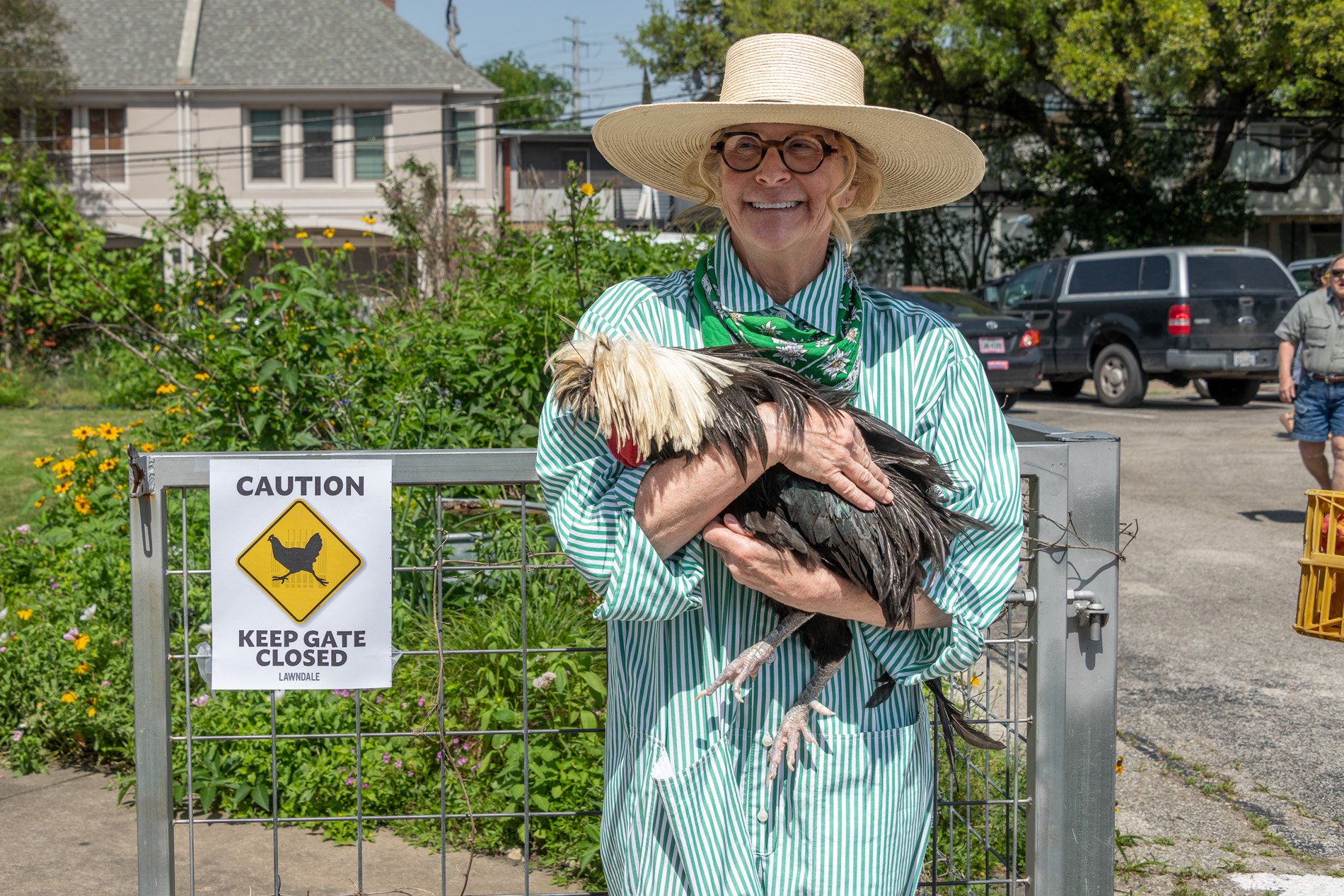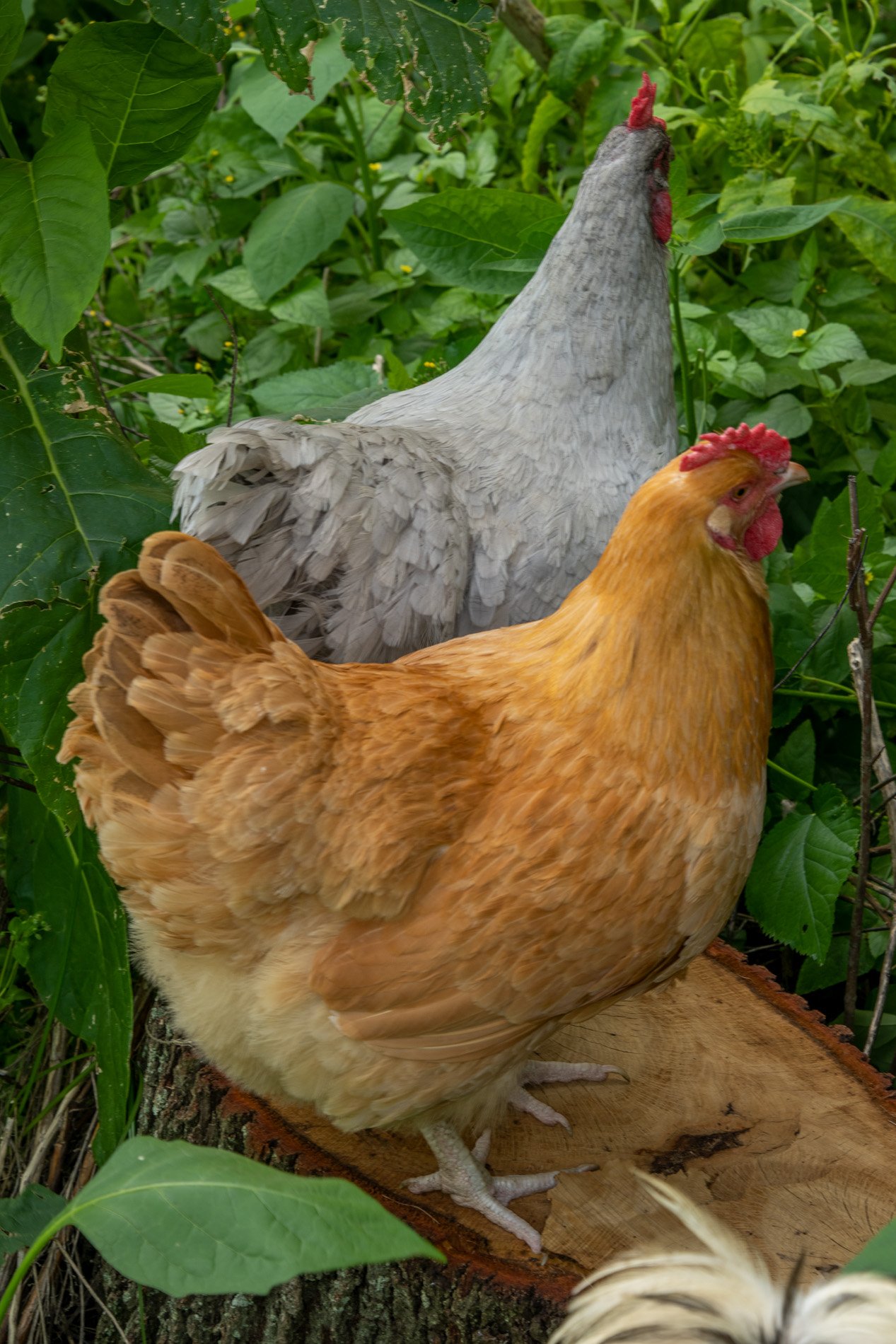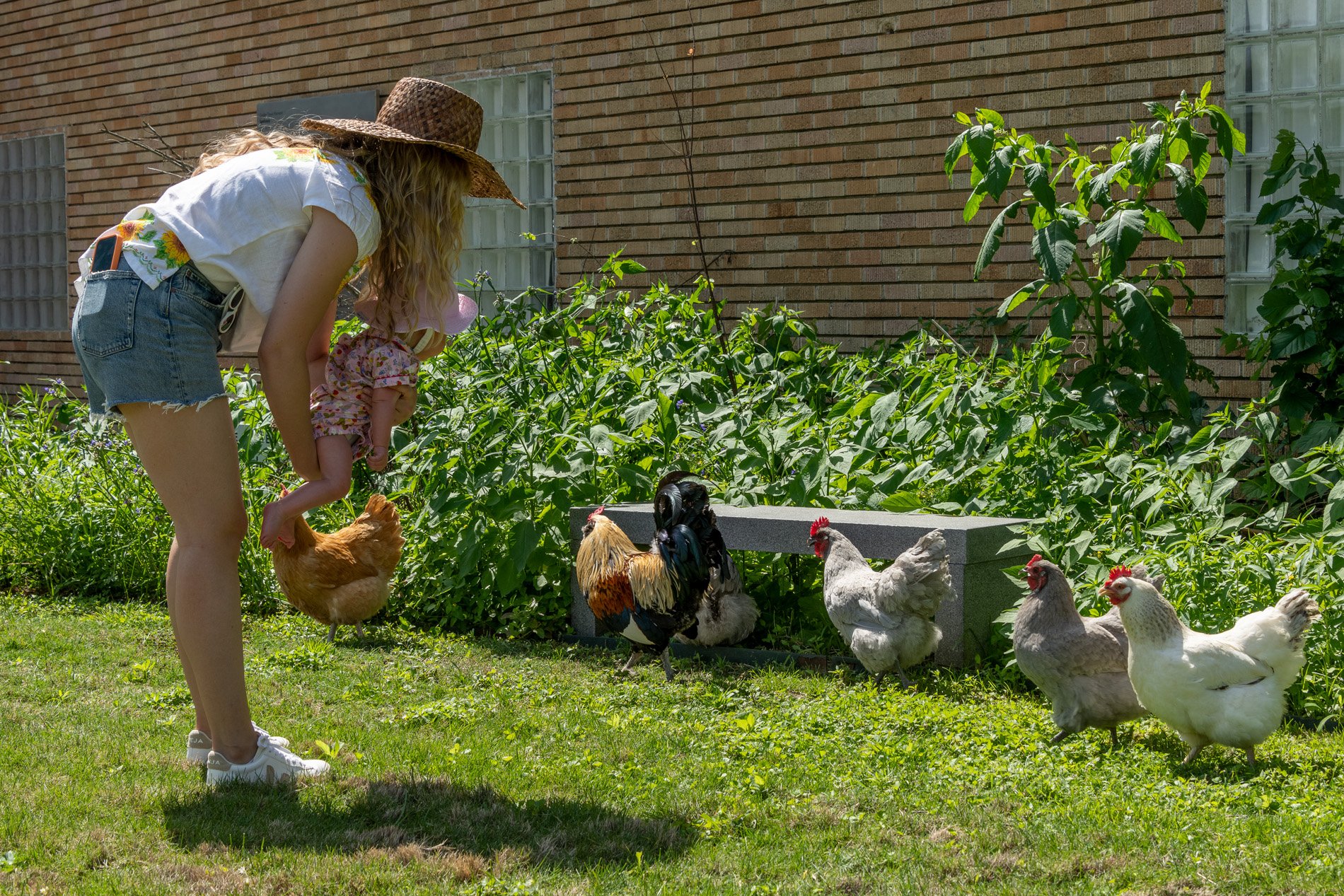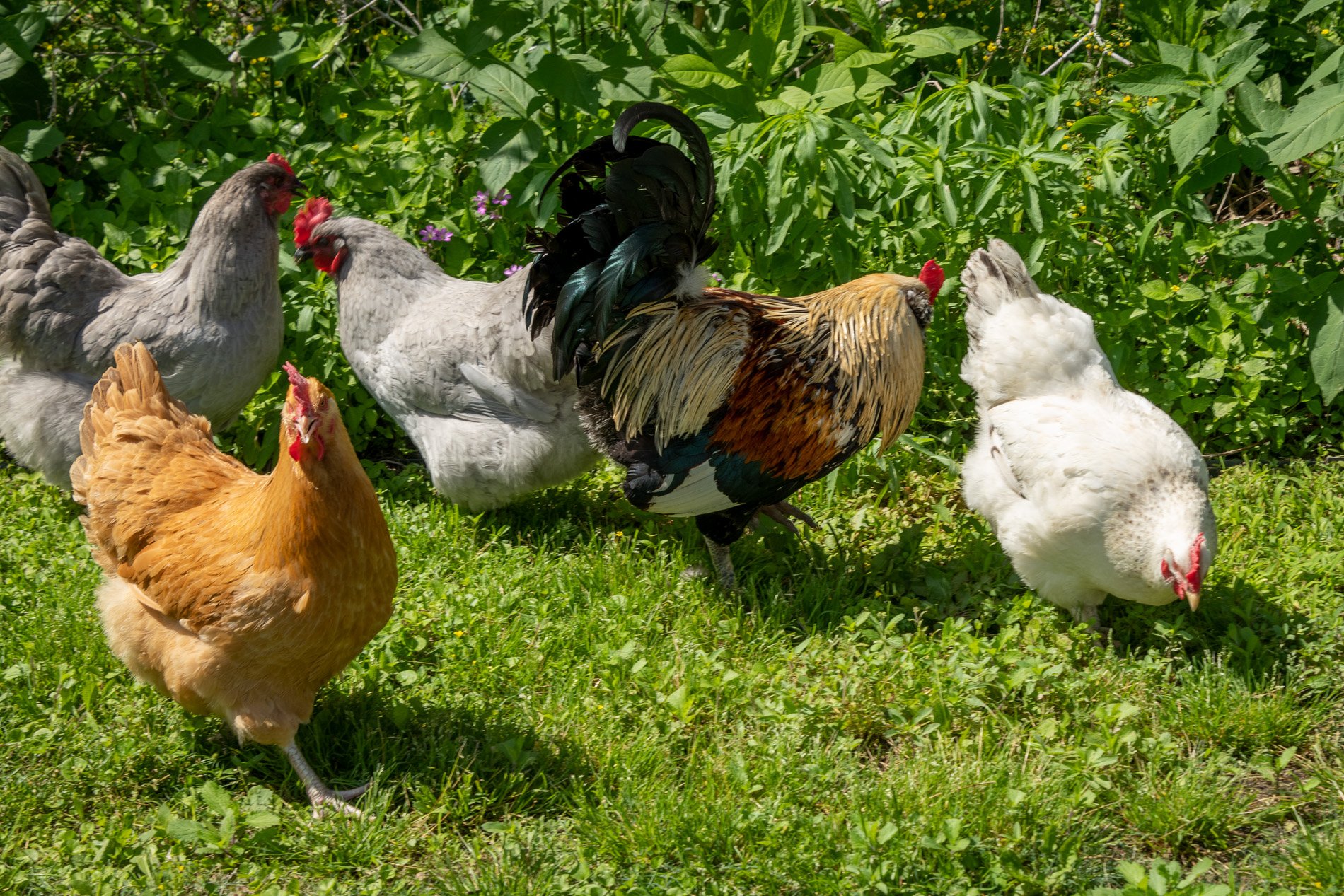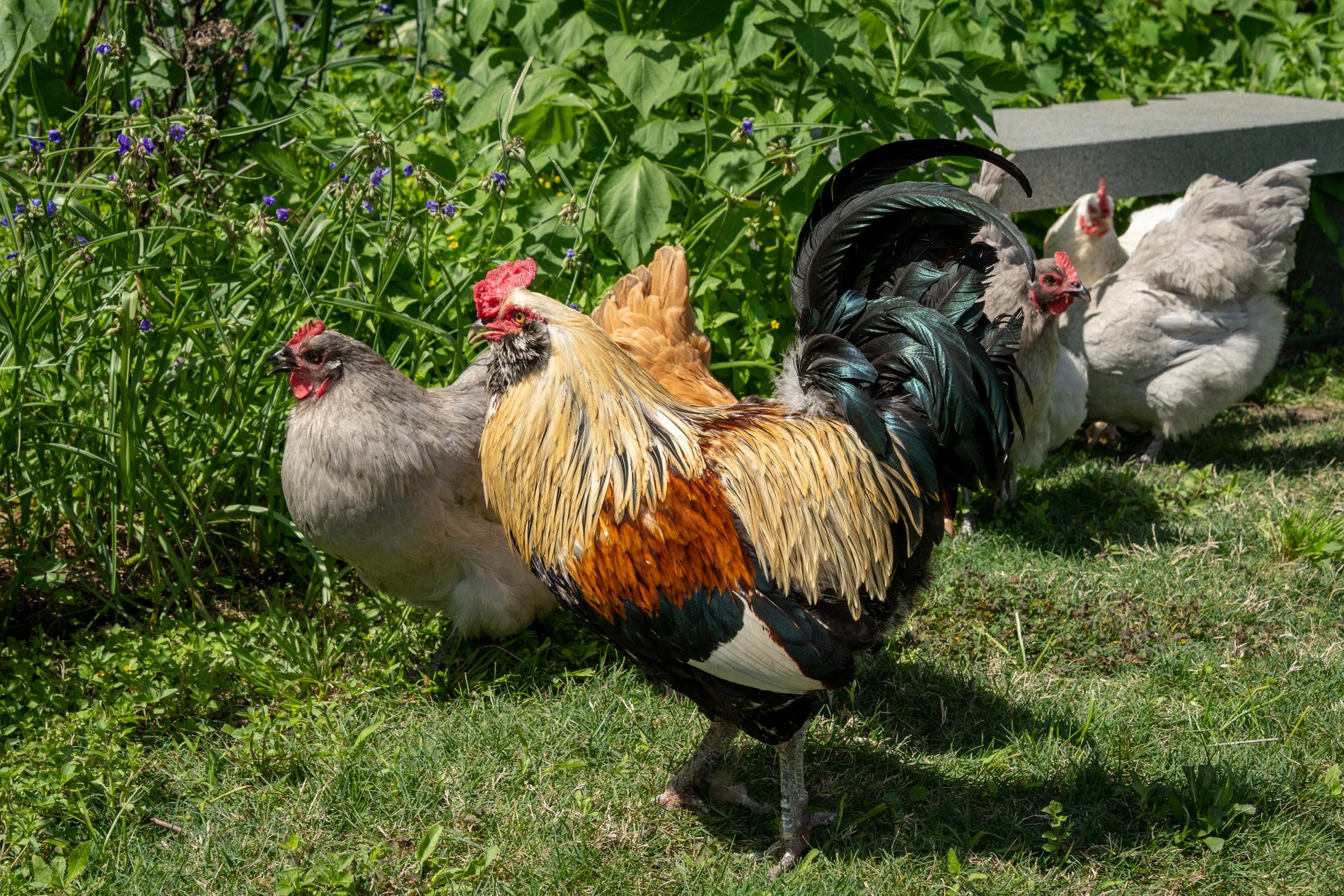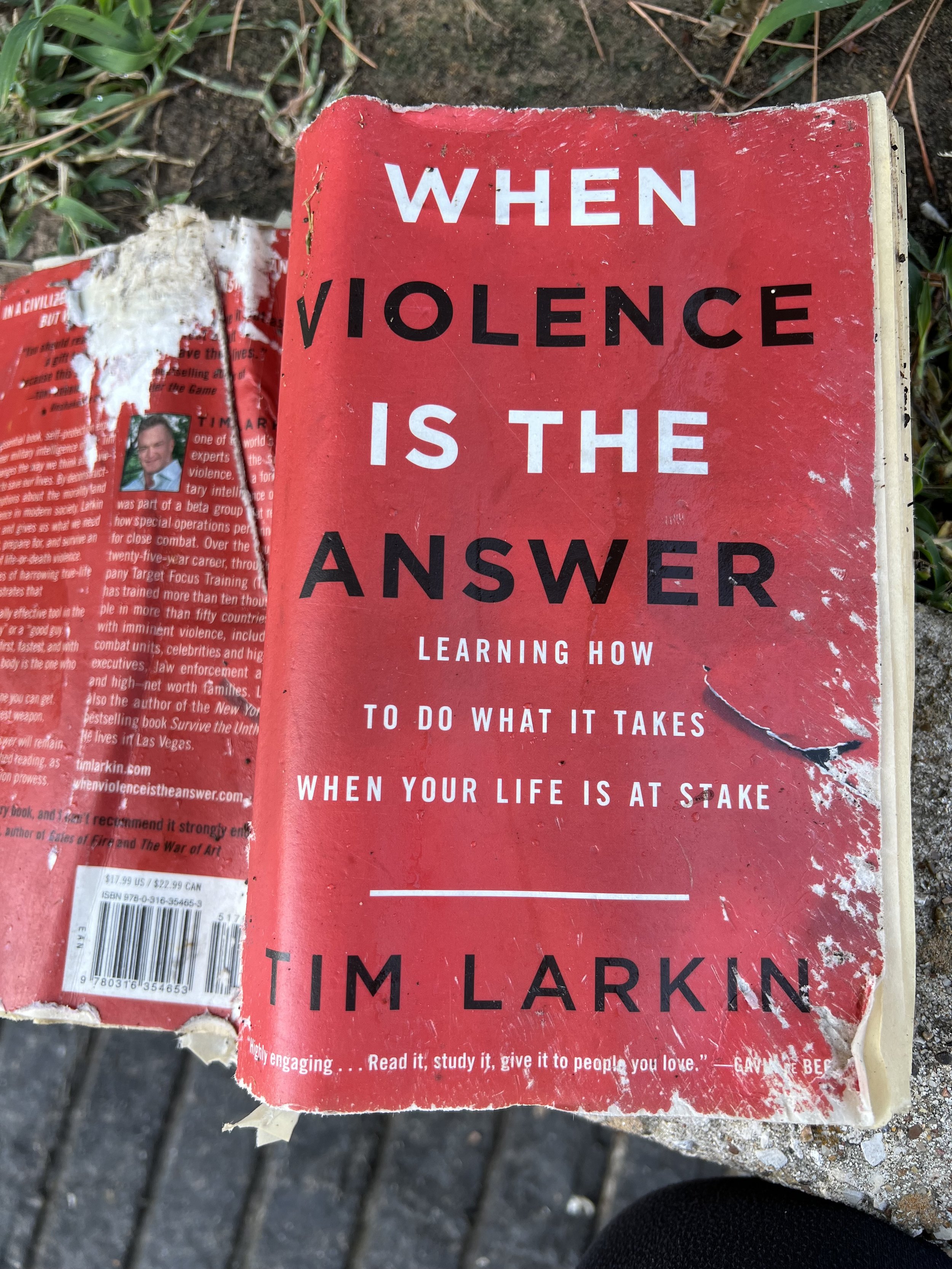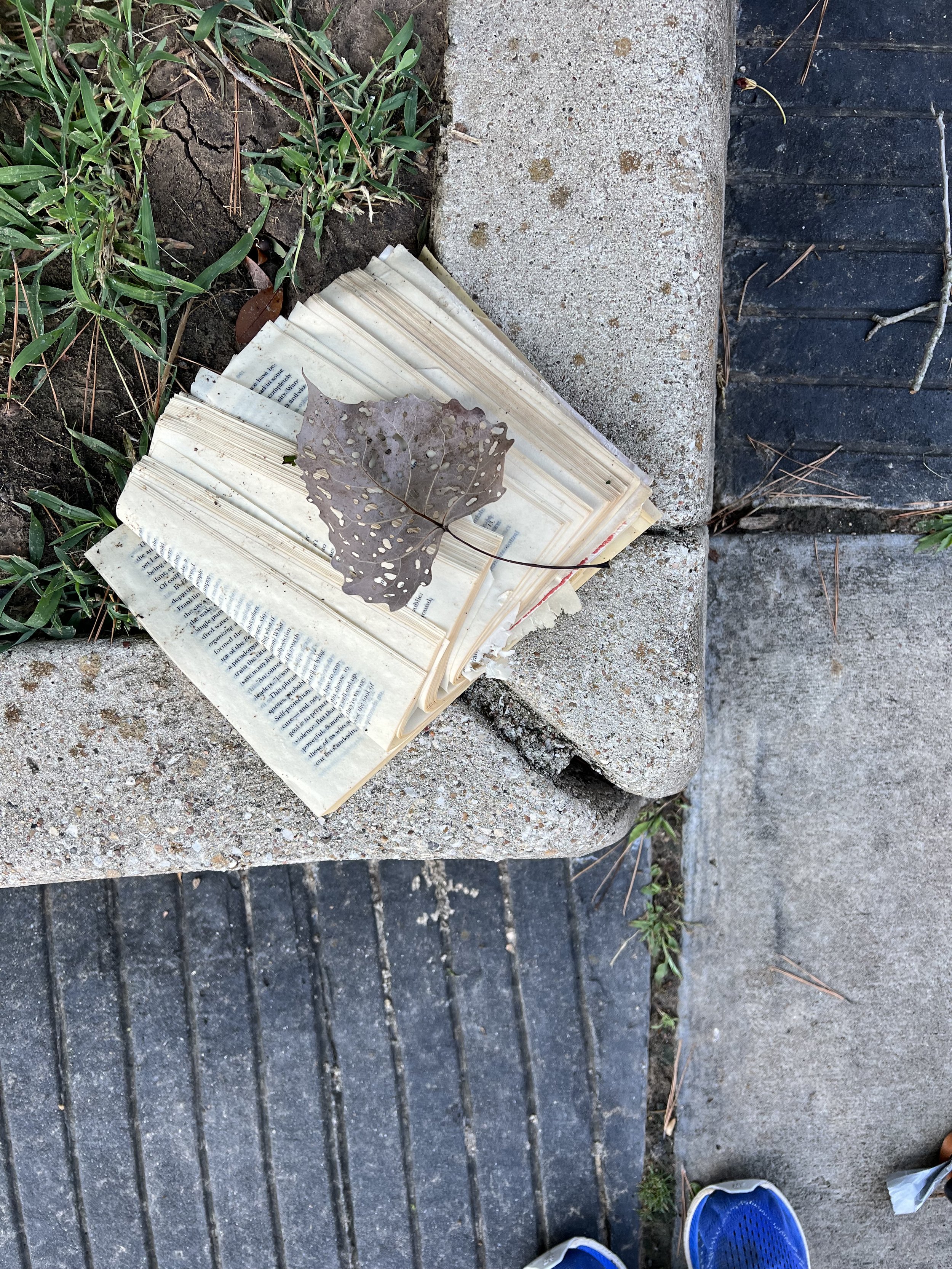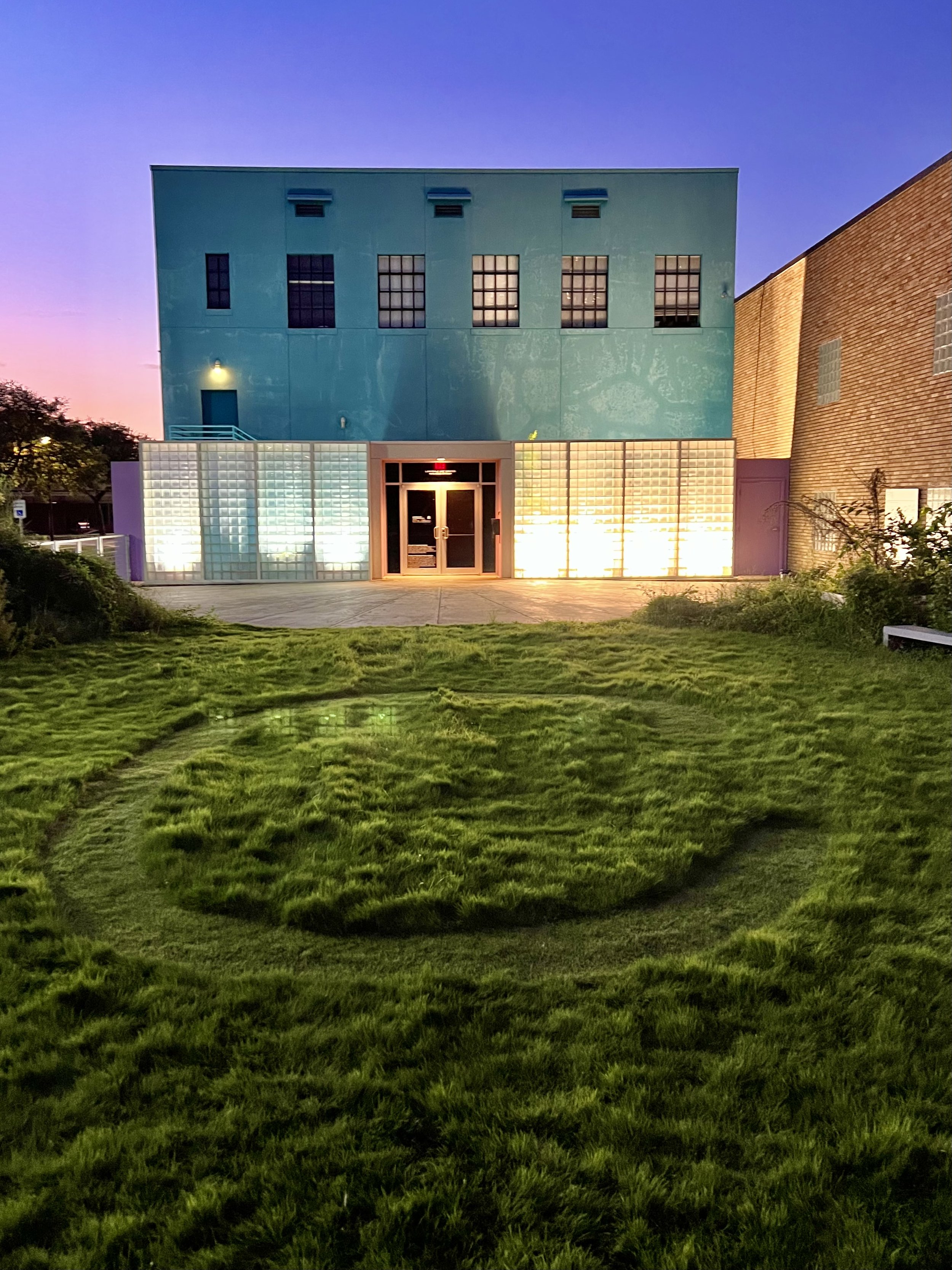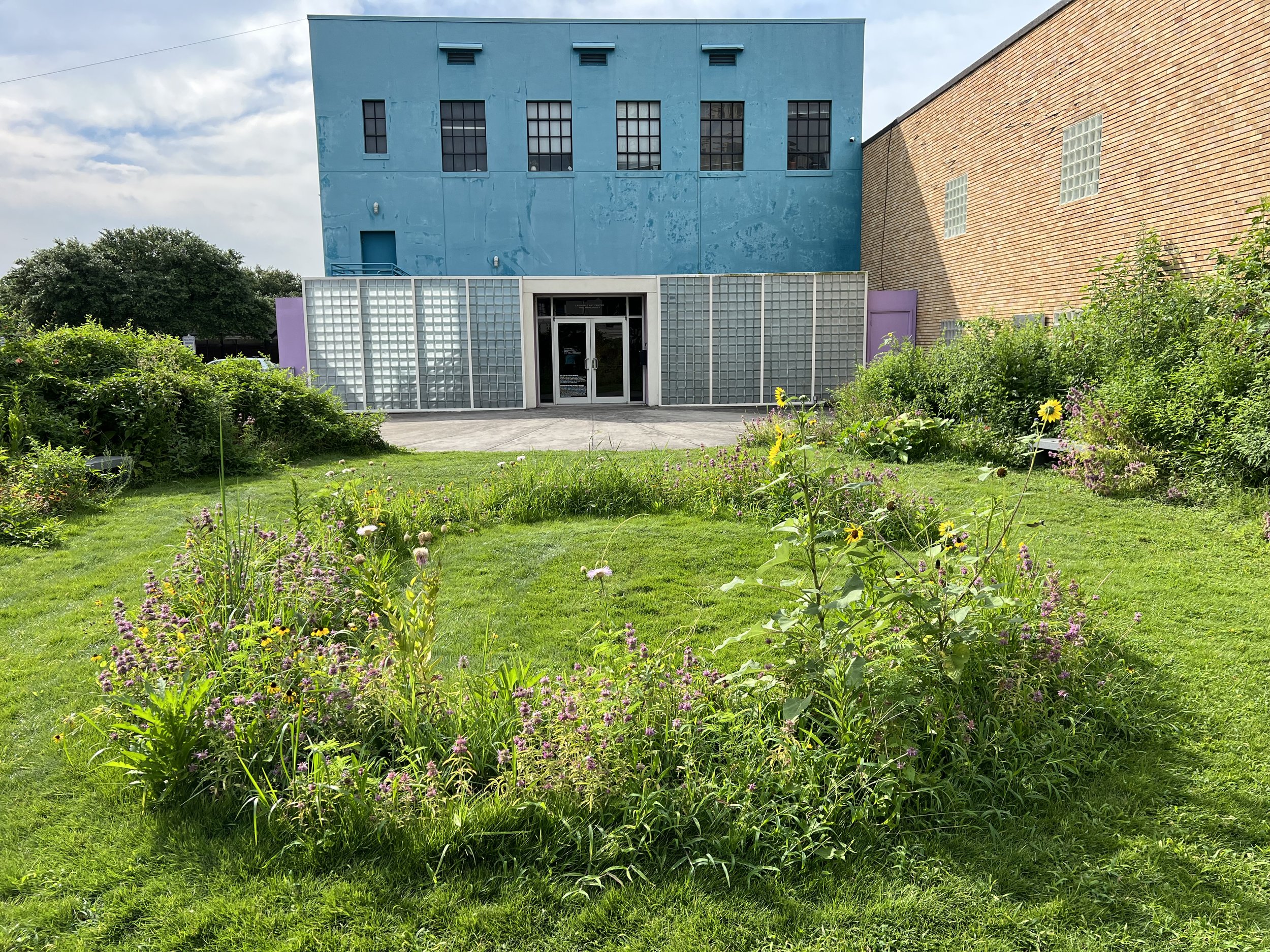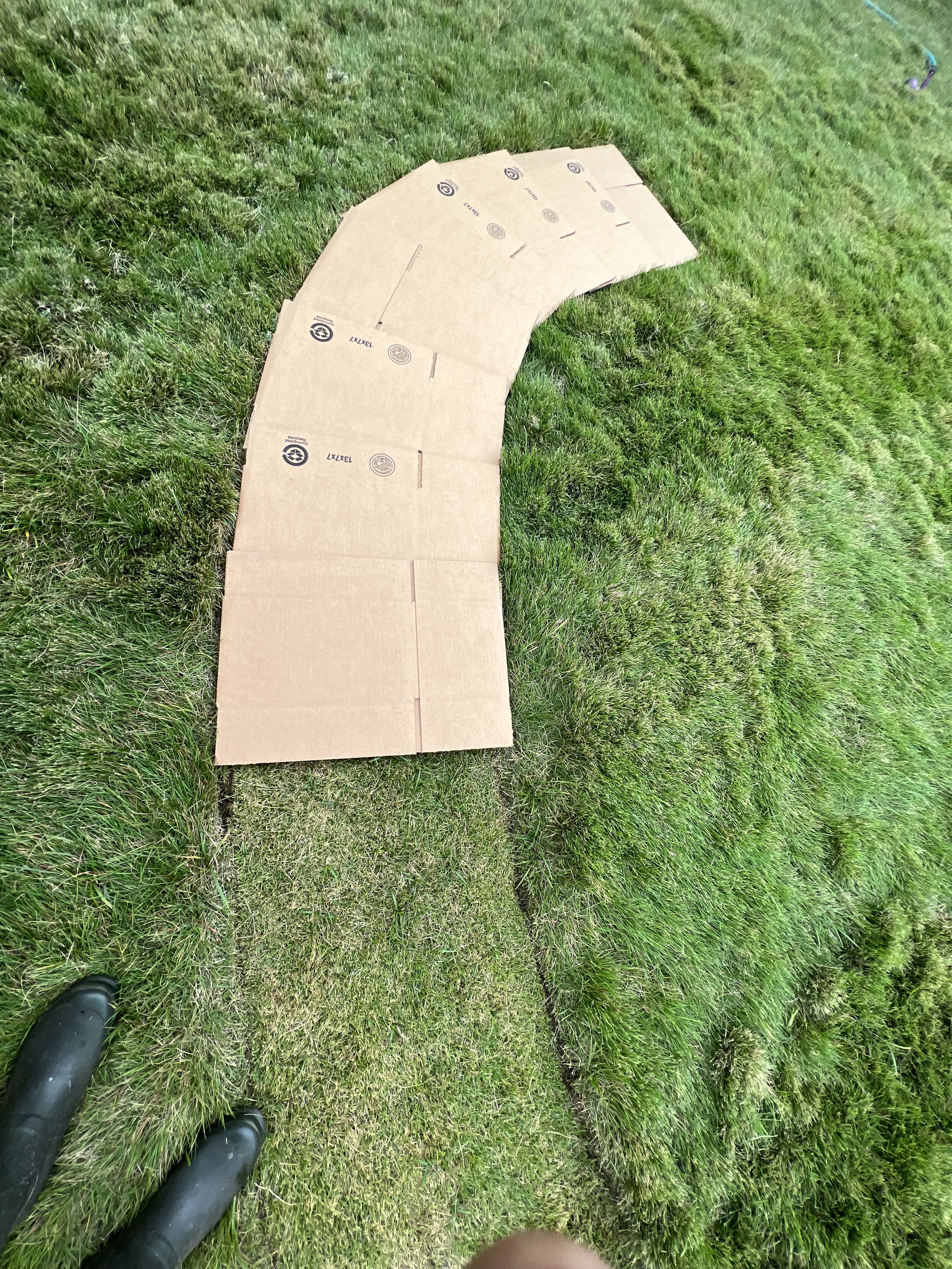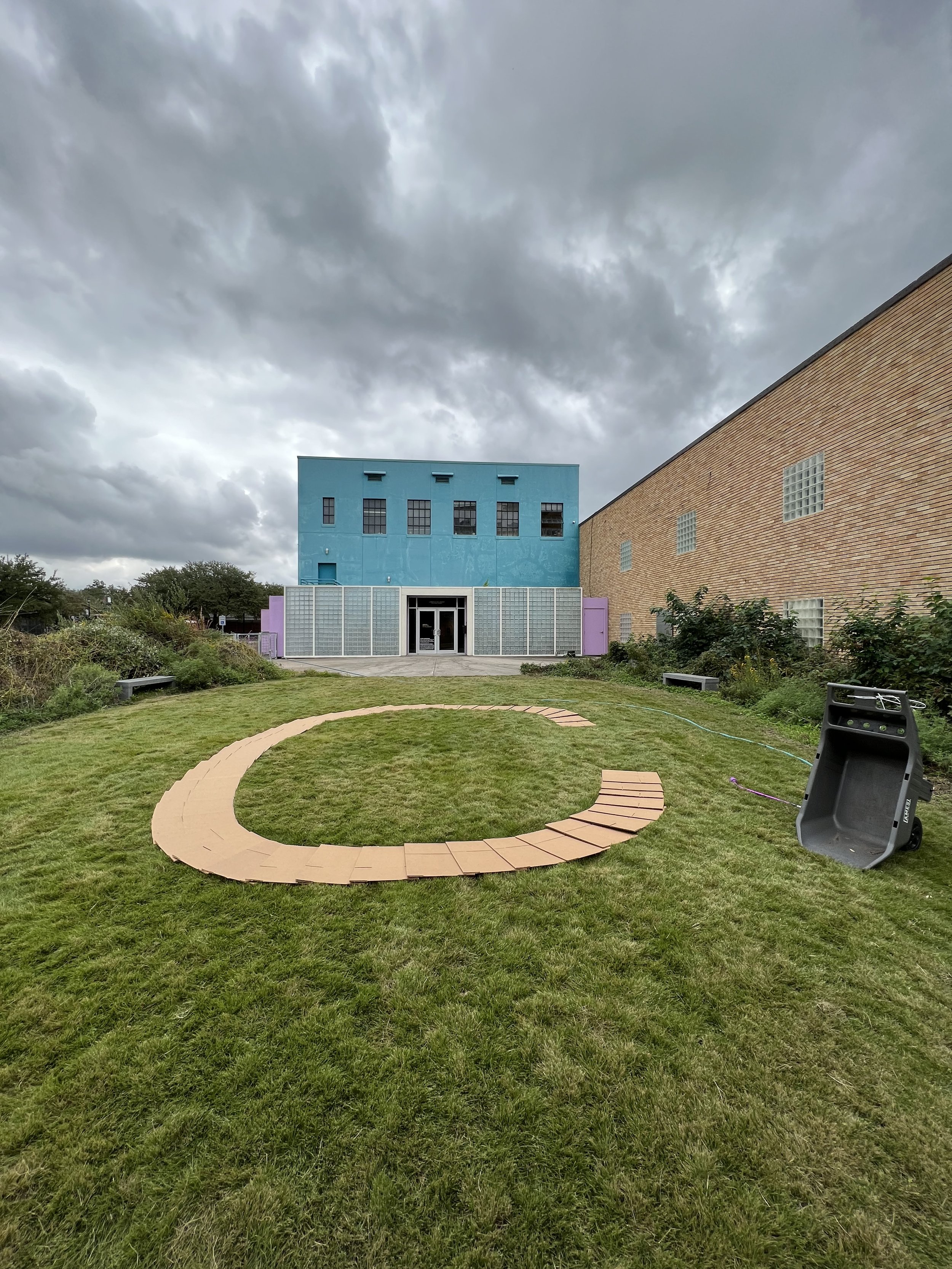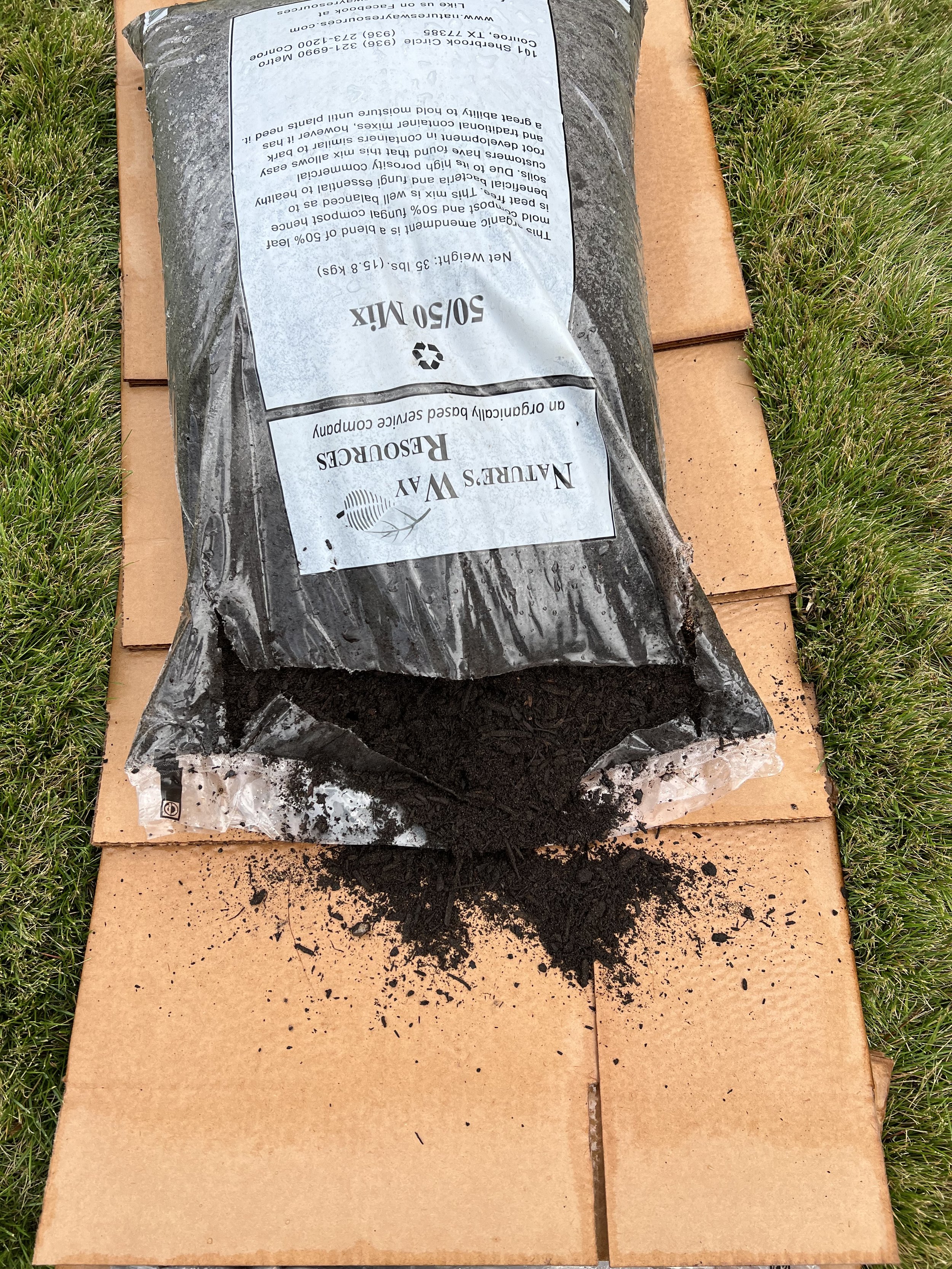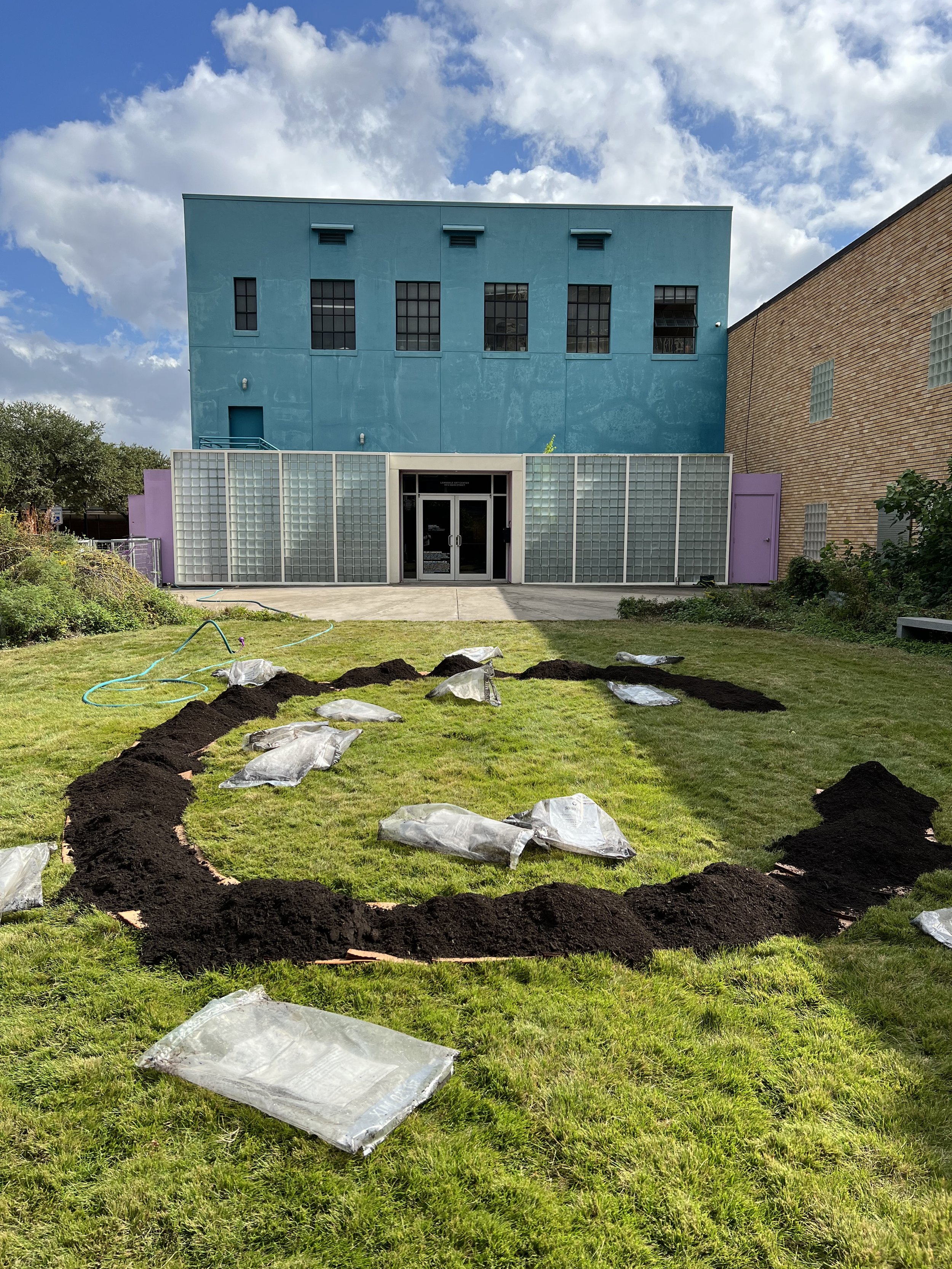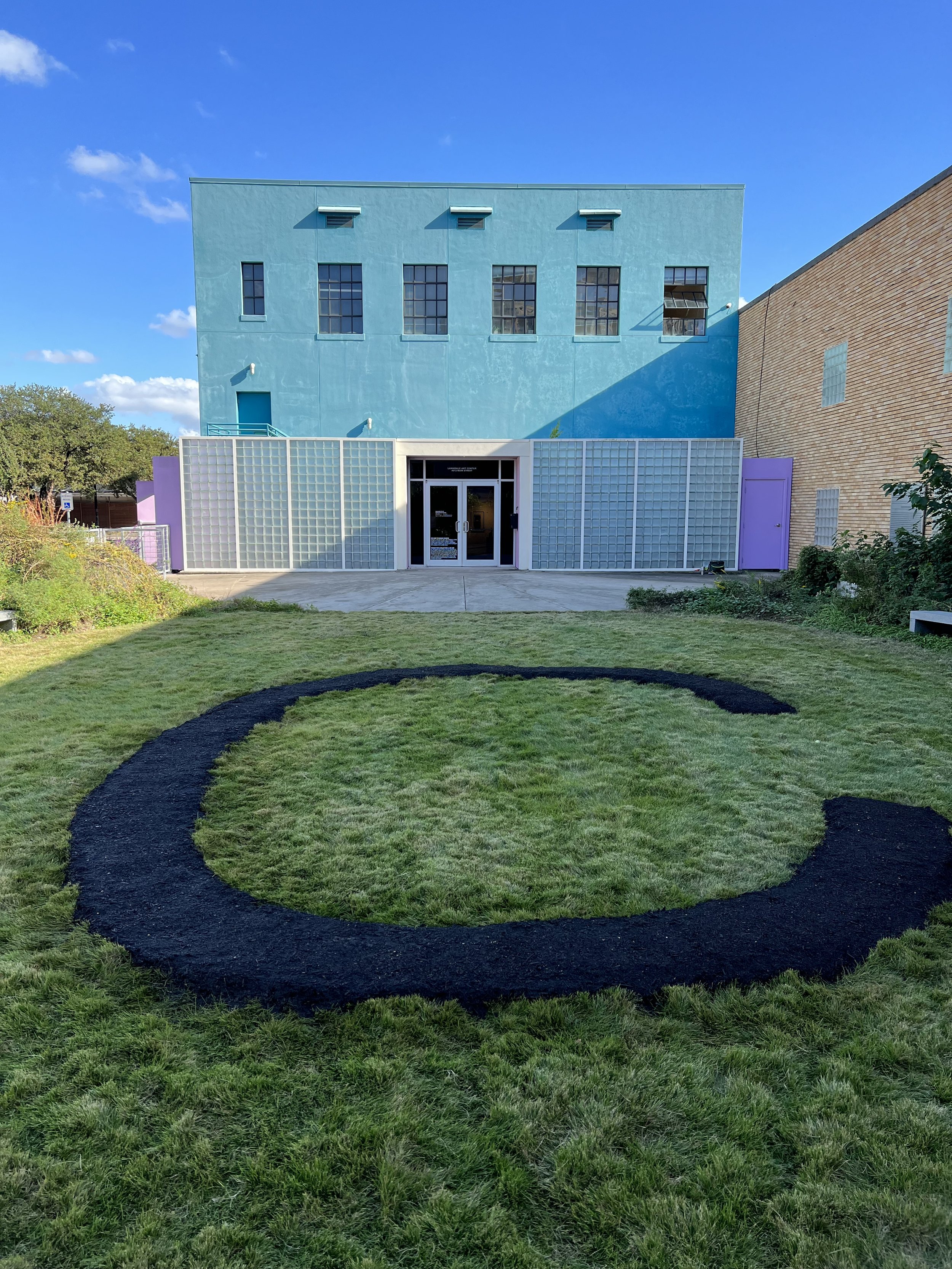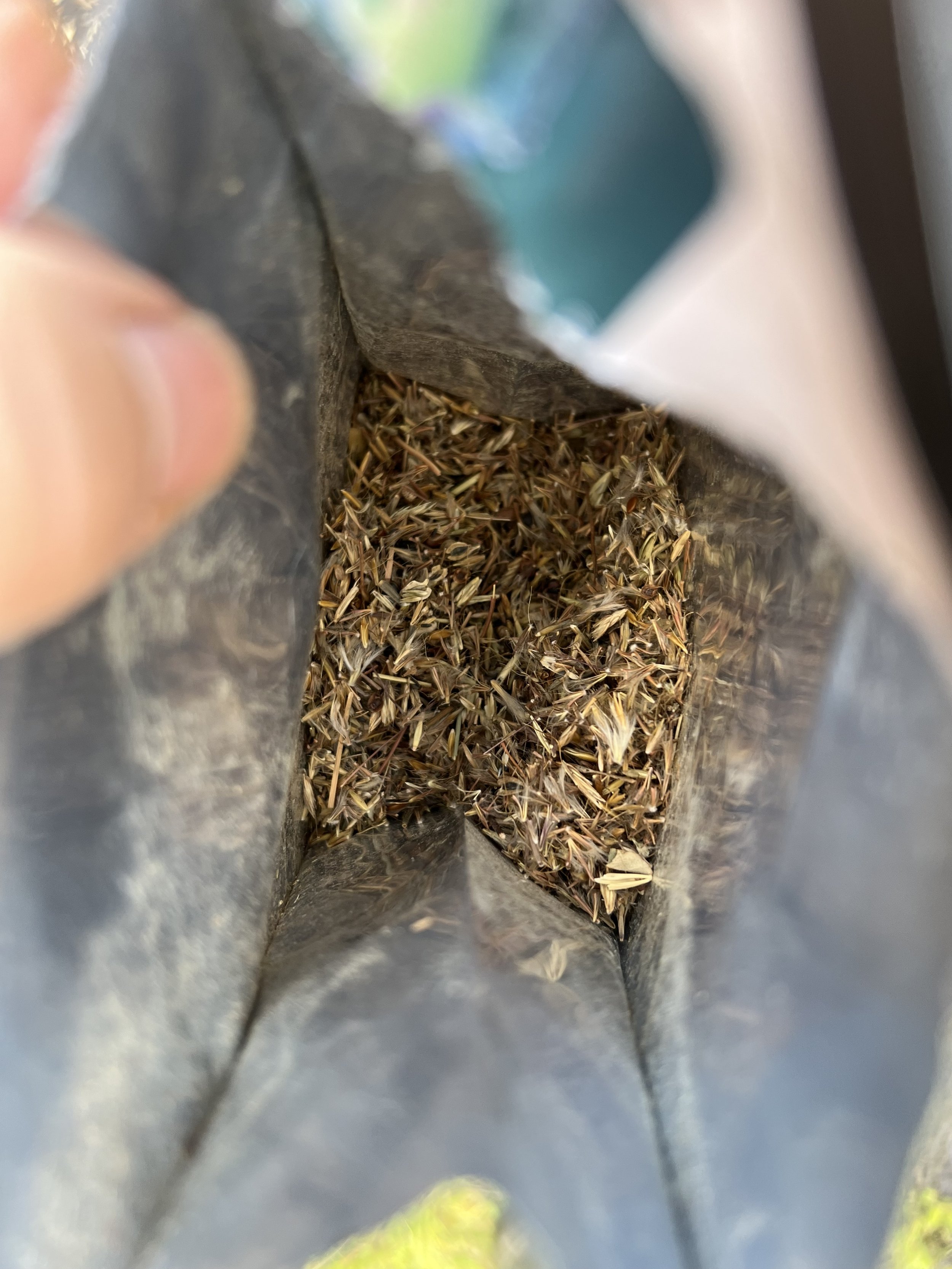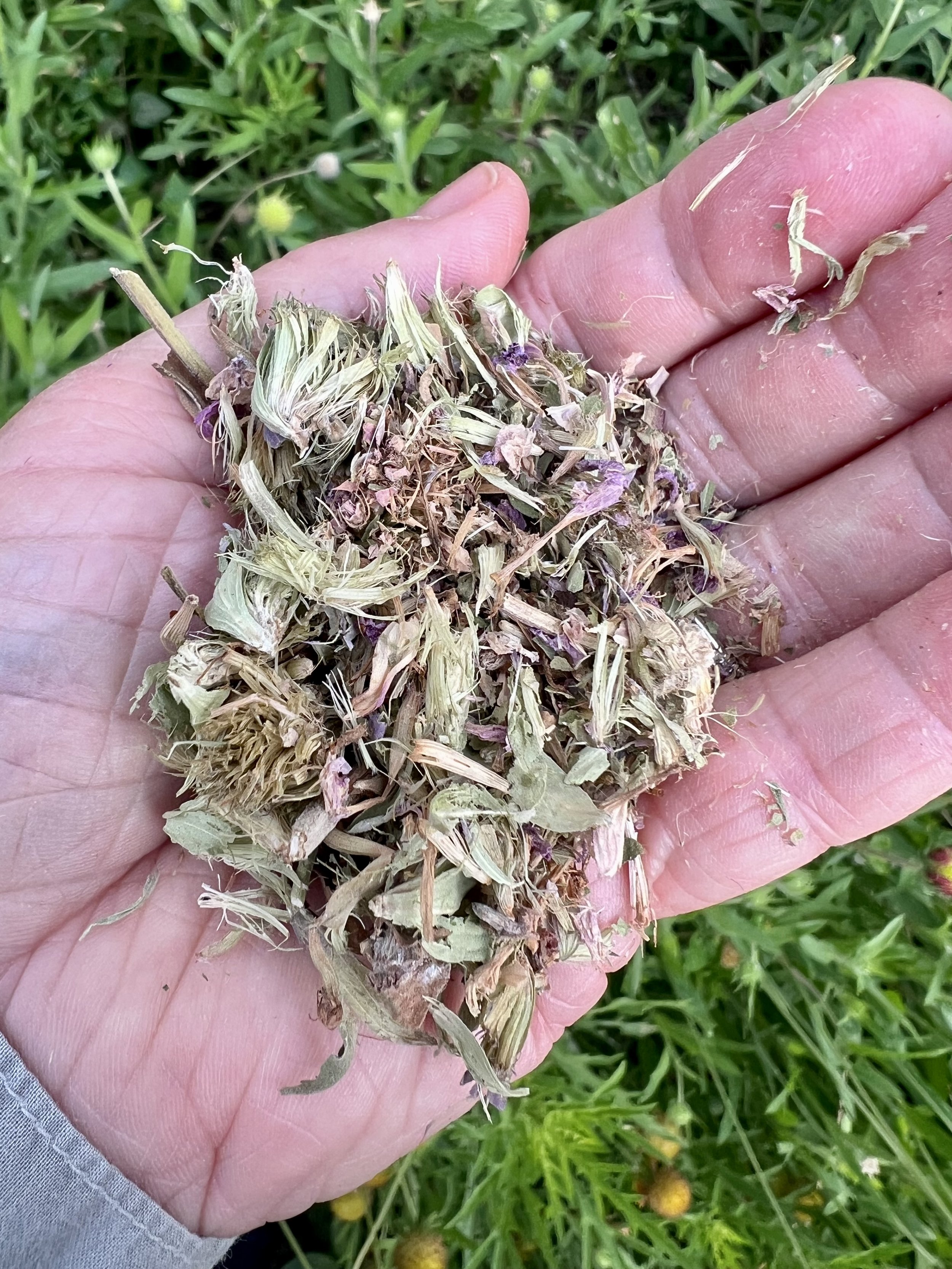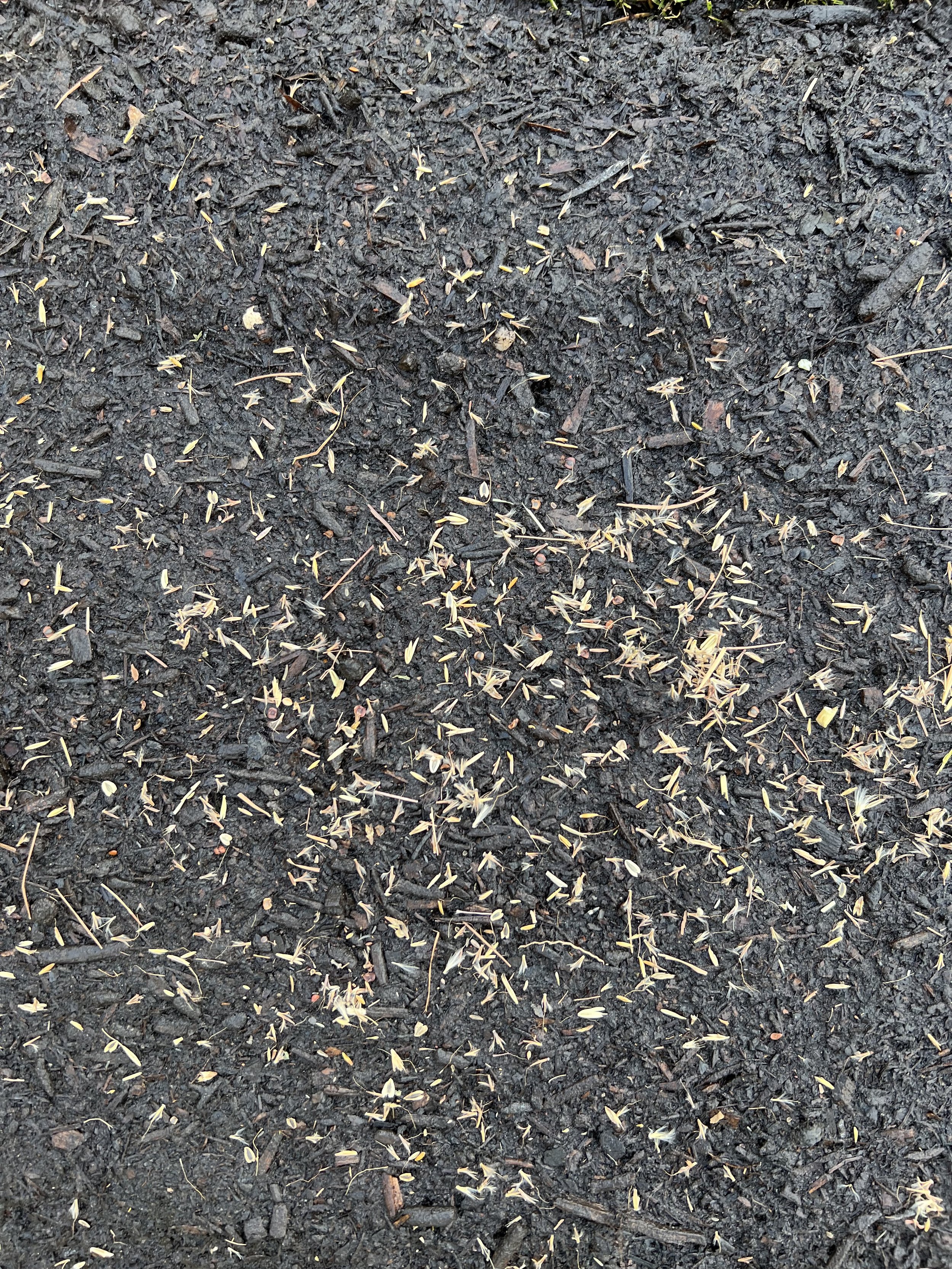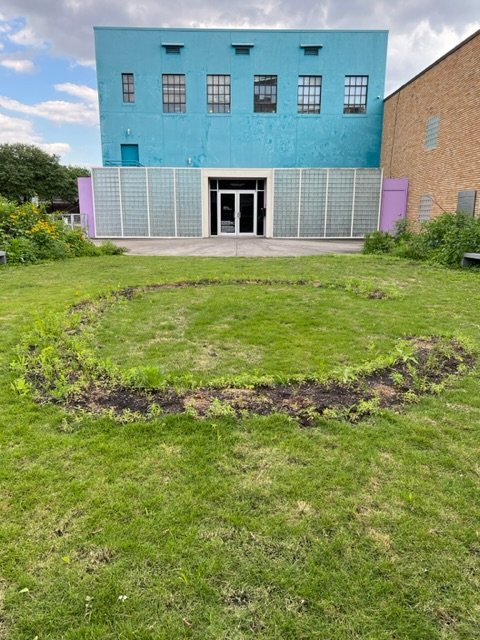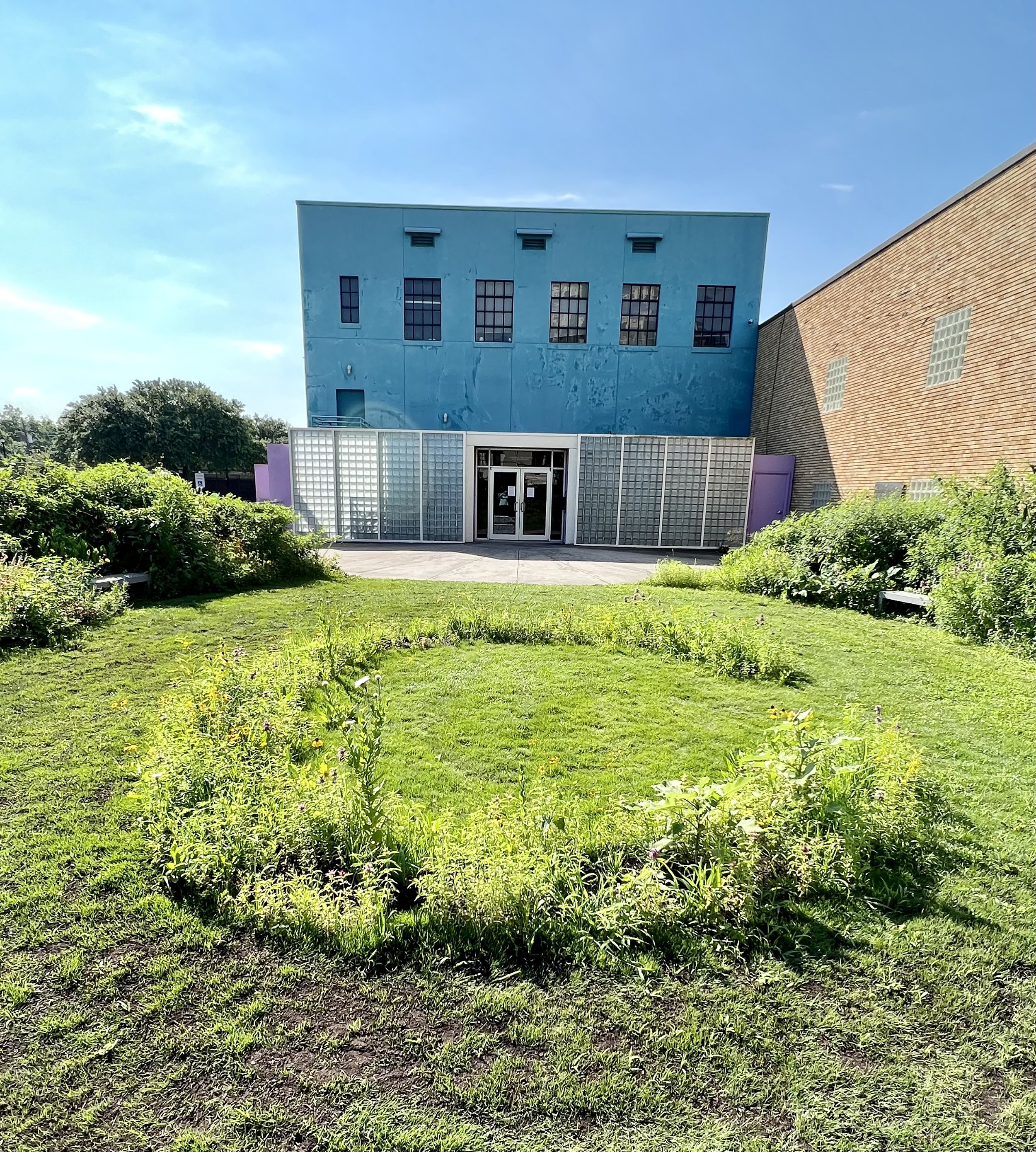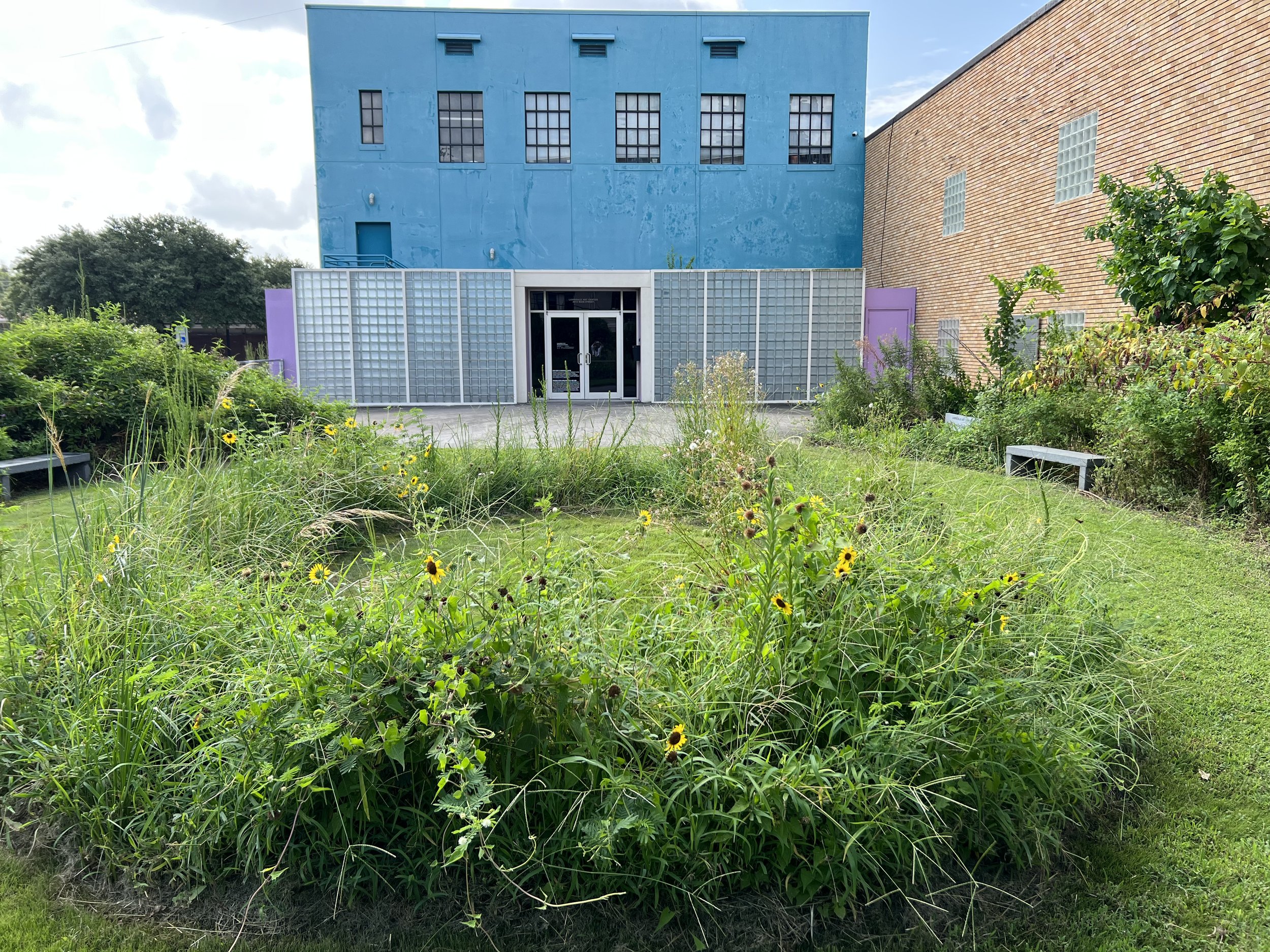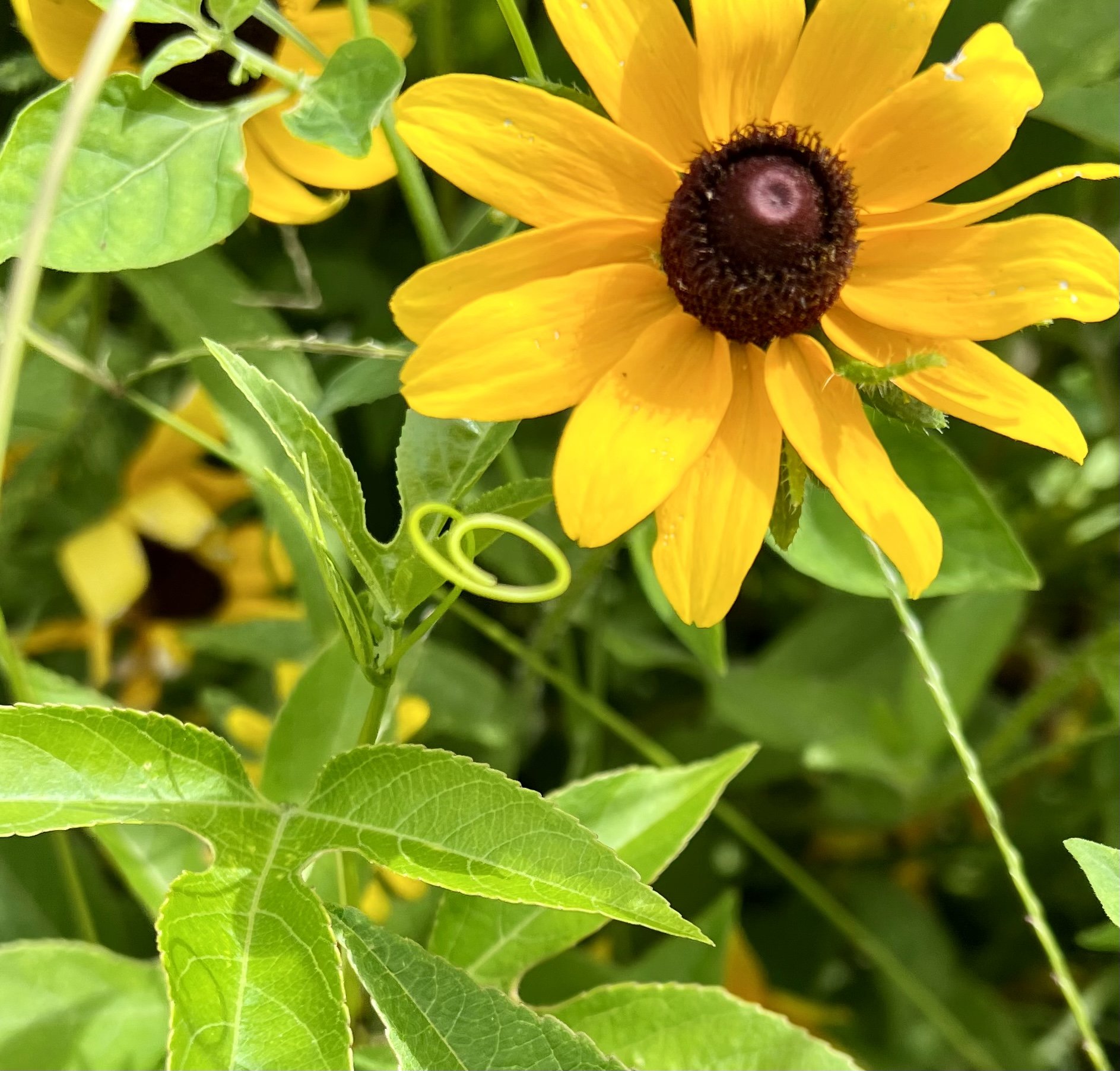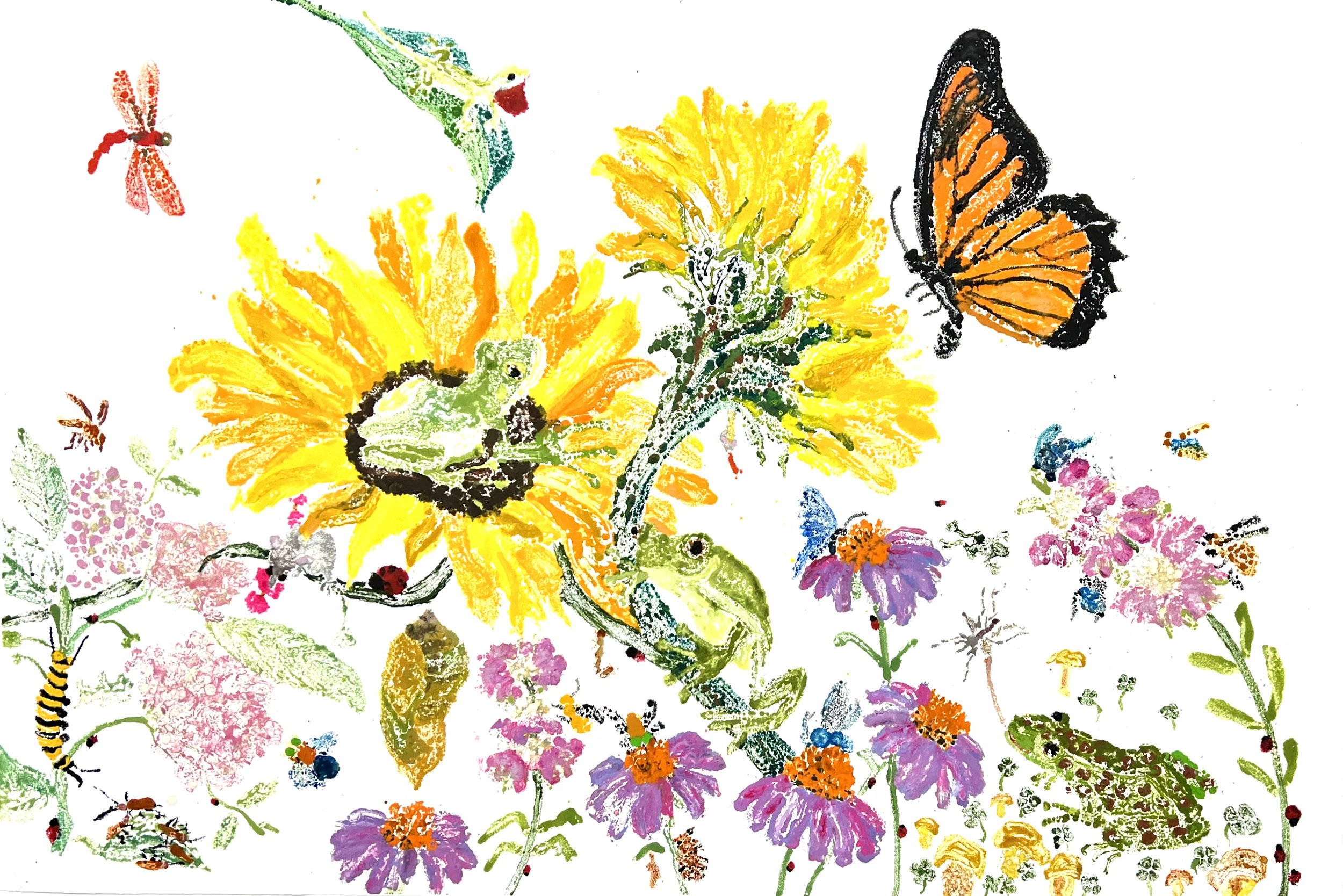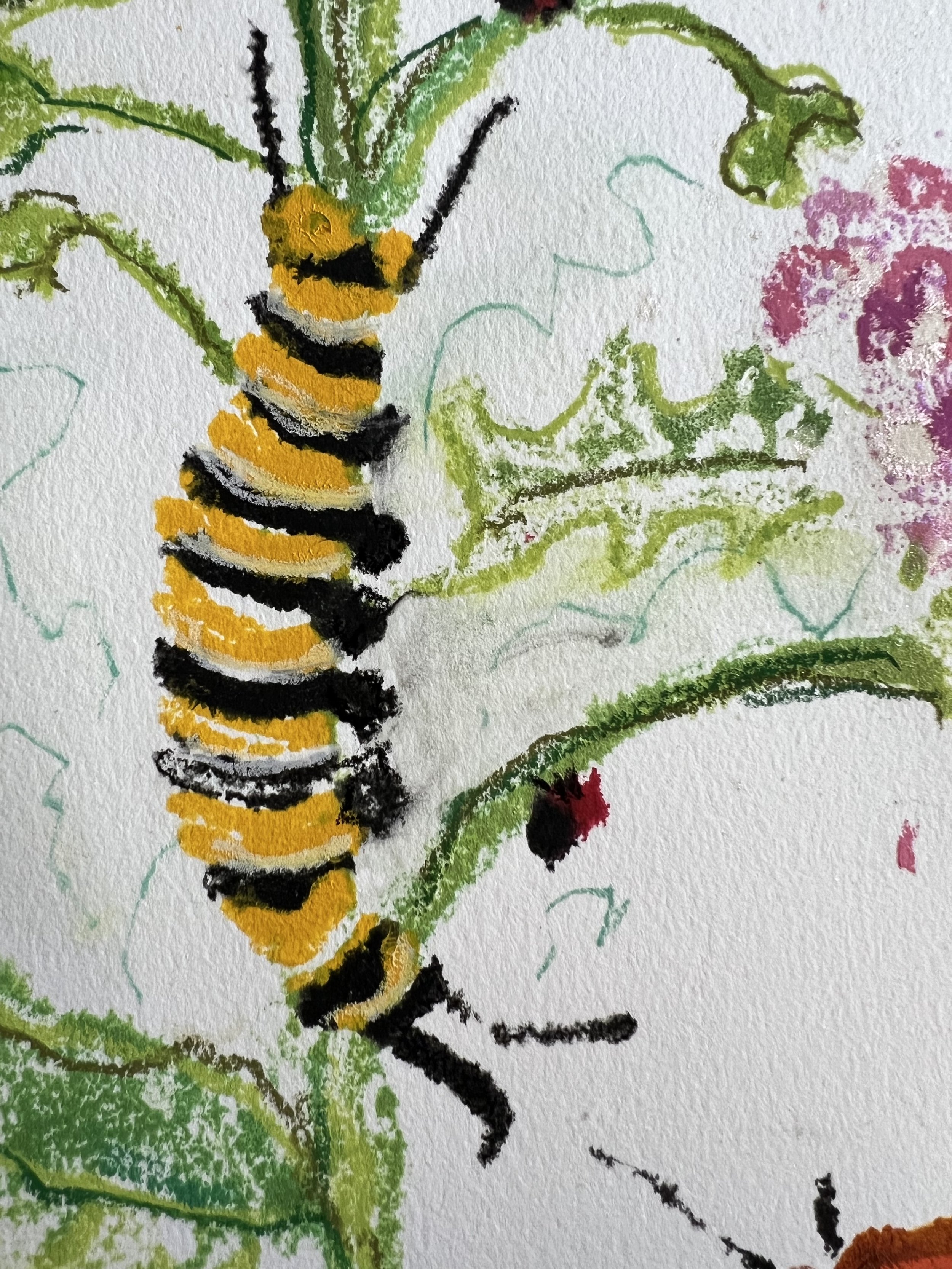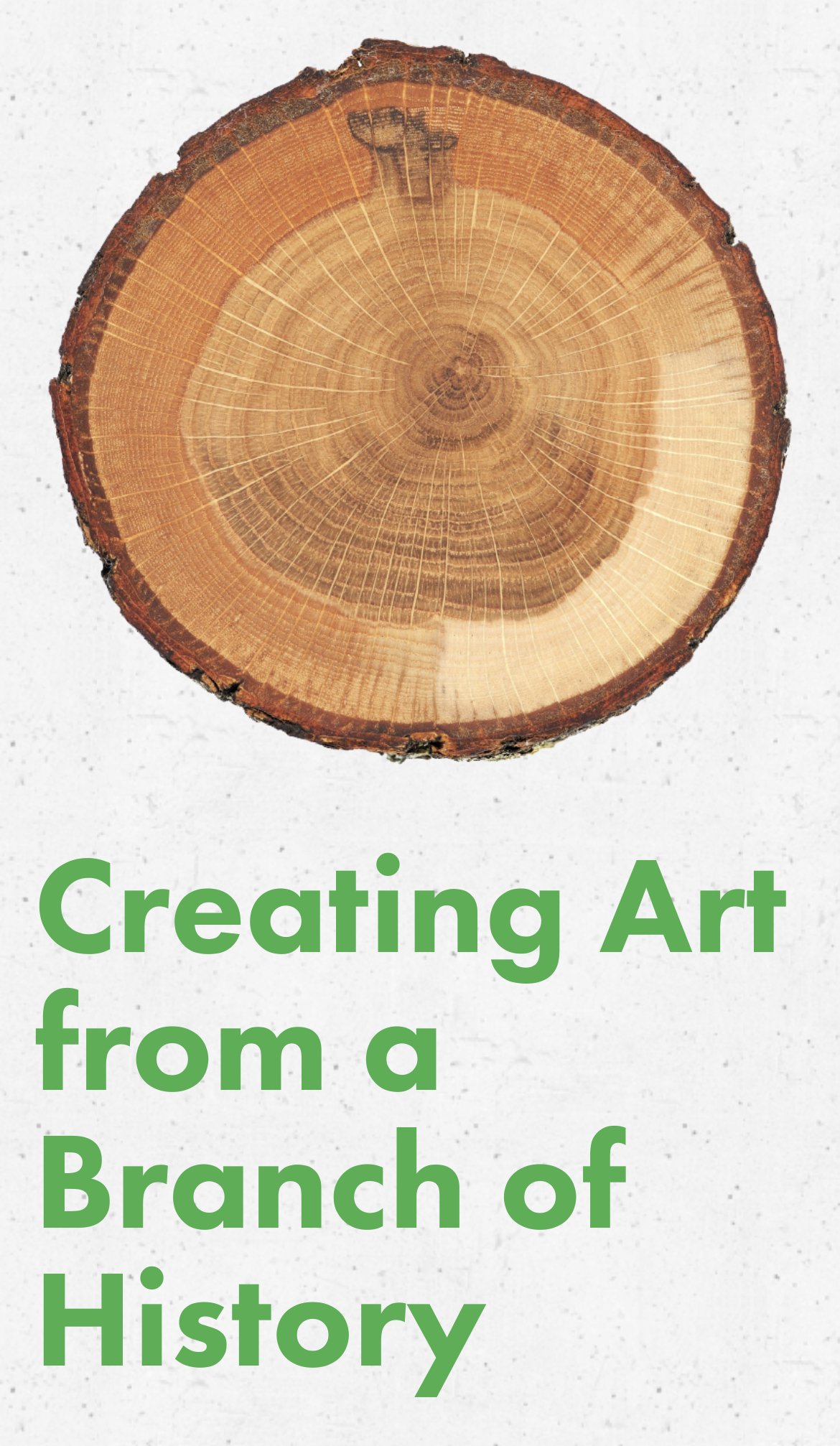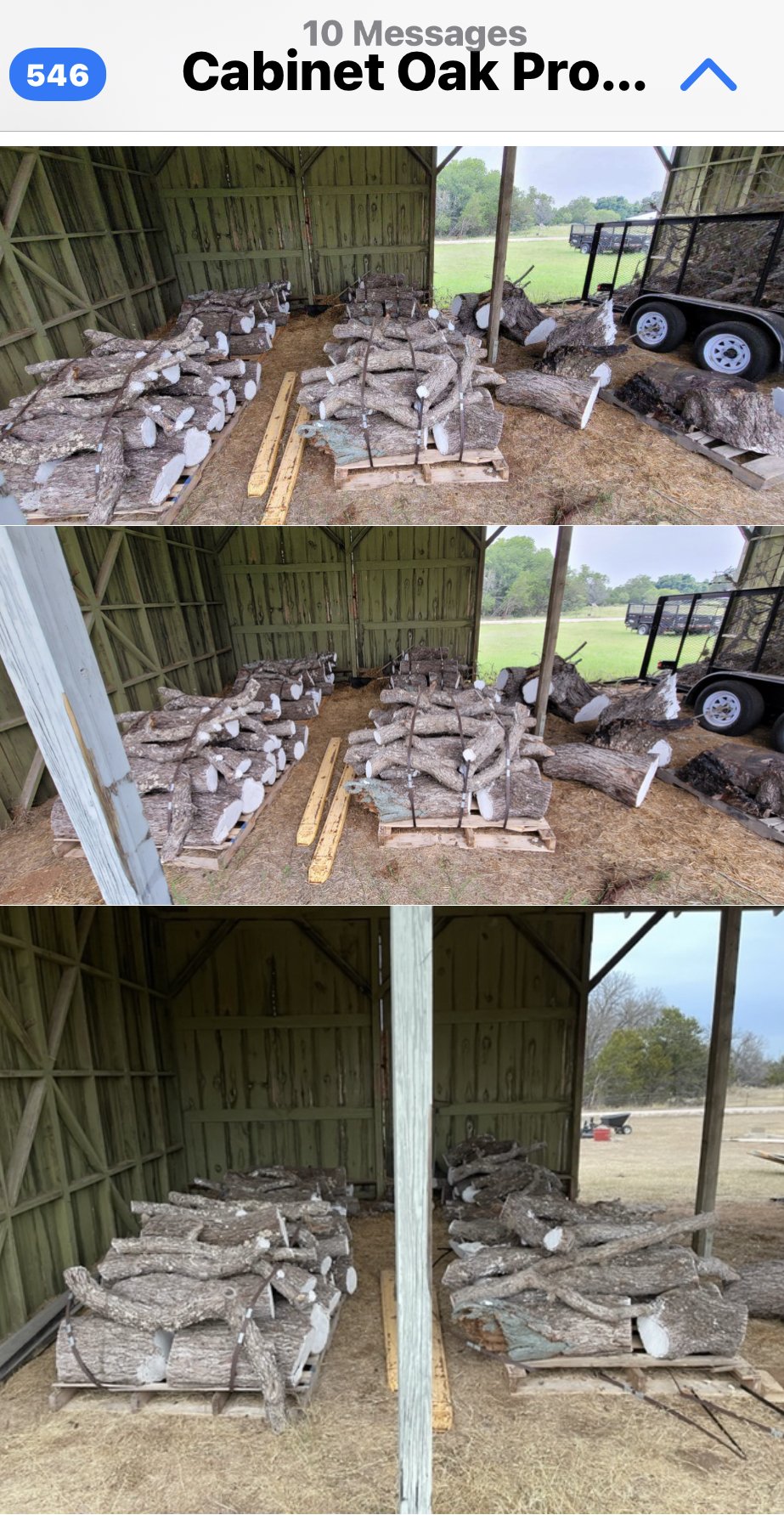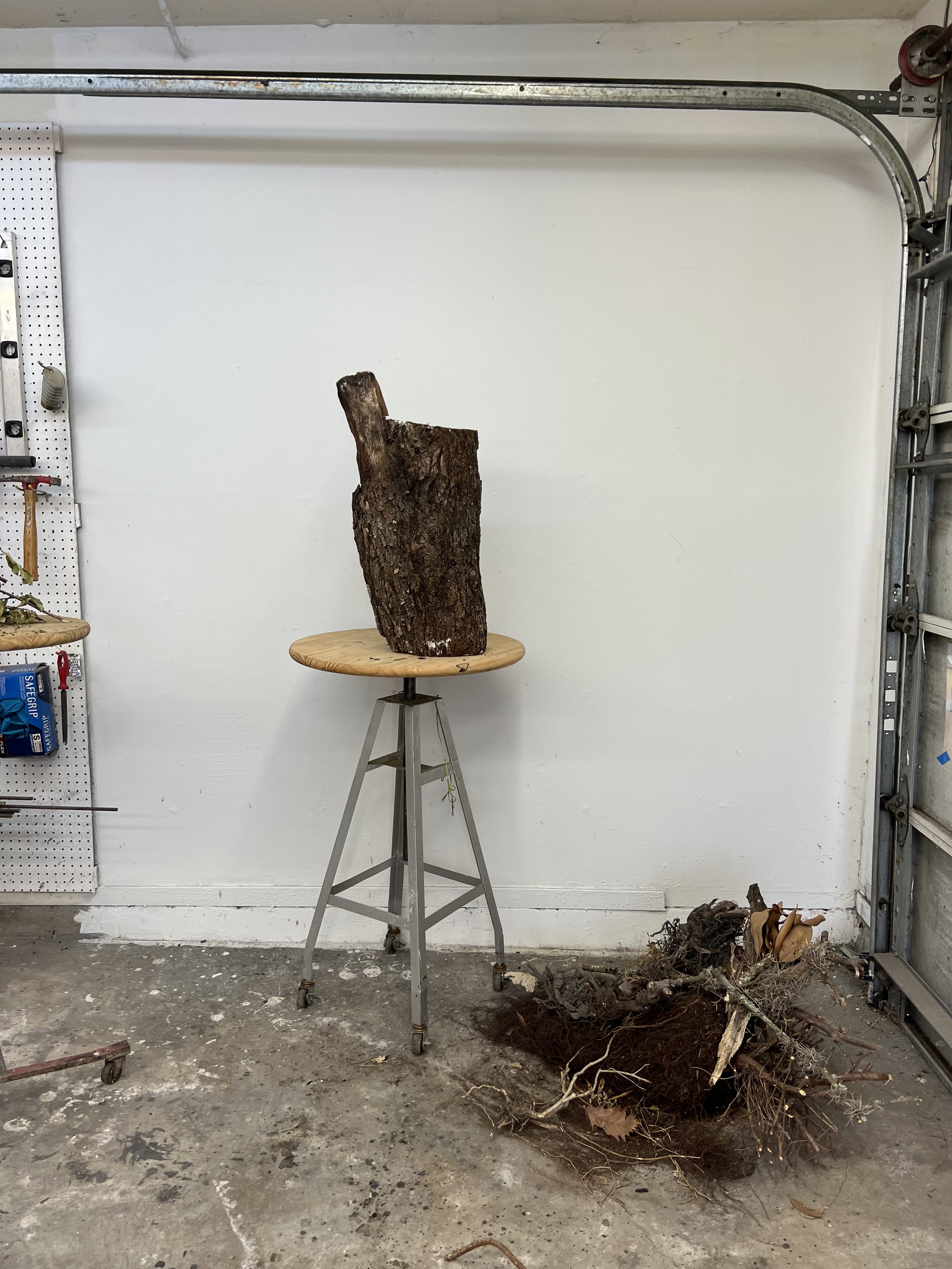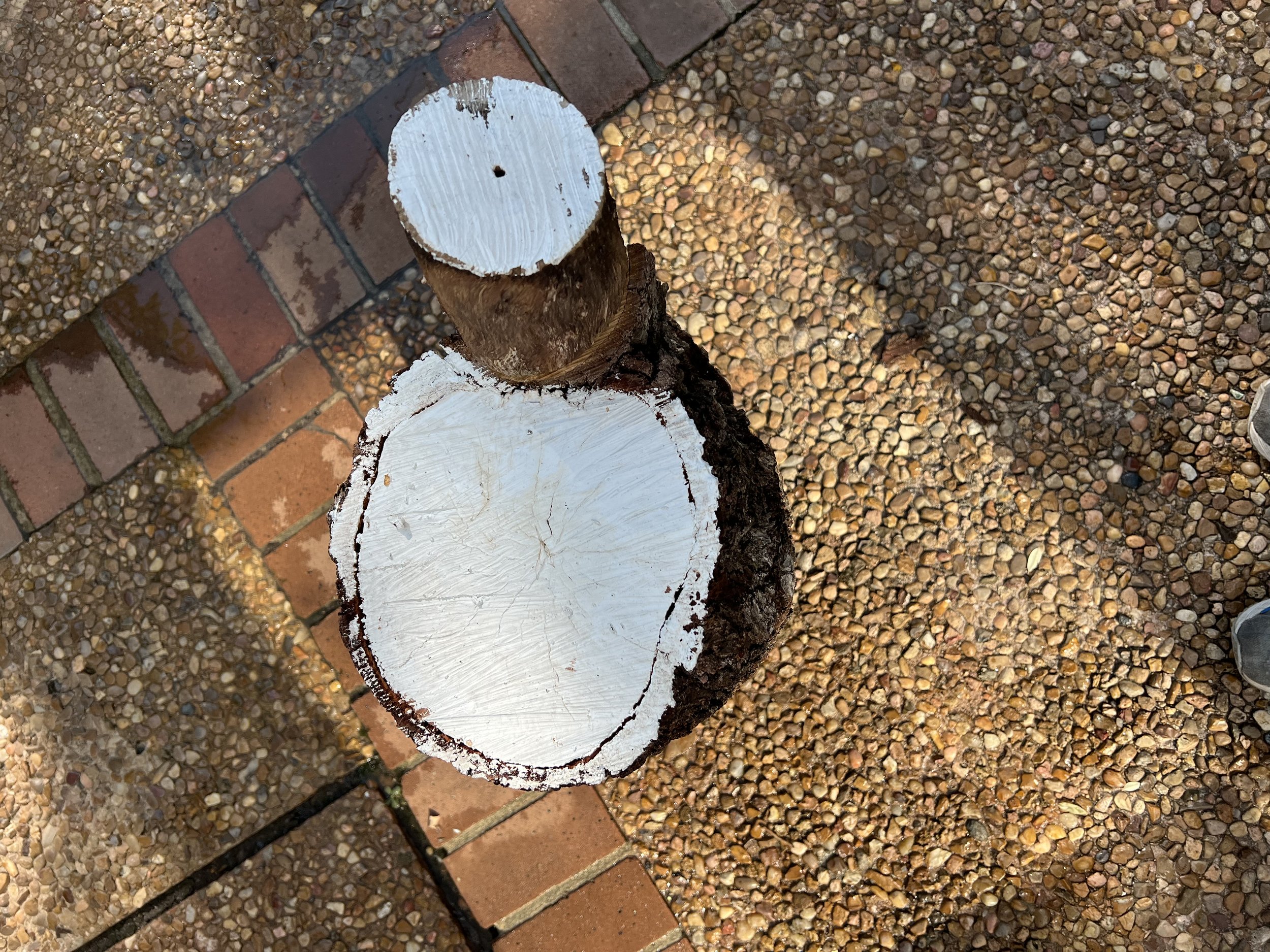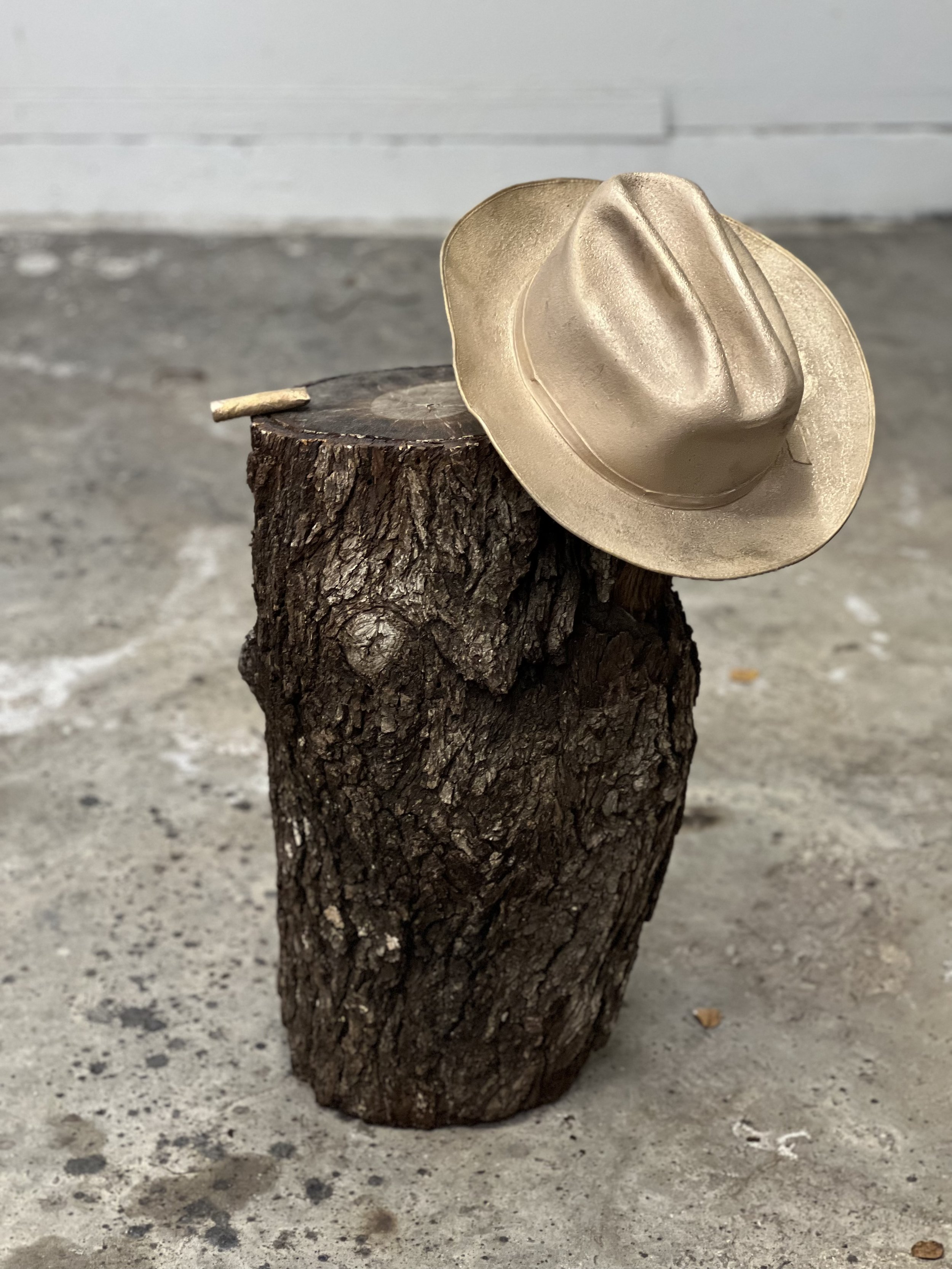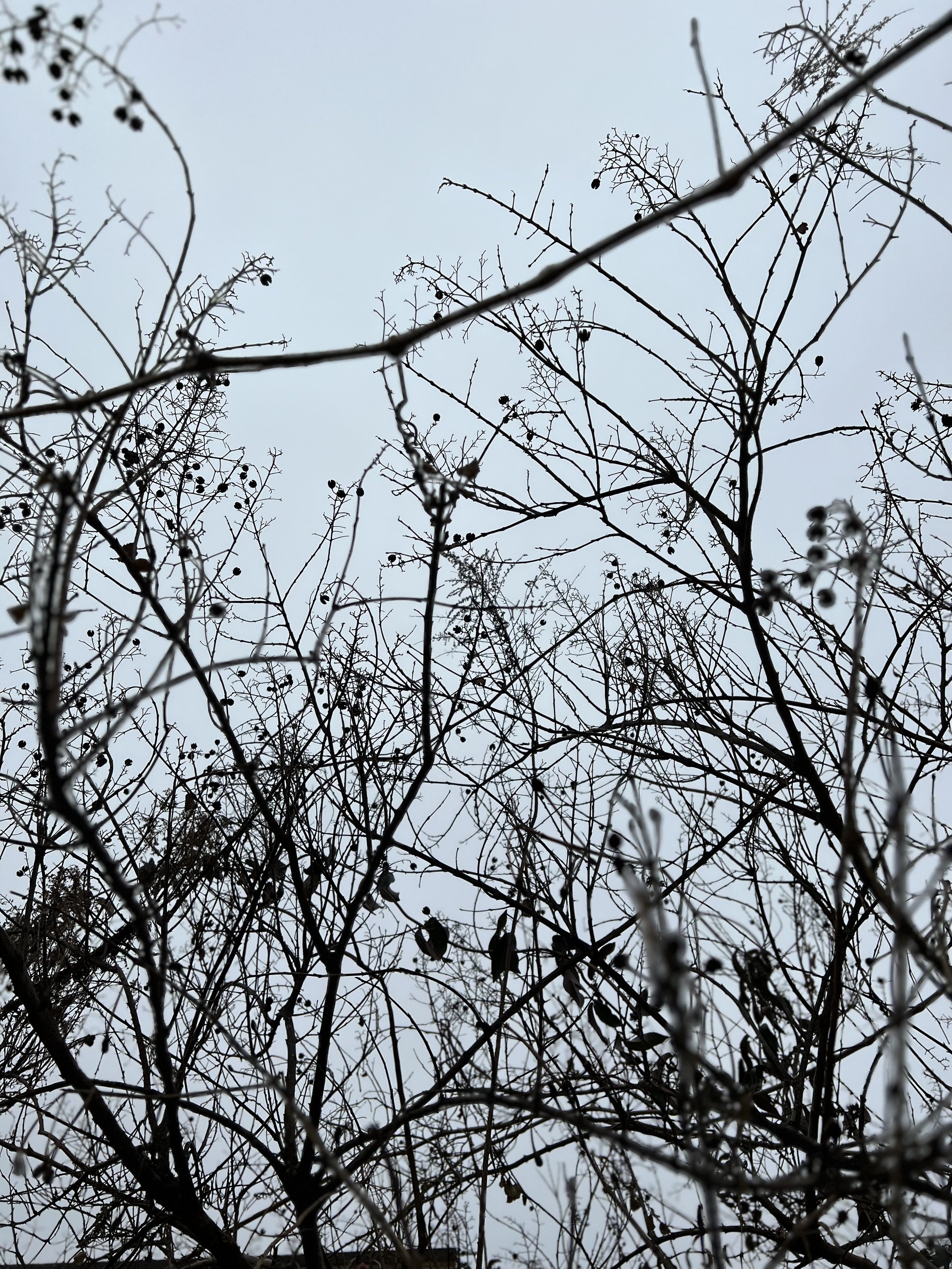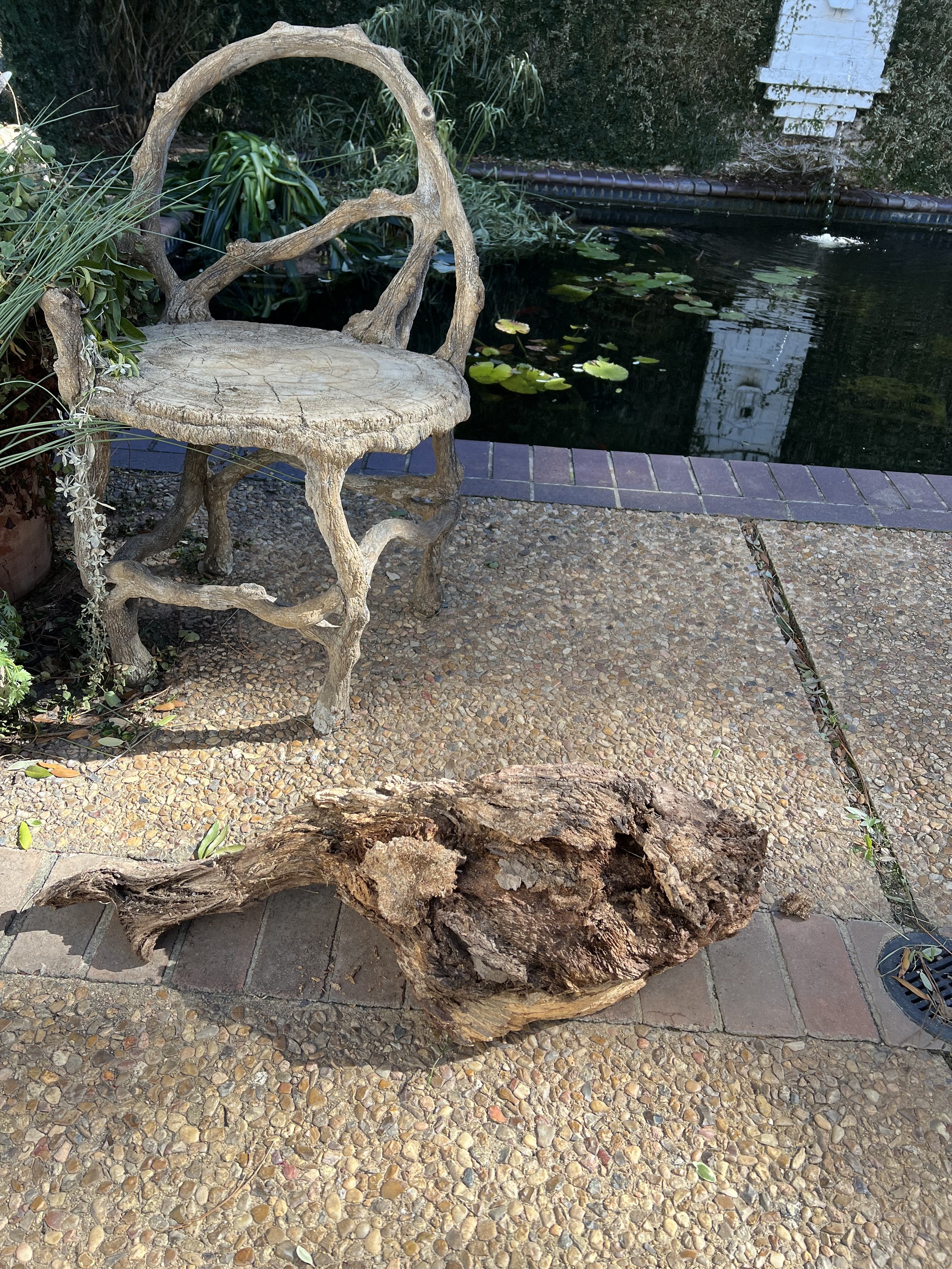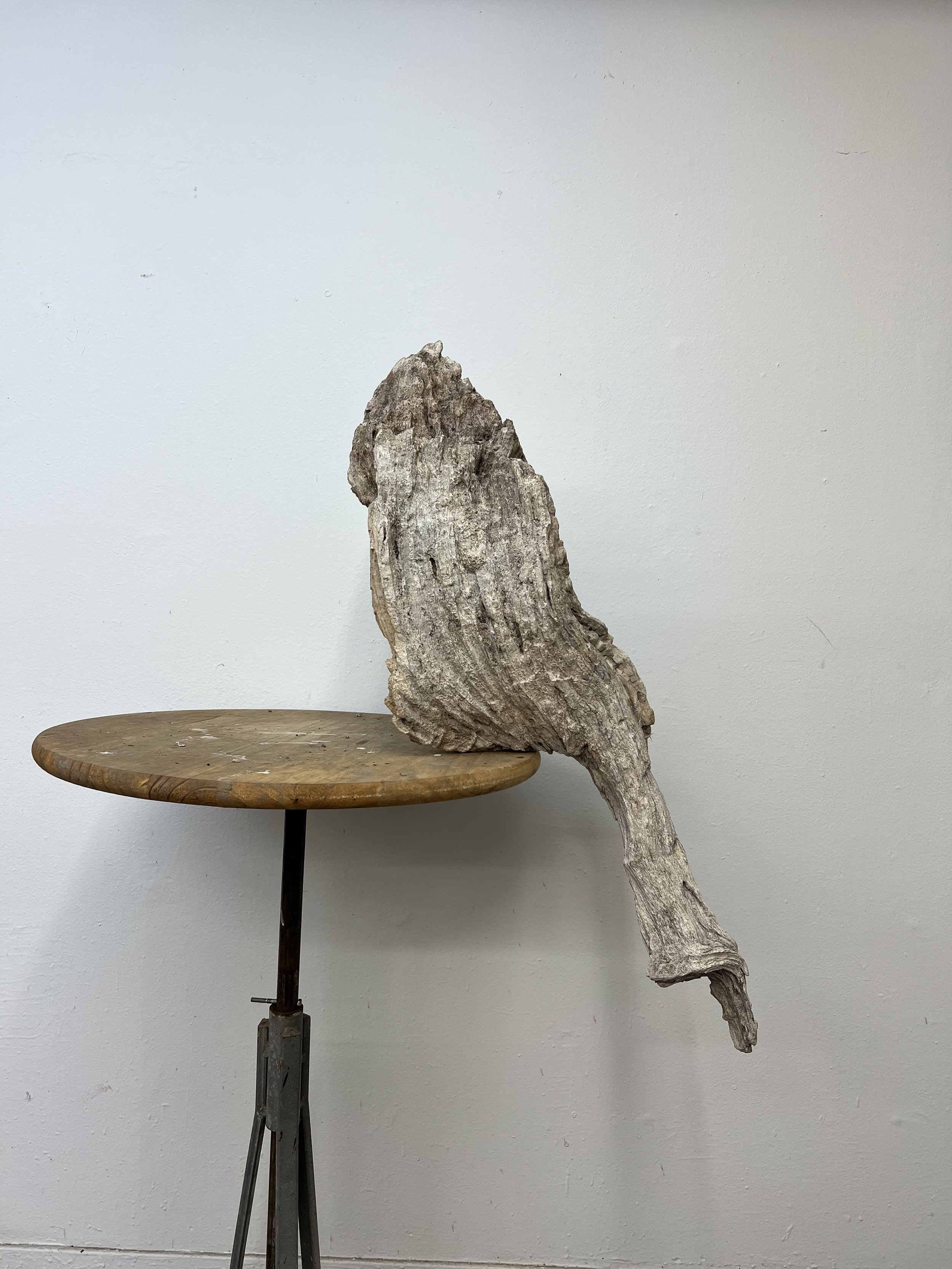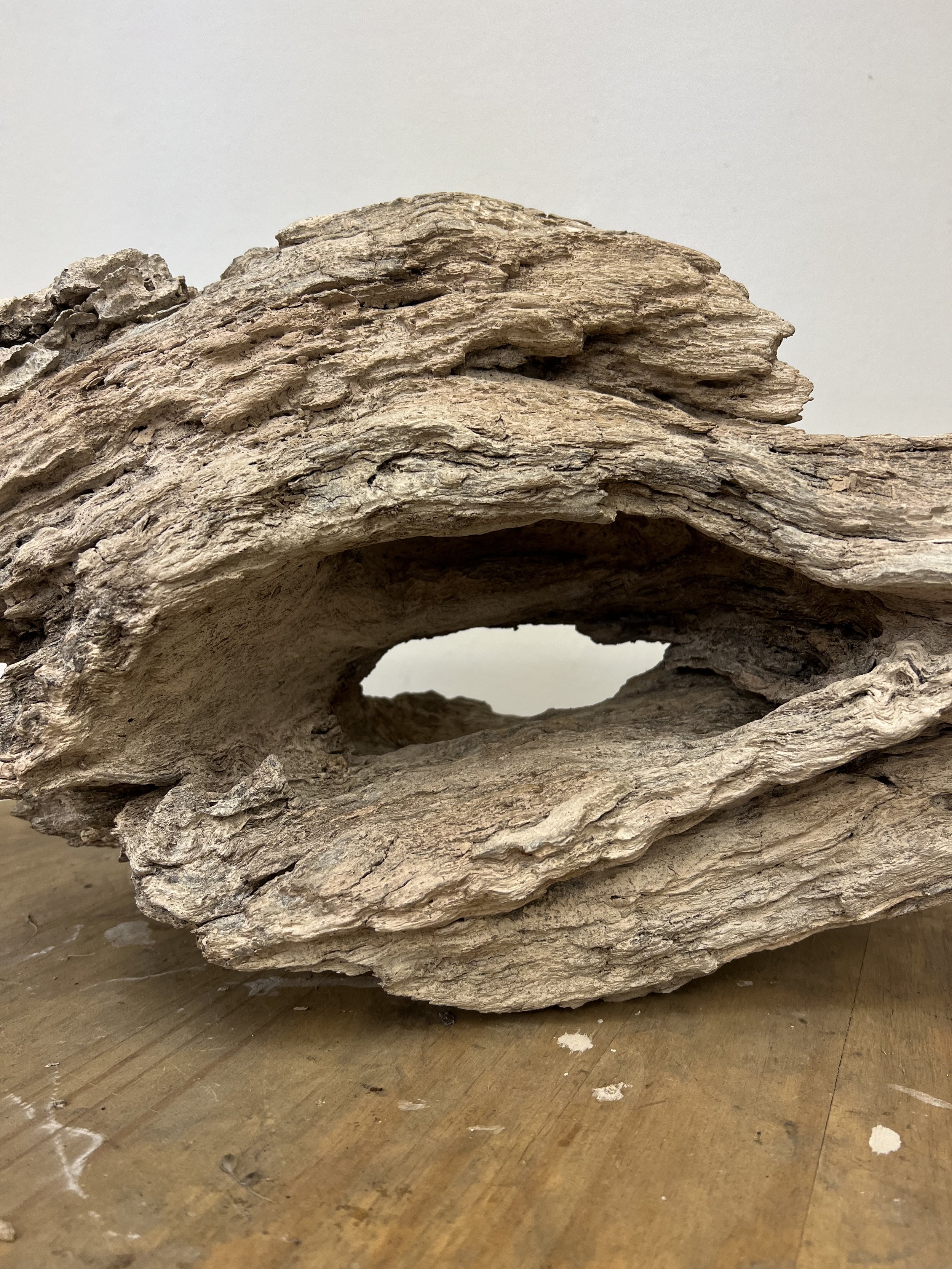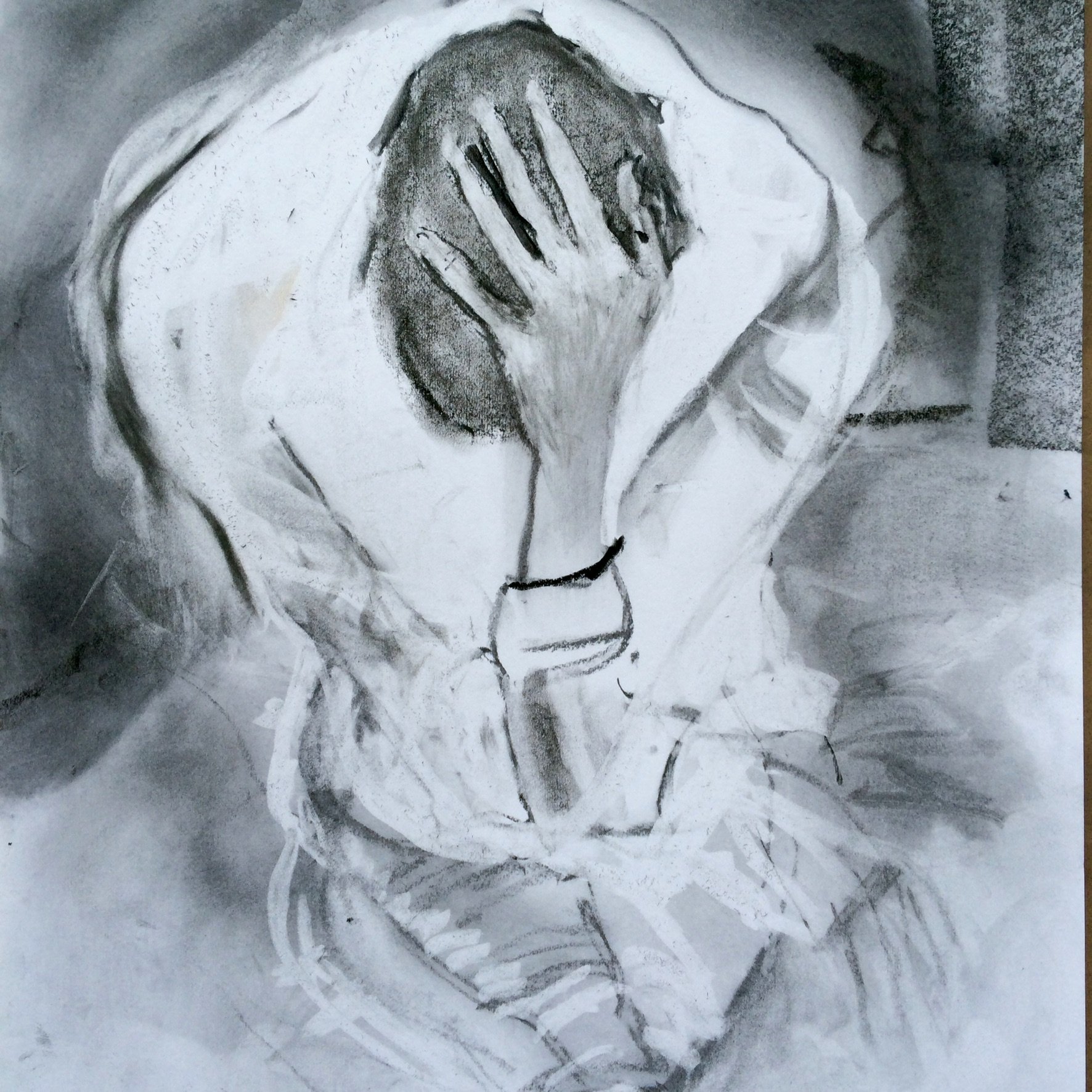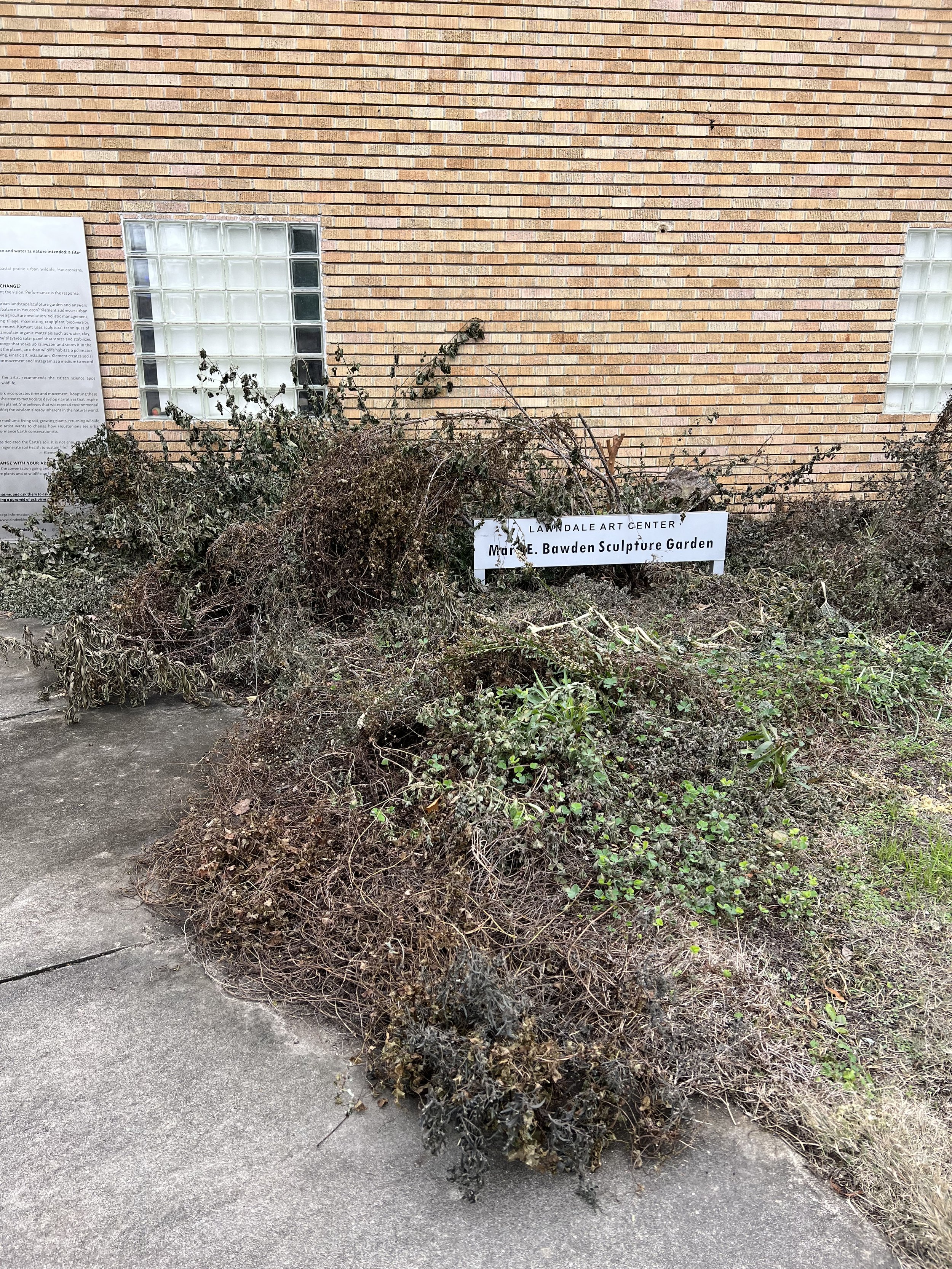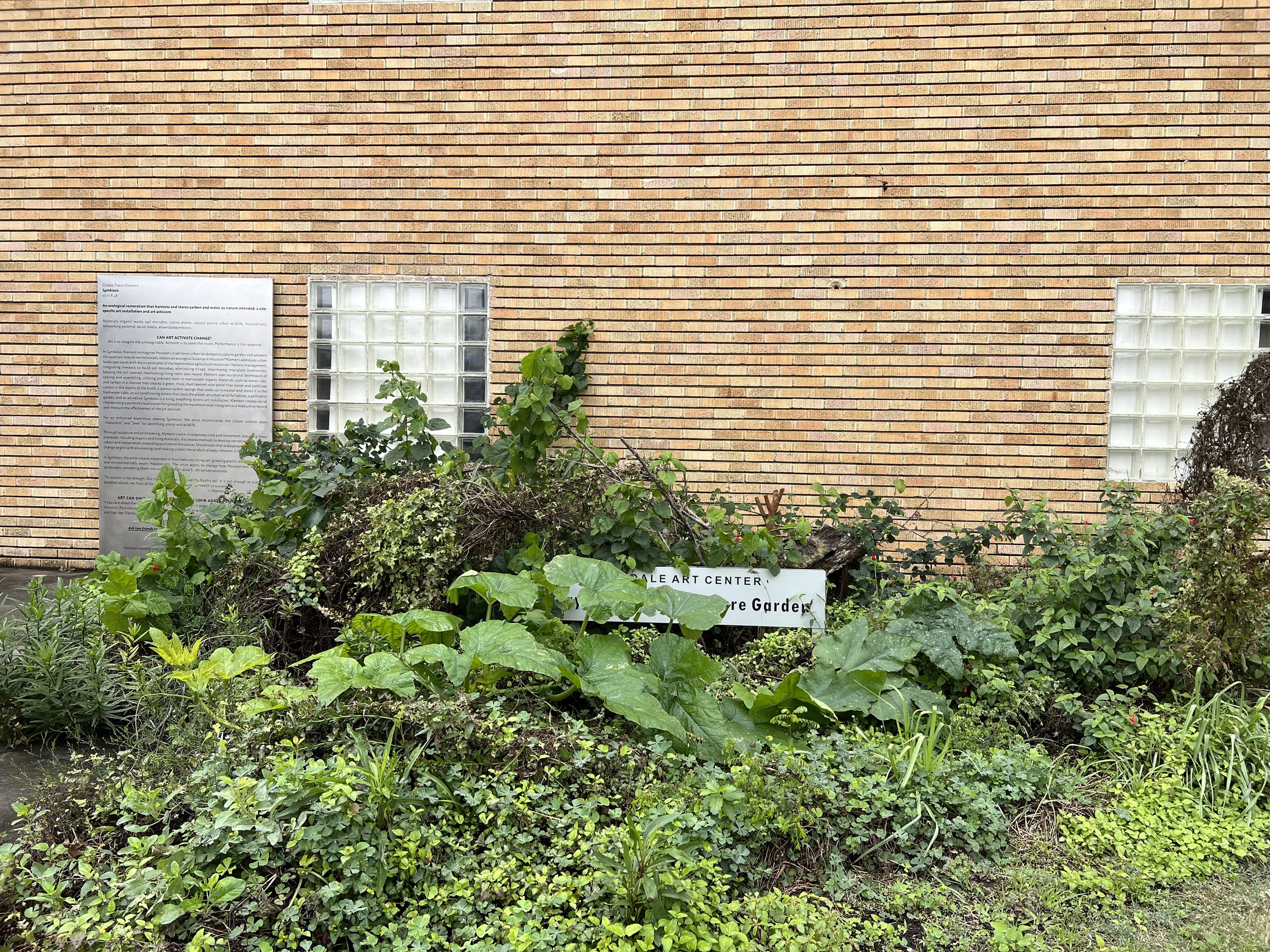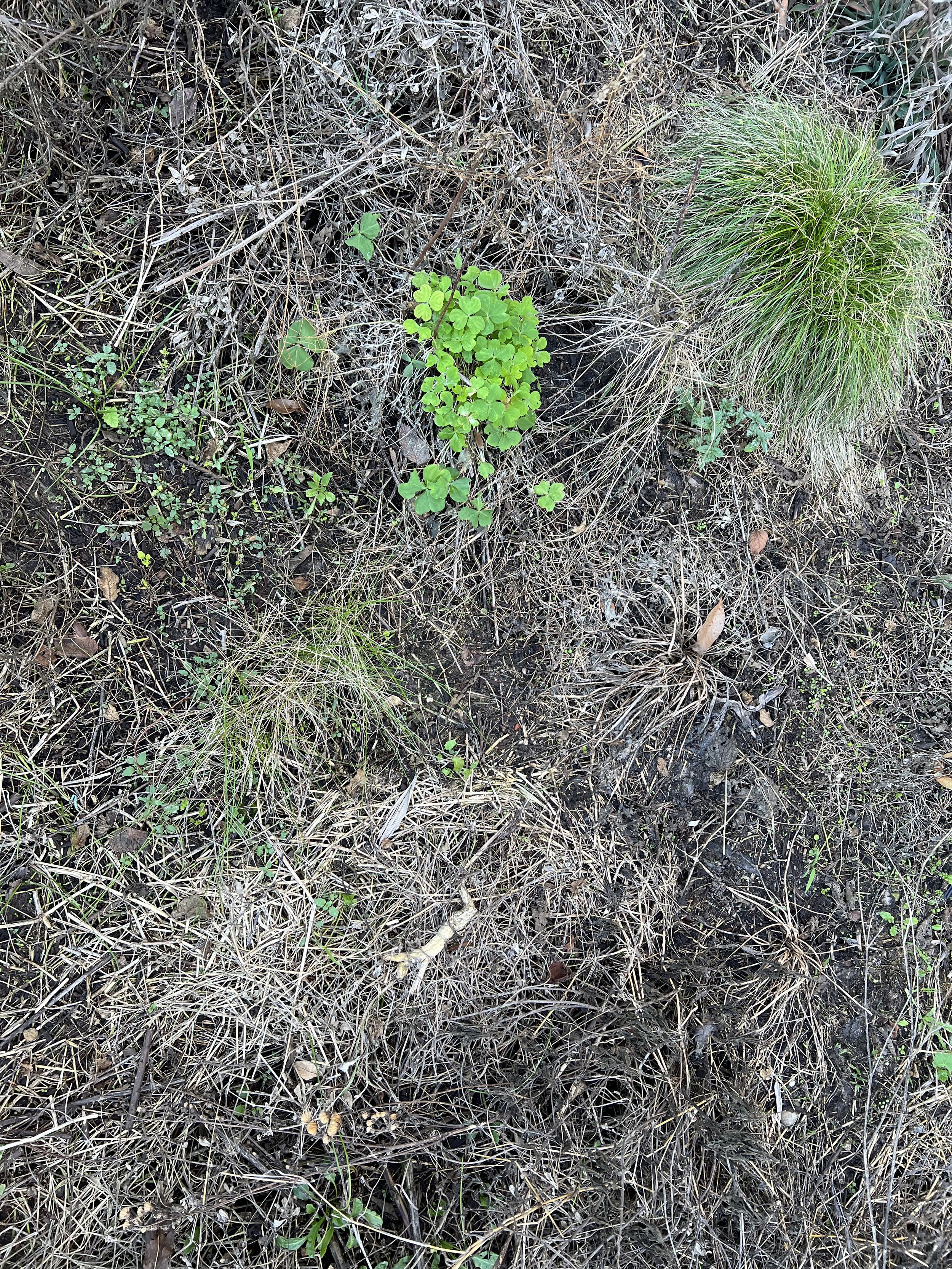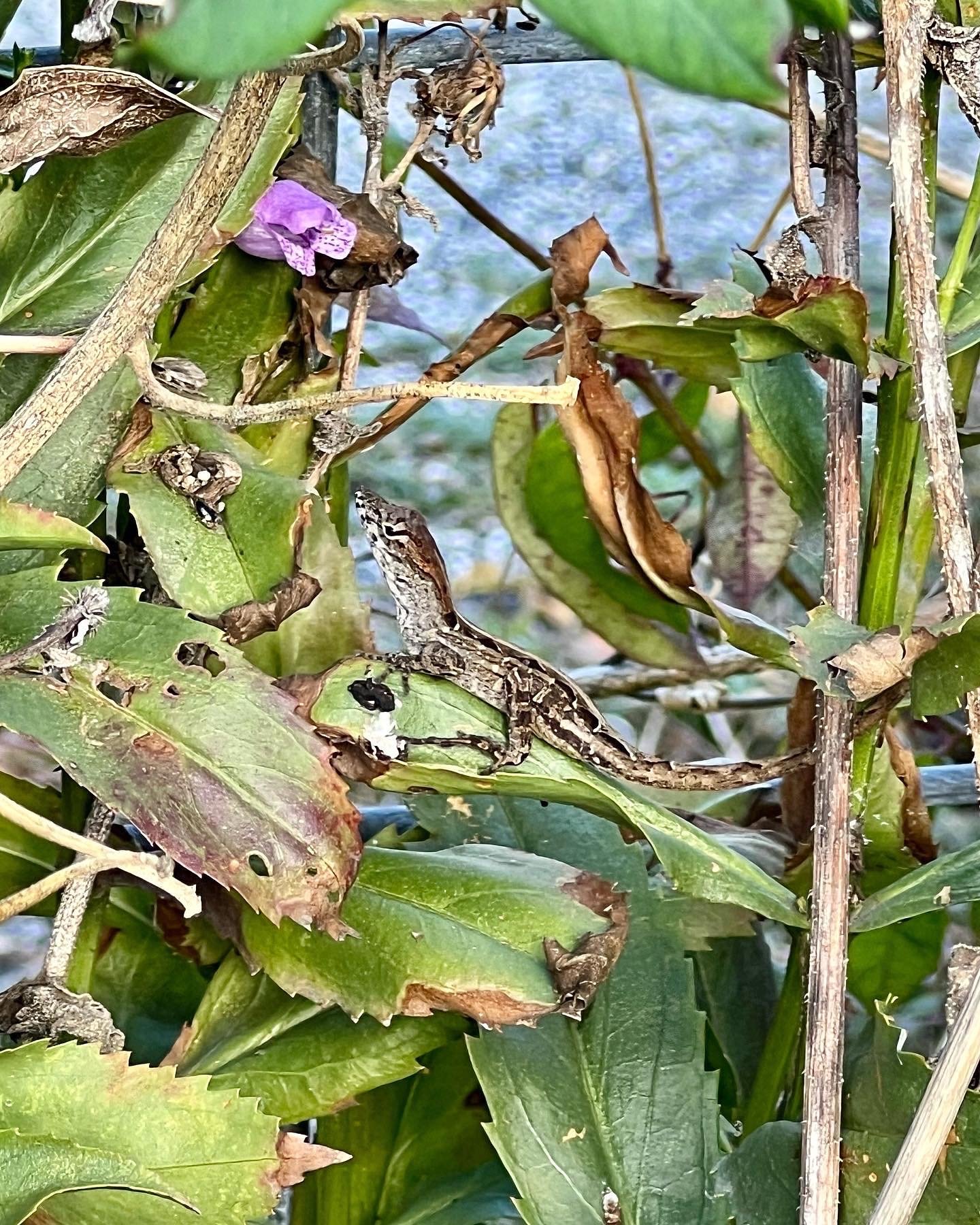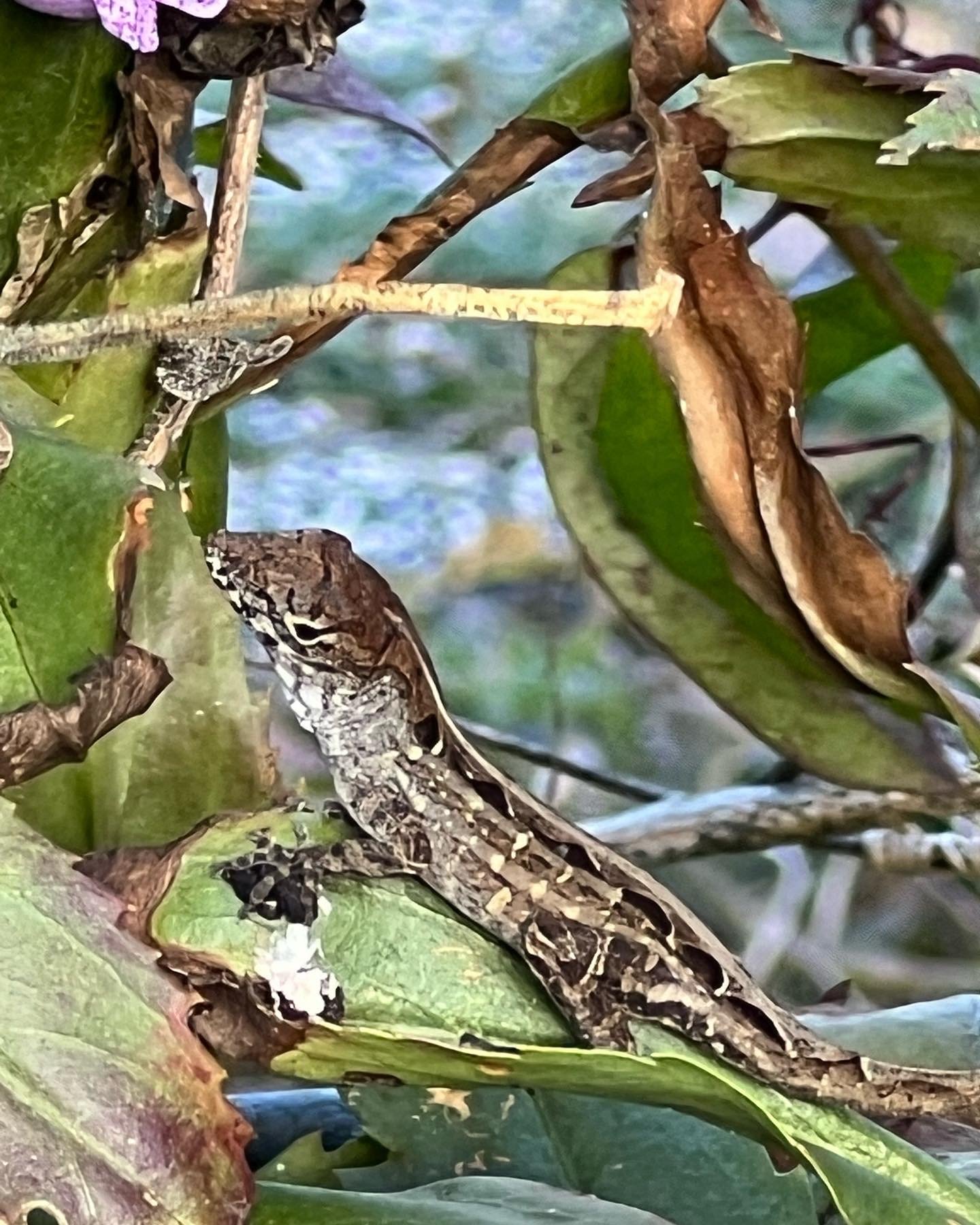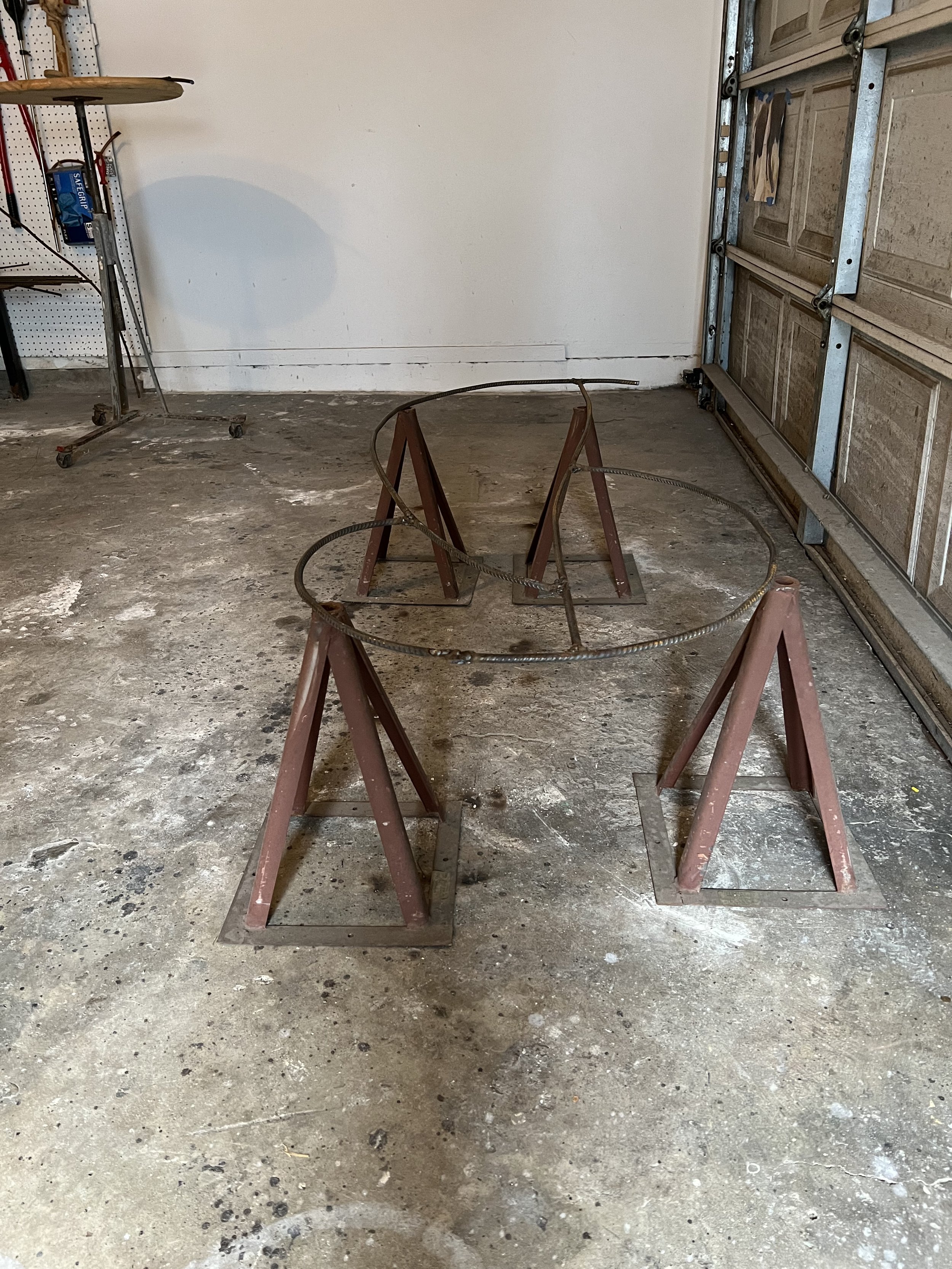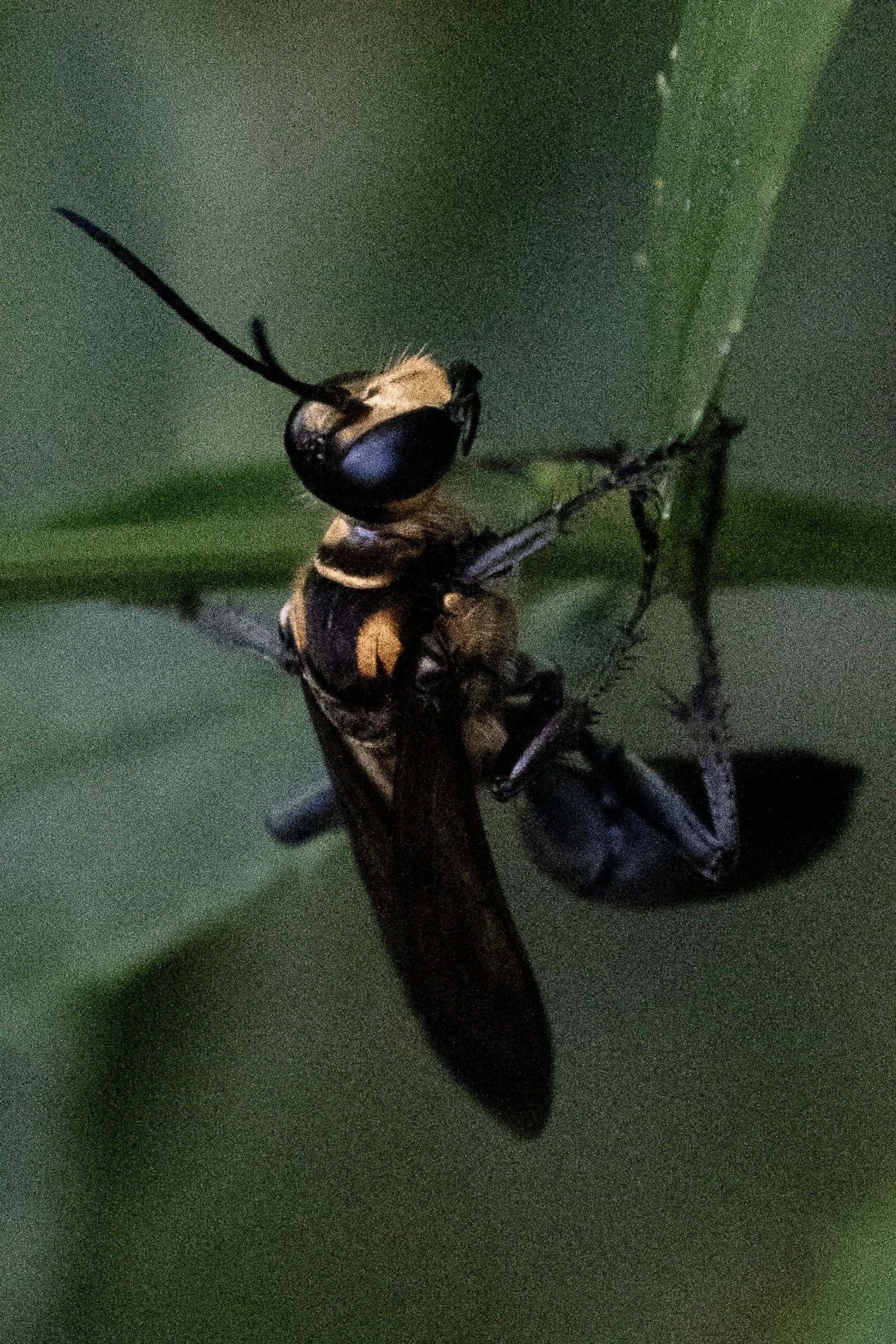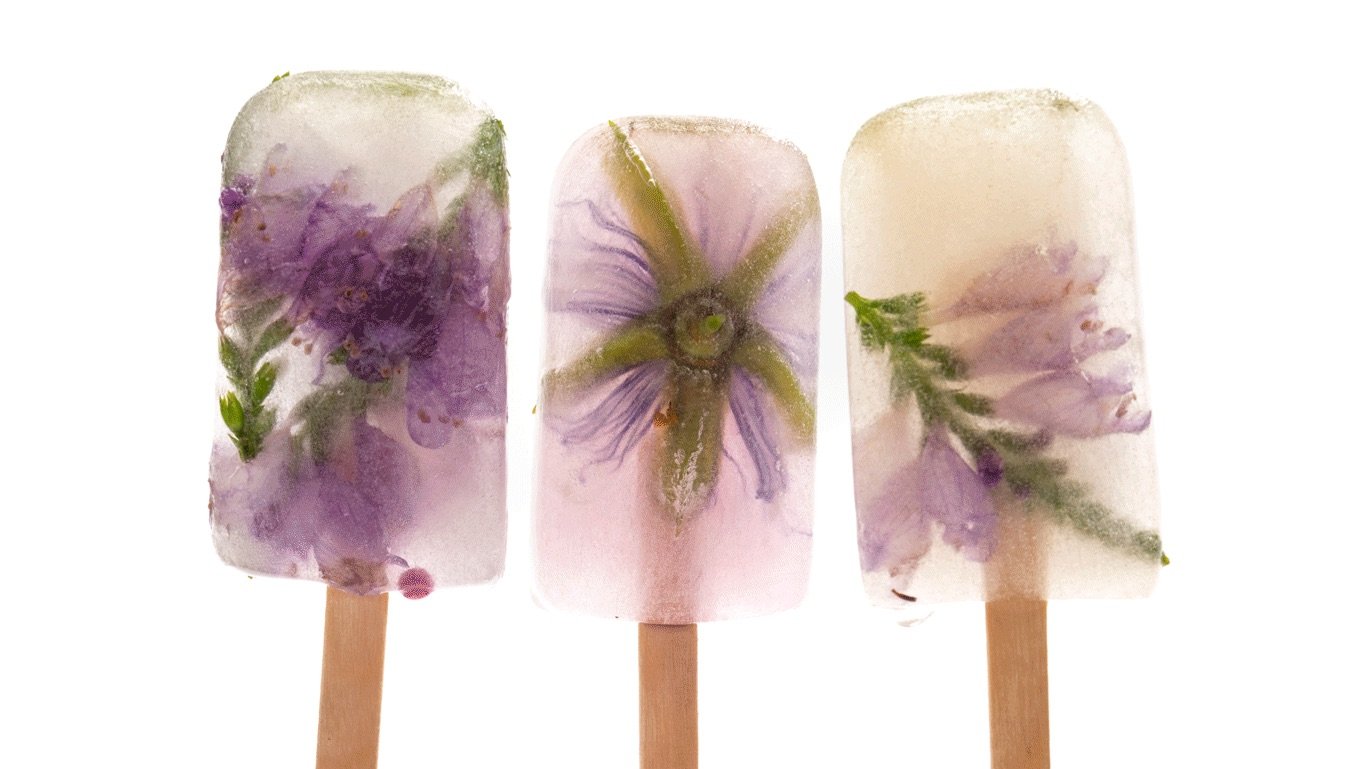"If you hit a wrong note, it's the next note that you play that determines if it's good or bad." — Miles Davis
In humanity's quest to harmonize natural processes with industrialization and tame the beast of extreme climate, I consider problem-solving approaches from my artistic practice and the artistic world.
As a master of improvisation Davis embraced musical mistakes as valuable chances for growth—an approach we can apply to all aspects of life. How we respond to so-called errors ultimately shapes the final outcome. Humans have the unique ability to transform something "wrong" into something "right."
How does this apply to our environmental issues? Consider that as a species homosapien is a young species. Having thumbs instead of hooves our brains have evolved to create, and invent, to problem solve to make us not mammalian beasts but human.
One of homosapien’s greatest inventions is industrialization. We are now clearly seeing and feeling the impact of industrialization on our ecosystems. The most important question humanity has to answer is — will industrialization be a “bad” note?
By adopting Miles’ mindset, we can discover new and innovative ways to address climate change and find harmony between nature and industry. As an eco-artist I consider problem solving perspectives that I use in my creative practice to visualize and transcend conventional thinking to create a better world.
I am engaged in an artist in residency program at Indiana University direct by the Arts and Humanities Department. The university recently launched an Environmental Resilience Institute, as well as a new A&H laboratory dedicated to Environmental Futures. They created a research platform to allow arts and humanities scholars at every level of education—to connect.
My first visit at IU was with Melanie Coooer Pennington. Melanie, creates mammalian sculptures to investigate the borders between the human/animal body and its psychological states. Melanie’s work provides an emotional visual to the power of thumbs by replacing them with hooves. Thumbs changed everything.
I saw Melanie’s Mountain Moving, thought provoking sculpture the day I started writing this post about Miles Davis and his creative process.
I believe through art and culture, we can move the industrial mountains facing humanity — our next note can create a masterpiece.


